Keenly Preesents
SANDER VAN DIJK
Sander van Dijk
Designer & Animator
Sander van Dijk
Designer & Animator
Sander van Dijk
Designer & Animator
Sander van Dijk
Designer & Animator
Sander van Dijk
Designer & Animator
New York
New York
New York
New York
New York
Summer (Kamera)
Damaris Becker (Schnitt)
Mila Haegele (Redaktion)
Summer (Kamera)
Damaris Becker (Schnitt)
Mila Haegele (Redaktion)
Summer (Kamera)
Damaris Becker (Schnitt)
Mila Haegele (Redaktion)
Summer (Kamera)
Damaris Becker (Schnitt)
Mila Haegele (Redaktion)
Summer (Kamera)
Damaris Becker (Schnitt)
Mila Haegele (Redaktion)
"As an artist, your own life is probably the most important thing that
you’ll ever design, before someone else comes in and designs it for you."
"As an artist, your own life is probably the most important thing that you’ll ever design, before someone else comes in and designs it for you."
"As an artist, your own life is probably the most important thing that you’ll ever design, before someone else comes in and designs it for you."
"As an artist, your own life is probably the most important thing that you’ll ever design, before someone else comes in and designs it for you."
"As an artist, your own life is probably the
most important thing that you’ll ever design, before someone else comes in
and designs it
for you."
Designer & Animator Sander van Dijk is convinced that profession should come from passion, because that approach makes sure that you feel fulfilled and stay inspired.
Designer & Animator Sander van Dijk is convinced that profession should come from passion, because that approach makes sure that you feel fulfilled and stay inspired.
Designer & Animator Sander van Dijk is convinced that profession should come from passion, because that approach makes sure that you feel fulfilled and stay inspired.
Designer & Animator Sander van Dijk is convinced that profession should come from passion, because that approach makes sure that you feel fulfilled and stay inspired.
Designer & Animator Sander van Dijk is convinced that profession should come from passion, because that approach makes sure that you feel fulfilled and stay inspired.
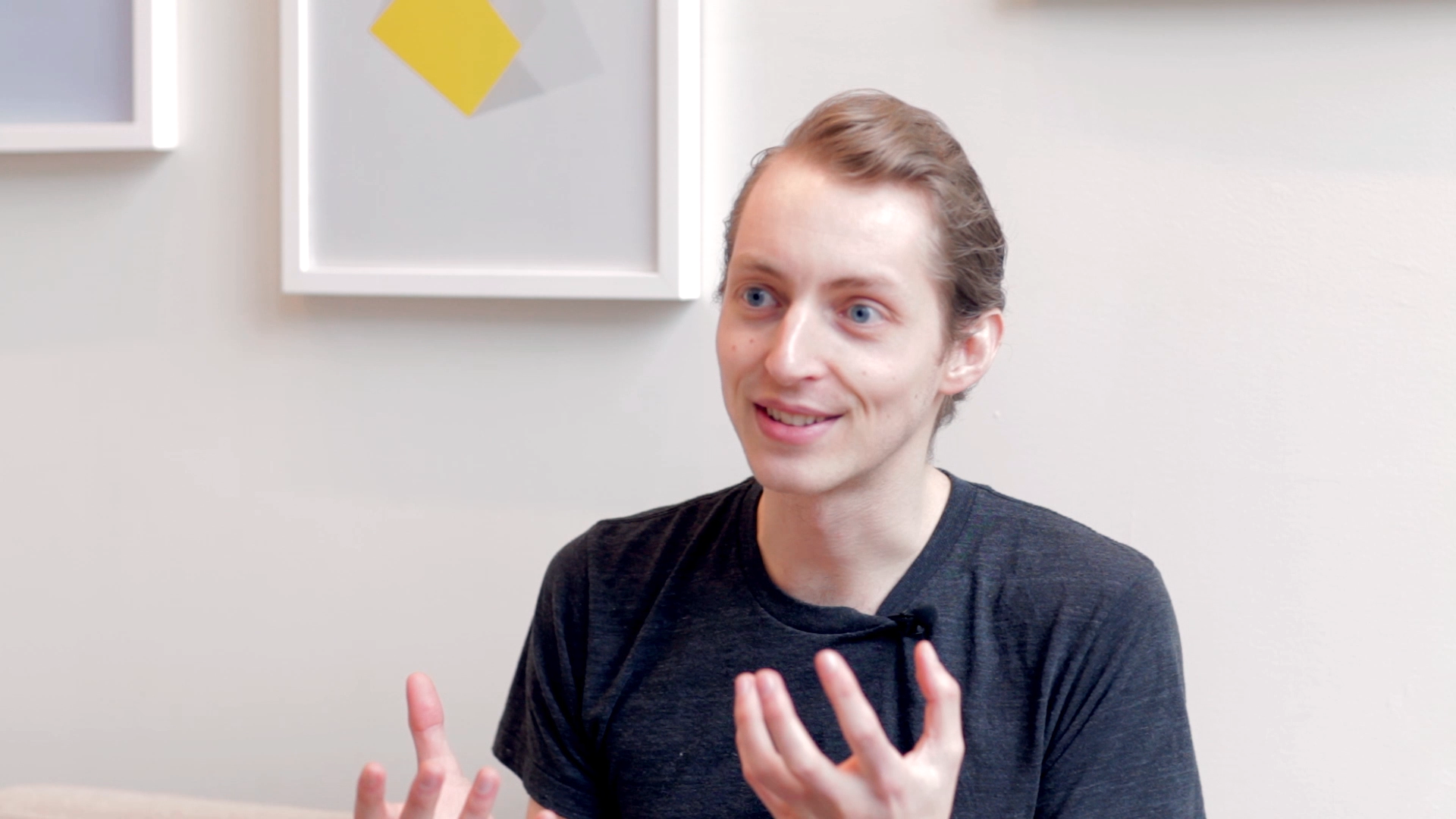
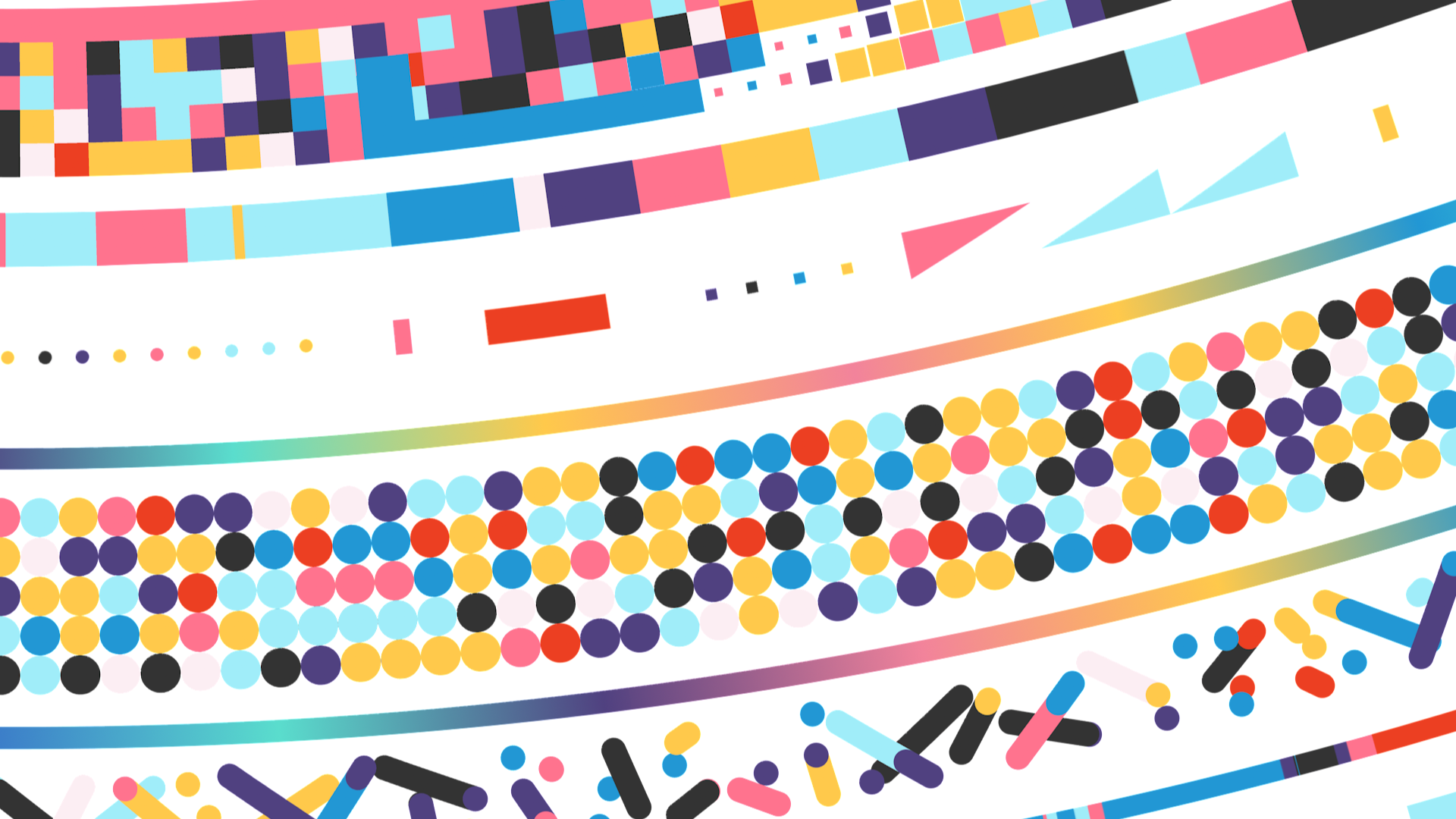
My Name is Sander van Dijk and I set ideas in motion. So whenever someone comes to me with a really good idea or a good concept, i wanna help them communicate it. Whatever visual language is appropriate. Most of the time that’s 2D-animation, because it can condense so much information in such a short amount of time.
Can you remember your first intense experience with film?
That would be realizing, that I could make static objects come to life using stop motion. And that I can tell stories with thing that I created digitally or physically.
What did you want to be when you grew up?
Well, I’m not sure. But I knew I wanted to do something creative, because I really liked to draw and build things with my hands.
When was it clear what you wanted to do professionally?
Well, it kind of just happened from one thing to another, because I really liked to draw and build things with my hands. So I went to school for carpentry and architecture. And animating graphics wasn’t really a big thing then. So but someday I would build some stuff and then I discovered I could make it move using stop motion. And that led me to looking more into camerawork and photography. And that eventually led me more into editing and then I wanted to do more with that footage. So I started to do more visual effects. And from visual effects that started to evolve into doing film titles. And from film titles I eventually ended up doing more motion graphics.
So I’ve had a little bit of a taste of all of these different arts. And now I can use those and also combine those to communicate concepts with. I never really focused on my profession. I always focused on my passion. And then from there looked at which of these things I can turn into my profession, if that makes sense. So most people think I’m a motion designer. But what I’m really passionate about is, communicating people’s ideas. And animation, film and motion graphics is a really good tool for that.
What was your most intense moment in your job so far?
That was the moment when I created Ouroboros, my first plugin for After Effects. This was a very intense moment in my life, because of the amount of work that was involved and doing new things. All while I was working a full time job at a company called BUCK. So what happens is, you’re working on these projects and there is all these new ideas and how to improve animation that can come out of this creative process.
Like efficiency is that I wanna them build into a plugin so I can use it in my workflow. And then I also find it very important to share that with the community, so that everyone else gets the chance to use these tools and to enhance their own workflows. And I’ve seen many other people do the same thing over the last few years. And that’s really how we all win. Cause we all get to communicate something more efficiently. So even so it was a very like intense moment, there’s a lot of good that can come from that. If you stick with creating it.
Your worst experience in your job so far?
Worst might be a bit of a strong word to use. But some of the most challenging moments is when we’re working on a project that is very boring or completely against my values. You know, but sometimes you have to pay the bills and you have to take on a project like that. So even if I have to work on a project like that, I always try to find something in the project that can motivate me or teach me something new.
So for example I remember working this job way back creating stadion-banners with animated type. And that takes usually two full days to animate. And that kind of job comes back every month. So every month you’ll know that you will have to spend two days on this animation. Instead of animating all this type by hand I figured out a way that I can use code to automate some of the work that I had to do. Know I could just go in and type in a sentence and it will animate everything into place automatically. So at least after that project I didn’t feel like my time was wasted. Instead I learned something new that I could use in other projects.
Where do you get your inspiration from?
Inspiration comes from many places. I think seeing other people being really good at what they do is very inspiring to me. Another thing that inspires me is just experiences in life. As an artist, your own life is probably the most important thing that you’ll ever design, before someone else comes in and designs it for you. So my environment and who I interact with on a daily basis directly influences the quality of my life and the experience I have and therefore also the inspiration that I get from life.
Some words to future animators?
There’s a couple things. First make sure that you work on projects that you really care about and that can give you energy. This is going to make sure that you feel fulfilled and that you’ll stay inspired. And when you put that work out onto the world you will attract more with that same work, that you really like doing. And people can also notice that someone who made that piece really had a lot of passion for it. Another thing would be. Like be very curious. Approach people that you wanna learn from and be helpful to them. And if you are you get to help them out and you gonna observe how they work. And that’s one of the best ways to learn.
And than the last thing: Get yourself in an environment that really challenges you. And surround yourself with people that really believe and support in what you wanna achieve in life. That’s very important.
New York, März 2017
My Name is Sander van Dijk and I set ideas in motion. So whenever someone comes to me with a really good idea or a good concept, i wanna help them communicate it. Whatever visual language is appropriate. Most of the time that’s 2D-animation, because it can condense so much information in such a short amount of time.
Can you remember your first intense experience with film?
That would be realizing, that I could make static objects come to life using stop motion. And that I can tell stories with thing that I created digitally or physically.
What did you want to be when you grew up?
Well, I’m not sure. But I knew I wanted to do something creative, because I really liked to draw and build things with my hands.
When was it clear what you wanted to do professionally?
Well, it kind of just happened from one thing to another, because I really liked to draw and build things with my hands. So I went to school for carpentry and architecture. And animating graphics wasn’t really a big thing then. So but someday I would build some stuff and then I discovered I could make it move using stop motion. And that led me to looking more into camerawork and photography. And that eventually led me more into editing and then I wanted to do more with that footage. So I started to do more visual effects. And from visual effects that started to evolve into doing film titles. And from film titles I eventually ended up doing more motion graphics.
So I’ve had a little bit of a taste of all of these different arts. And now I can use those and also combine those to communicate concepts with. I never really focused on my profession. I always focused on my passion. And then from there looked at which of these things I can turn into my profession, if that makes sense. So most people think I’m a motion designer. But what I’m really passionate about is, communicating people’s ideas. And animation, film and motion graphics is a really good tool for that.
What was your most intense moment in your job so far?
That was the moment when I created Ouroboros, my first plugin for After Effects. This was a very intense moment in my life, because of the amount of work that was involved and doing new things. All while I was working a full time job at a company called BUCK. So what happens is, you’re working on these projects and there is all these new ideas and how to improve animation that can come out of this creative process.
Like efficiency is that I wanna them build into a plugin so I can use it in my workflow. And then I also find it very important to share that with the community, so that everyone else gets the chance to use these tools and to enhance their own workflows. And I’ve seen many other people do the same thing over the last few years. And that’s really how we all win. Cause we all get to communicate something more efficiently. So even so it was a very like intense moment, there’s a lot of good that can come from that. If you stick with creating it.
Your worst experience in your job so far?
Worst might be a bit of a strong word to use. But some of the most challenging moments is when we’re working on a project that is very boring or completely against my values. You know, but sometimes you have to pay the bills and you have to take on a project like that. So even if I have to work on a project like that, I always try to find something in the project that can motivate me or teach me something new.
So for example I remember working this job way back creating stadion-banners with animated type. And that takes usually two full days to animate. And that kind of job comes back every month. So every month you’ll know that you will have to spend two days on this animation. Instead of animating all this type by hand I figured out a way that I can use code to automate some of the work that I had to do. Know I could just go in and type in a sentence and it will animate everything into place automatically. So at least after that project I didn’t feel like my time was wasted. Instead I learned something new that I could use in other projects.
Where do you get your inspiration from?
Inspiration comes from many places. I think seeing other people being really good at what they do is very inspiring to me. Another thing that inspires me is just experiences in life. As an artist, your own life is probably the most important thing that you’ll ever design, before someone else comes in and designs it for you. So my environment and who I interact with on a daily basis directly influences the quality of my life and the experience I have and therefore also the inspiration that I get from life.
Some words to future animators?
There’s a couple things. First make sure that you work on projects that you really care about and that can give you energy. This is going to make sure that you feel fulfilled and that you’ll stay inspired. And when you put that work out onto the world you will attract more with that same work, that you really like doing. And people can also notice that someone who made that piece really had a lot of passion for it. Another thing would be. Like be very curious. Approach people that you wanna learn from and be helpful to them. And if you are you get to help them out and you gonna observe how they work. And that’s one of the best ways to learn.
And than the last thing: Get yourself in an environment that really challenges you. And surround yourself with people that really believe and support in what you wanna achieve in life. That’s very important.
New York, März 2017
My Name is Sander van Dijk and I set ideas in motion. So whenever someone comes to me with a really good idea or a good concept, i wanna help them communicate it. Whatever visual language is appropriate. Most of the time that’s 2D-animation, because it can condense so much information in such a short amount of time.
Can you remember your first intense experience with film?
That would be realizing, that I could make static objects come to life using stop motion. And that I can tell stories with thing that I created digitally or physically.
What did you want to be when you grew up?
Well, I’m not sure. But I knew I wanted to do something creative, because I really liked to draw and build things with my hands.
When was it clear what you wanted to do professionally?
Well, it kind of just happened from one thing to another, because I really liked to draw and build things with my hands. So I went to school for carpentry and architecture. And animating graphics wasn’t really a big thing then. So but someday I would build some stuff and then I discovered I could make it move using stop motion. And that led me to looking more into camerawork and photography. And that eventually led me more into editing and then I wanted to do more with that footage. So I started to do more visual effects. And from visual effects that started to evolve into doing film titles. And from film titles I eventually ended up doing more motion graphics.
So I’ve had a little bit of a taste of all of these different arts. And now I can use those and also combine those to communicate concepts with. I never really focused on my profession. I always focused on my passion. And then from there looked at which of these things I can turn into my profession, if that makes sense. So most people think I’m a motion designer. But what I’m really passionate about is, communicating people’s ideas. And animation, film and motion graphics is a really good tool for that.
What was your most intense moment in your job so far?
That was the moment when I created Ouroboros, my first plugin for After Effects. This was a very intense moment in my life, because of the amount of work that was involved and doing new things. All while I was working a full time job at a company called BUCK. So what happens is, you’re working on these projects and there is all these new ideas and how to improve animation that can come out of this creative process.
Like efficiency is that I wanna them build into a plugin so I can use it in my workflow. And then I also find it very important to share that with the community, so that everyone else gets the chance to use these tools and to enhance their own workflows. And I’ve seen many other people do the same thing over the last few years. And that’s really how we all win. Cause we all get to communicate something more efficiently. So even so it was a very like intense moment, there’s a lot of good that can come from that. If you stick with creating it.
Your worst experience in your job so far?
Worst might be a bit of a strong word to use. But some of the most challenging moments is when we’re working on a project that is very boring or completely against my values. You know, but sometimes you have to pay the bills and you have to take on a project like that. So even if I have to work on a project like that, I always try to find something in the project that can motivate me or teach me something new.
So for example I remember working this job way back creating stadion-banners with animated type. And that takes usually two full days to animate. And that kind of job comes back every month. So every month you’ll know that you will have to spend two days on this animation. Instead of animating all this type by hand I figured out a way that I can use code to automate some of the work that I had to do. Know I could just go in and type in a sentence and it will animate everything into place automatically. So at least after that project I didn’t feel like my time was wasted. Instead I learned something new that I could use in other projects.
Where do you get your inspiration from?
Inspiration comes from many places. I think seeing other people being really good at what they do is very inspiring to me. Another thing that inspires me is just experiences in life. As an artist, your own life is probably the most important thing that you’ll ever design, before someone else comes in and designs it for you. So my environment and who I interact with on a daily basis directly influences the quality of my life and the experience I have and therefore also the inspiration that I get from life.
Some words to future animators?
There’s a couple things. First make sure that you work on projects that you really care about and that can give you energy. This is going to make sure that you feel fulfilled and that you’ll stay inspired. And when you put that work out onto the world you will attract more with that same work, that you really like doing. And people can also notice that someone who made that piece really had a lot of passion for it. Another thing would be. Like be very curious. Approach people that you wanna learn from and be helpful to them. And if you are you get to help them out and you gonna observe how they work. And that’s one of the best ways to learn.
And than the last thing: Get yourself in an environment that really challenges you. And surround yourself with people that really believe and support in what you wanna achieve in life. That’s very important.
New York, März 2017
My Name is Sander van Dijk and I set ideas in motion. So whenever someone comes to me with a really good idea or a good concept, i wanna help them communicate it. Whatever visual language is appropriate. Most of the time that’s 2D-animation, because it can condense so much information in such a short amount of time.
Can you remember your first intense experience with film?
That would be realizing, that I could make static objects come to life using stop motion. And that I can tell stories with thing that I created digitally or physically.
What did you want to be when you grew up?
Well, I’m not sure. But I knew I wanted to do something creative, because I really liked to draw and build things with my hands.
When was it clear what you wanted to do professionally?
Well, it kind of just happened from one thing to another, because I really liked to draw and build things with my hands. So I went to school for carpentry and architecture. And animating graphics wasn’t really a big thing then. So but someday I would build some stuff and then I discovered I could make it move using stop motion. And that led me to looking more into camerawork and photography. And that eventually led me more into editing and then I wanted to do more with that footage. So I started to do more visual effects. And from visual effects that started to evolve into doing film titles. And from film titles I eventually ended up doing more motion graphics.
So I’ve had a little bit of a taste of all of these different arts. And now I can use those and also combine those to communicate concepts with. I never really focused on my profession. I always focused on my passion. And then from there looked at which of these things I can turn into my profession, if that makes sense. So most people think I’m a motion designer. But what I’m really passionate about is, communicating people’s ideas. And animation, film and motion graphics is a really good tool for that.
What was your most intense moment in your job so far?
That was the moment when I created Ouroboros, my first plugin for After Effects. This was a very intense moment in my life, because of the amount of work that was involved and doing new things. All while I was working a full time job at a company called BUCK. So what happens is, you’re working on these projects and there is all these new ideas and how to improve animation that can come out of this creative process.
Like efficiency is that I wanna them build into a plugin so I can use it in my workflow. And then I also find it very important to share that with the community, so that everyone else gets the chance to use these tools and to enhance their own workflows. And I’ve seen many other people do the same thing over the last few years. And that’s really how we all win. Cause we all get to communicate something more efficiently. So even so it was a very like intense moment, there’s a lot of good that can come from that. If you stick with creating it.
Your worst experience in your job so far?
Worst might be a bit of a strong word to use. But some of the most challenging moments is when we’re working on a project that is very boring or completely against my values. You know, but sometimes you have to pay the bills and you have to take on a project like that. So even if I have to work on a project like that, I always try to find something in the project that can motivate me or teach me something new.
So for example I remember working this job way back creating stadion-banners with animated type. And that takes usually two full days to animate. And that kind of job comes back every month. So every month you’ll know that you will have to spend two days on this animation. Instead of animating all this type by hand I figured out a way that I can use code to automate some of the work that I had to do. Know I could just go in and type in a sentence and it will animate everything into place automatically. So at least after that project I didn’t feel like my time was wasted. Instead I learned something new that I could use in other projects.
Where do you get your inspiration from?
Inspiration comes from many places. I think seeing other people being really good at what they do is very inspiring to me. Another thing that inspires me is just experiences in life. As an artist, your own life is probably the most important thing that you’ll ever design, before someone else comes in and designs it for you. So my environment and who I interact with on a daily basis directly influences the quality of my life and the experience I have and therefore also the inspiration that I get from life.
Some words to future animators?
There’s a couple things. First make sure that you work on projects that you really care about and that can give you energy. This is going to make sure that you feel fulfilled and that you’ll stay inspired. And when you put that work out onto the world you will attract more with that same work, that you really like doing. And people can also notice that someone who made that piece really had a lot of passion for it. Another thing would be. Like be very curious. Approach people that you wanna learn from and be helpful to them. And if you are you get to help them out and you gonna observe how they work. And that’s one of the best ways to learn.
And than the last thing: Get yourself in an environment that really challenges you. And surround yourself with people that really believe and support in what you wanna achieve in life. That’s very important.
New York, März 2017
My Name is Sander van Dijk and I set ideas in motion. So whenever someone comes to me with a really good idea or a good concept, i wanna help them communicate it. Whatever visual language is appropriate. Most of the time that’s 2D-animation, because it can condense so much information in such a short amount of time.
Can you remember your first intense experience with film?
That would be realizing, that I could make static objects come to life using stop motion. And that I can tell stories with thing that I created digitally or physically.
What did you want to be when you grew up?
Well, I’m not sure. But I knew I wanted to do something creative, because I really liked to draw and build things with my hands.
When was it clear what you wanted to do professionally?
Well, it kind of just happened from one thing to another, because I really liked to draw and build things with my hands. So I went to school for carpentry and architecture. And animating graphics wasn’t really a big thing then. So but someday I would build some stuff and then I discovered I could make it move using stop motion. And that led me to looking more into camerawork and photography. And that eventually led me more into editing and then I wanted to do more with that footage. So I started to do more visual effects. And from visual effects that started to evolve into doing film titles. And from film titles I eventually ended up doing more motion graphics.
So I’ve had a little bit of a taste of all of these different arts. And now I can use those and also combine those to communicate concepts with. I never really focused on my profession. I always focused on my passion. And then from there looked at which of these things I can turn into my profession, if that makes sense. So most people think I’m a motion designer. But what I’m really passionate about is, communicating people’s ideas. And animation, film and motion graphics is a really good tool for that.
What was your most intense moment in your job so far?
That was the moment when I created Ouroboros, my first plugin for After Effects. This was a very intense moment in my life, because of the amount of work that was involved and doing new things. All while I was working a full time job at a company called BUCK. So what happens is, you’re working on these projects and there is all these new ideas and how to improve animation that can come out of this creative process.
Like efficiency is that I wanna them build into a plugin so I can use it in my workflow. And then I also find it very important to share that with the community, so that everyone else gets the chance to use these tools and to enhance their own workflows. And I’ve seen many other people do the same thing over the last few years. And that’s really how we all win. Cause we all get to communicate something more efficiently. So even so it was a very like intense moment, there’s a lot of good that can come from that. If you stick with creating it.
Your worst experience in your job so far?
Worst might be a bit of a strong word to use. But some of the most challenging moments is when we’re working on a project that is very boring or completely against my values. You know, but sometimes you have to pay the bills and you have to take on a project like that. So even if I have to work on a project like that, I always try to find something in the project that can motivate me or teach me something new.
So for example I remember working this job way back creating stadion-banners with animated type. And that takes usually two full days to animate. And that kind of job comes back every month. So every month you’ll know that you will have to spend two days on this animation. Instead of animating all this type by hand I figured out a way that I can use code to automate some of the work that I had to do. Know I could just go in and type in a sentence and it will animate everything into place automatically. So at least after that project I didn’t feel like my time was wasted. Instead I learned something new that I could use in other projects.
Where do you get your inspiration from?
Inspiration comes from many places. I think seeing other people being really good at what they do is very inspiring to me. Another thing that inspires me is just experiences in life. As an artist, your own life is probably the most important thing that you’ll ever design, before someone else comes in and designs it for you. So my environment and who I interact with on a daily basis directly influences the quality of my life and the experience I have and therefore also the inspiration that I get from life.
Some words to future animators?
There’s a couple things. First make sure that you work on projects that you really care about and that can give you energy. This is going to make sure that you feel fulfilled and that you’ll stay inspired. And when you put that work out onto the world you will attract more with that same work, that you really like doing. And people can also notice that someone who made that piece really had a lot of passion for it. Another thing would be. Like be very curious. Approach people that you wanna learn from and be helpful to them. And if you are you get to help them out and you gonna observe how they work. And that’s one of the best ways to learn.
And than the last thing: Get yourself in an environment that really challenges you. And surround yourself with people that really believe and support in what you wanna achieve in life. That’s very important.
New York, März 2017
weitere Inspirationen
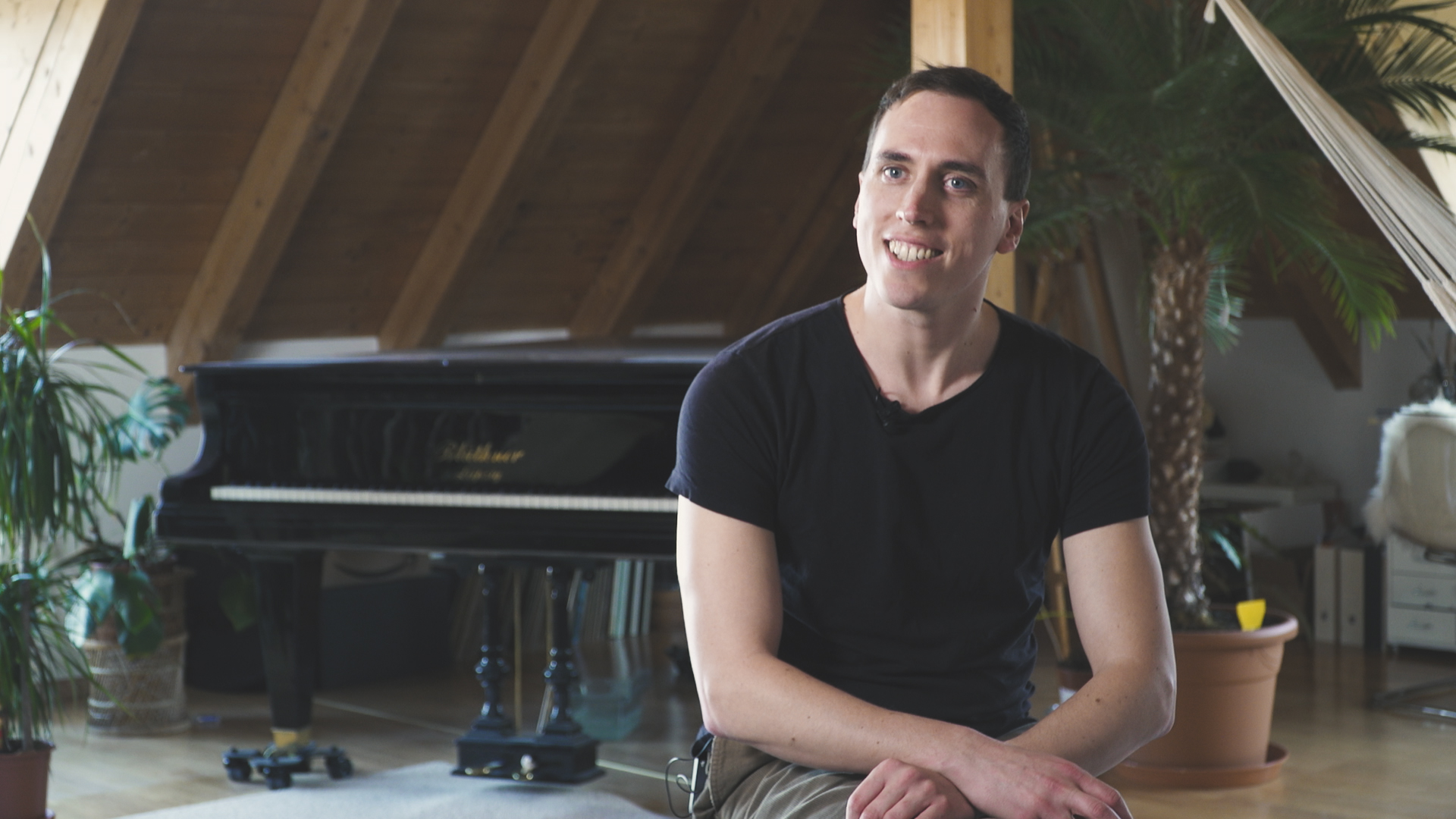
Martin KohlstedtMusician
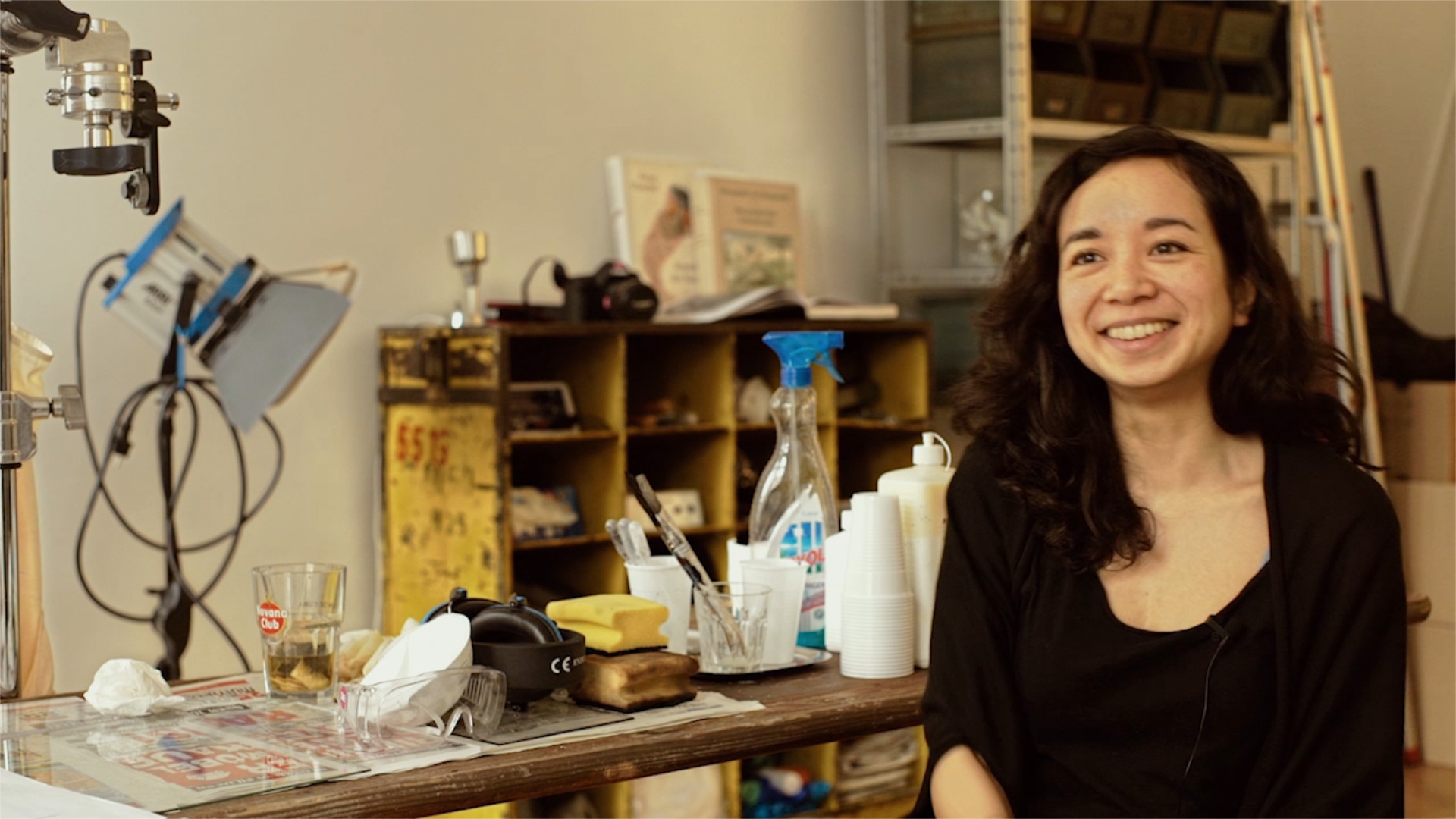
Susi SieFilmemacherin
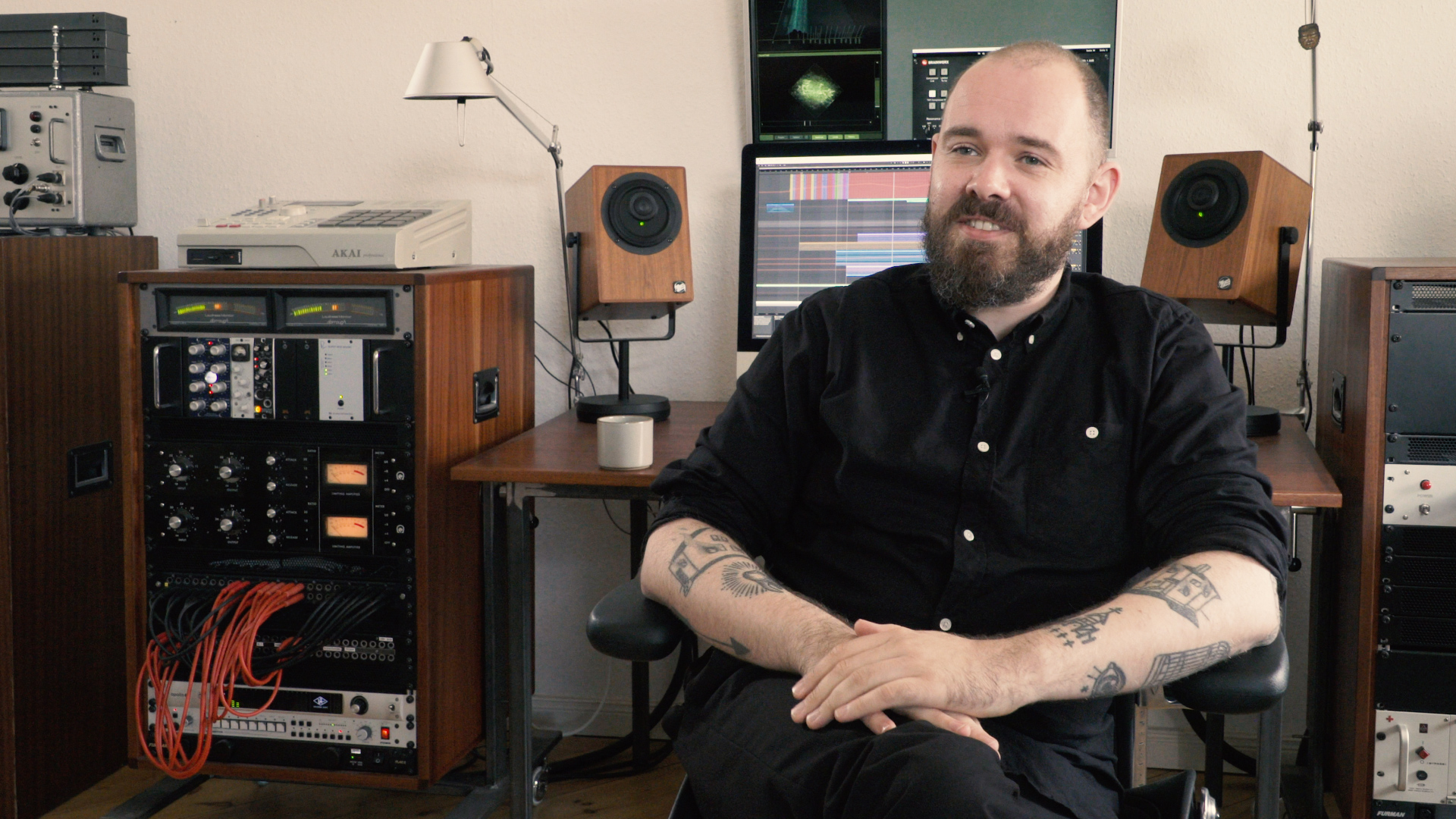
Ben Lukas BoysenMusician
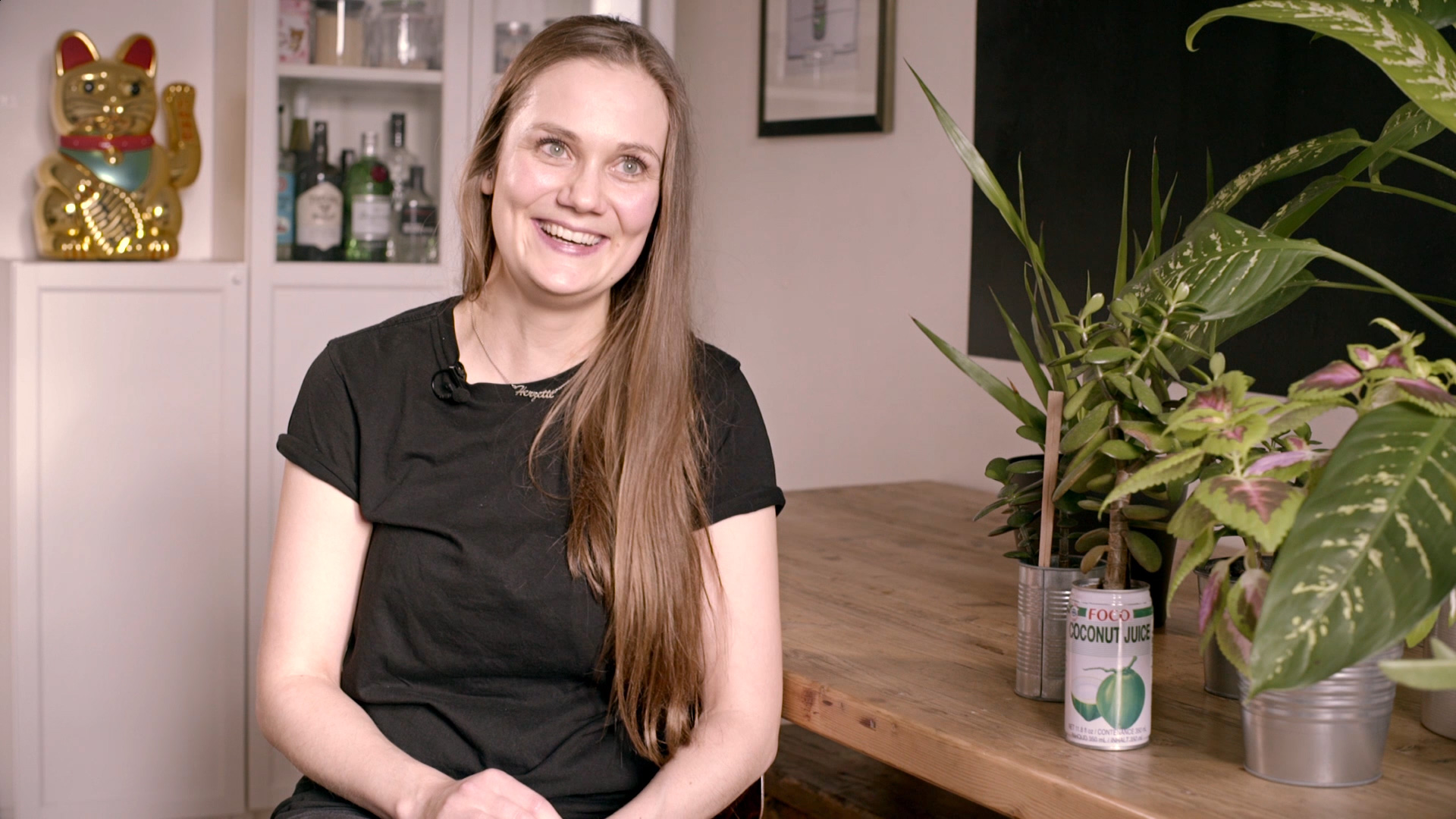
Henriette RietzVisual Storytellerin & Designerin
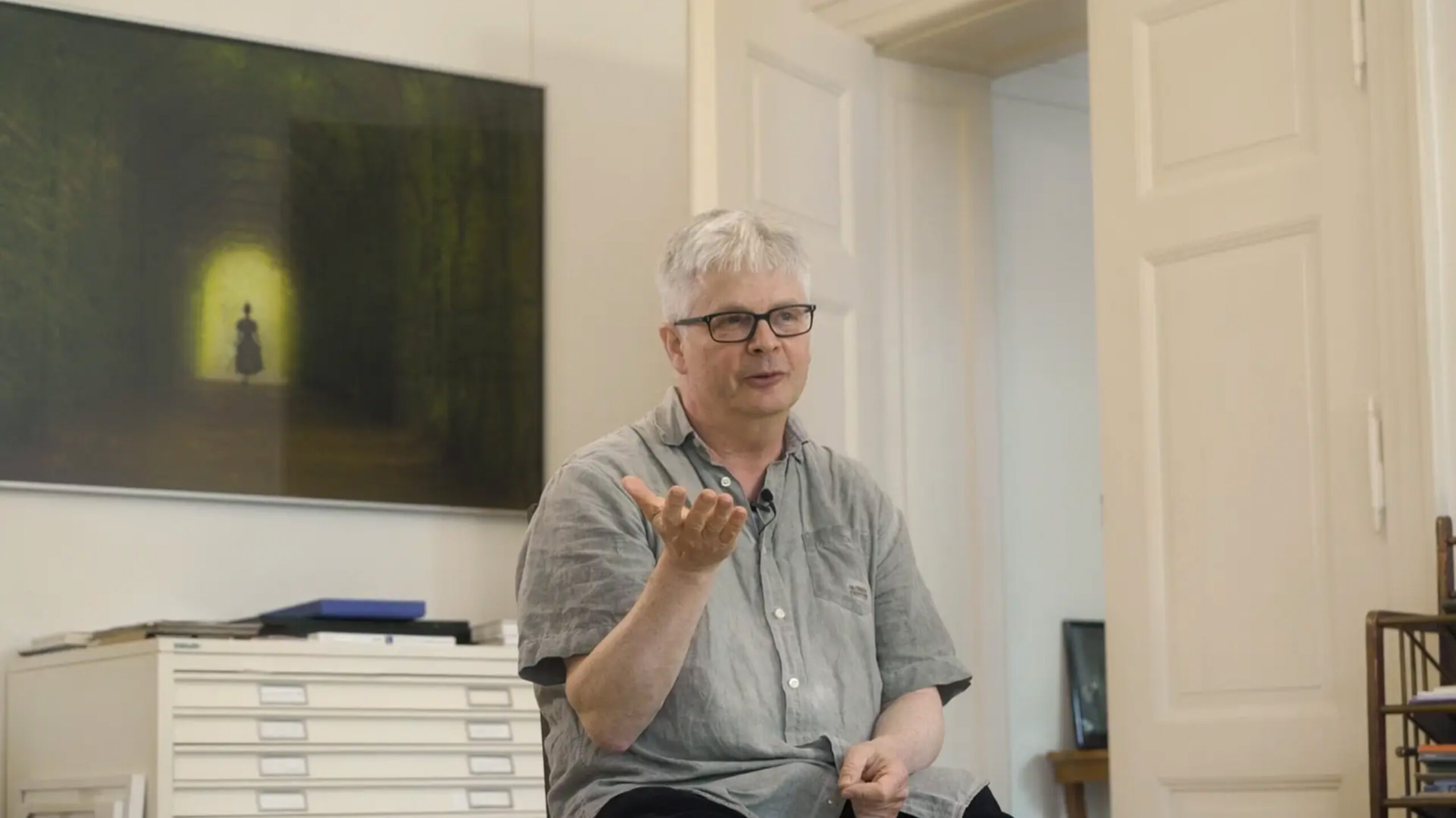
Prof. Matthias LeupoldFotograf
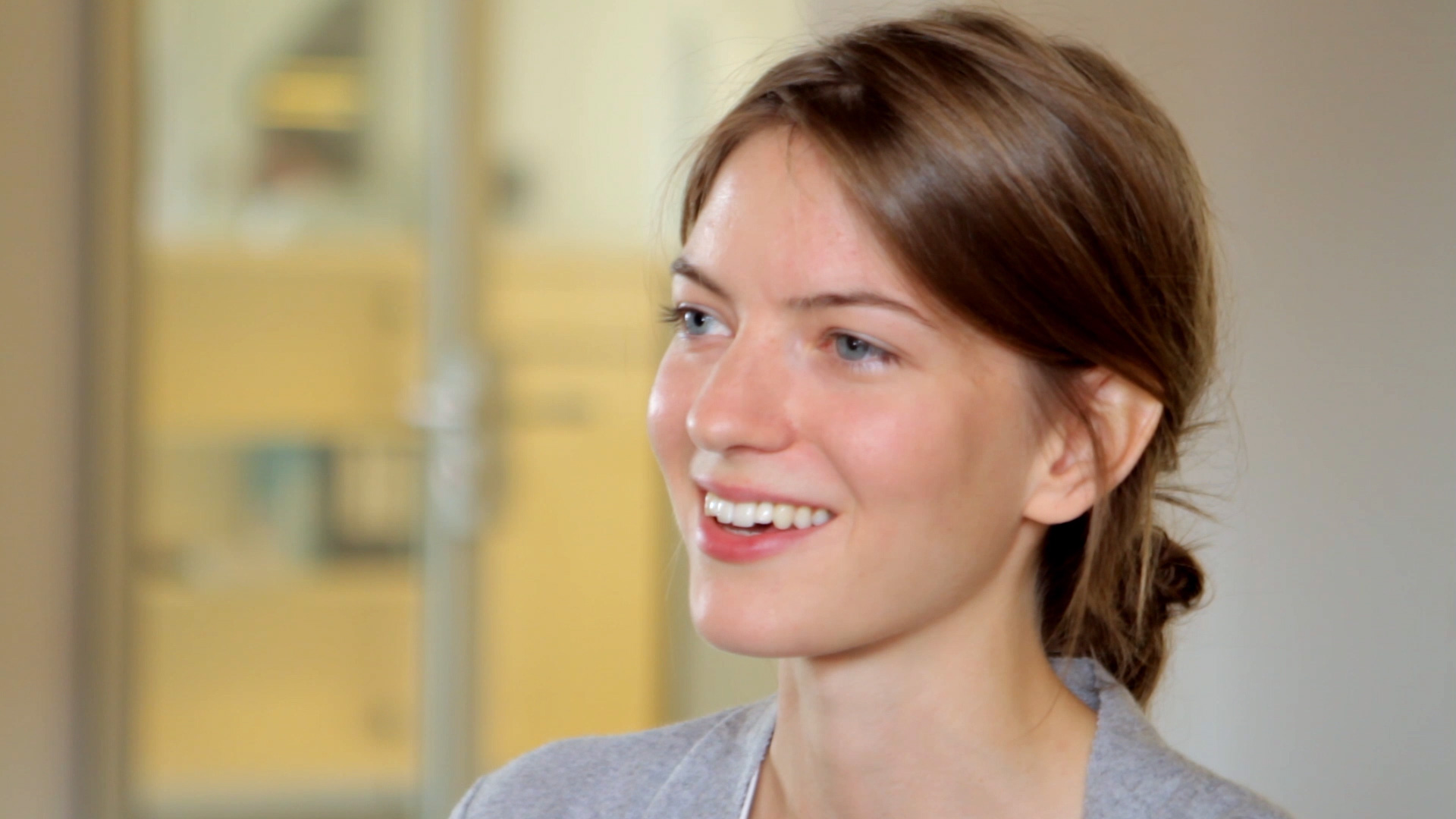
Maria GrejcIllustratorin
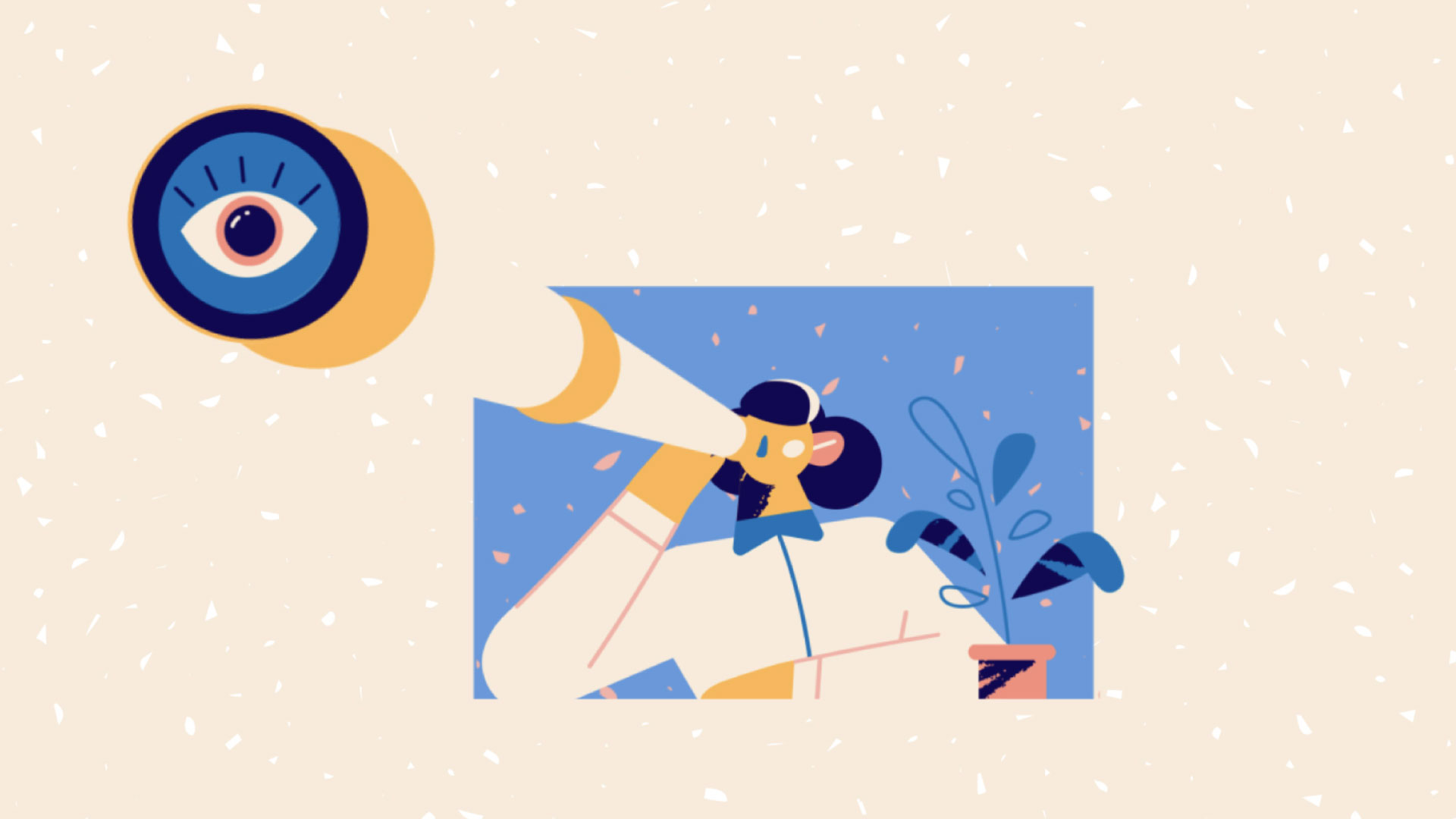
Dinos & TeacupsIllustration & Animation Studio
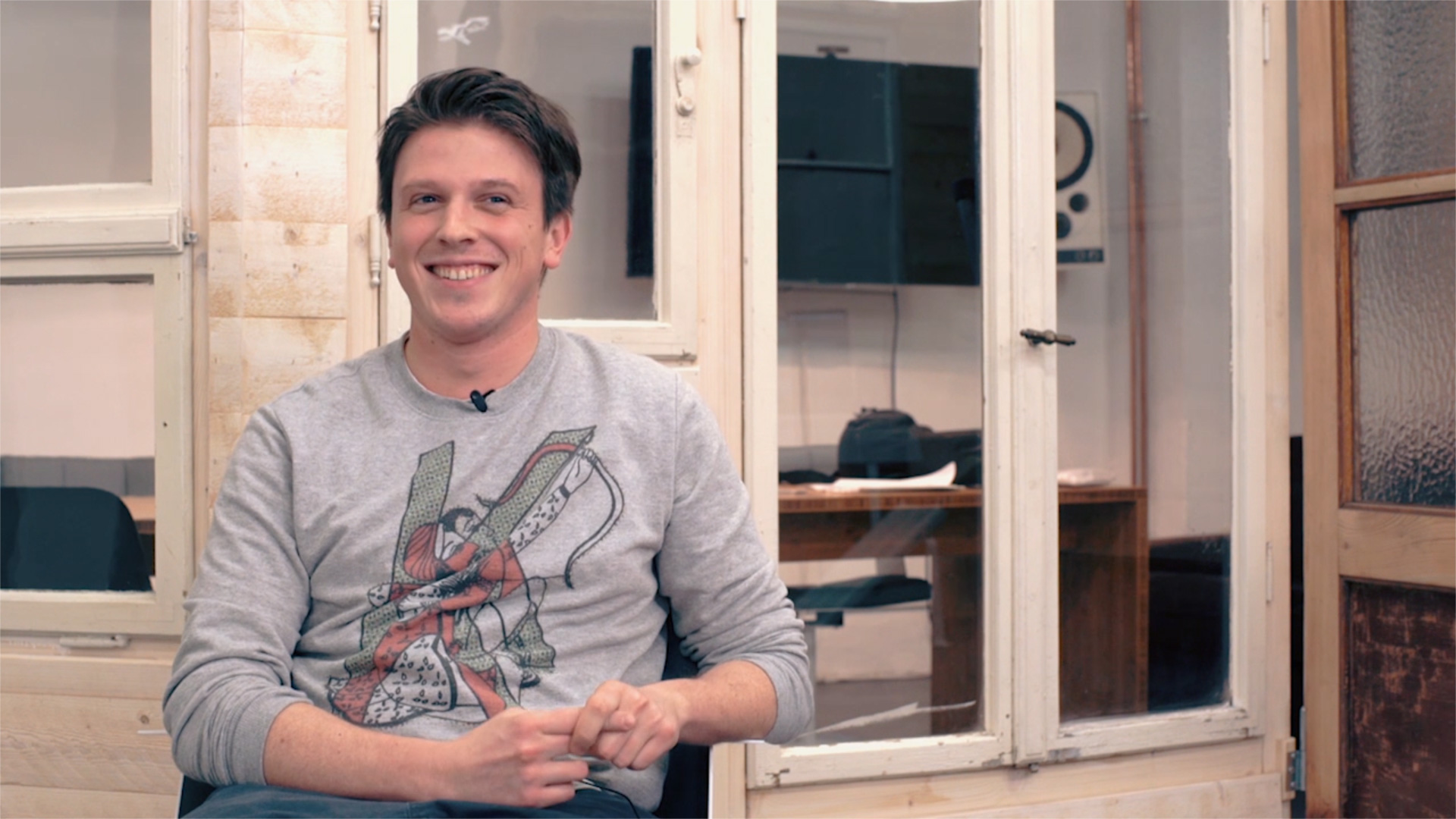
Sebastian von GumpertHead of Production
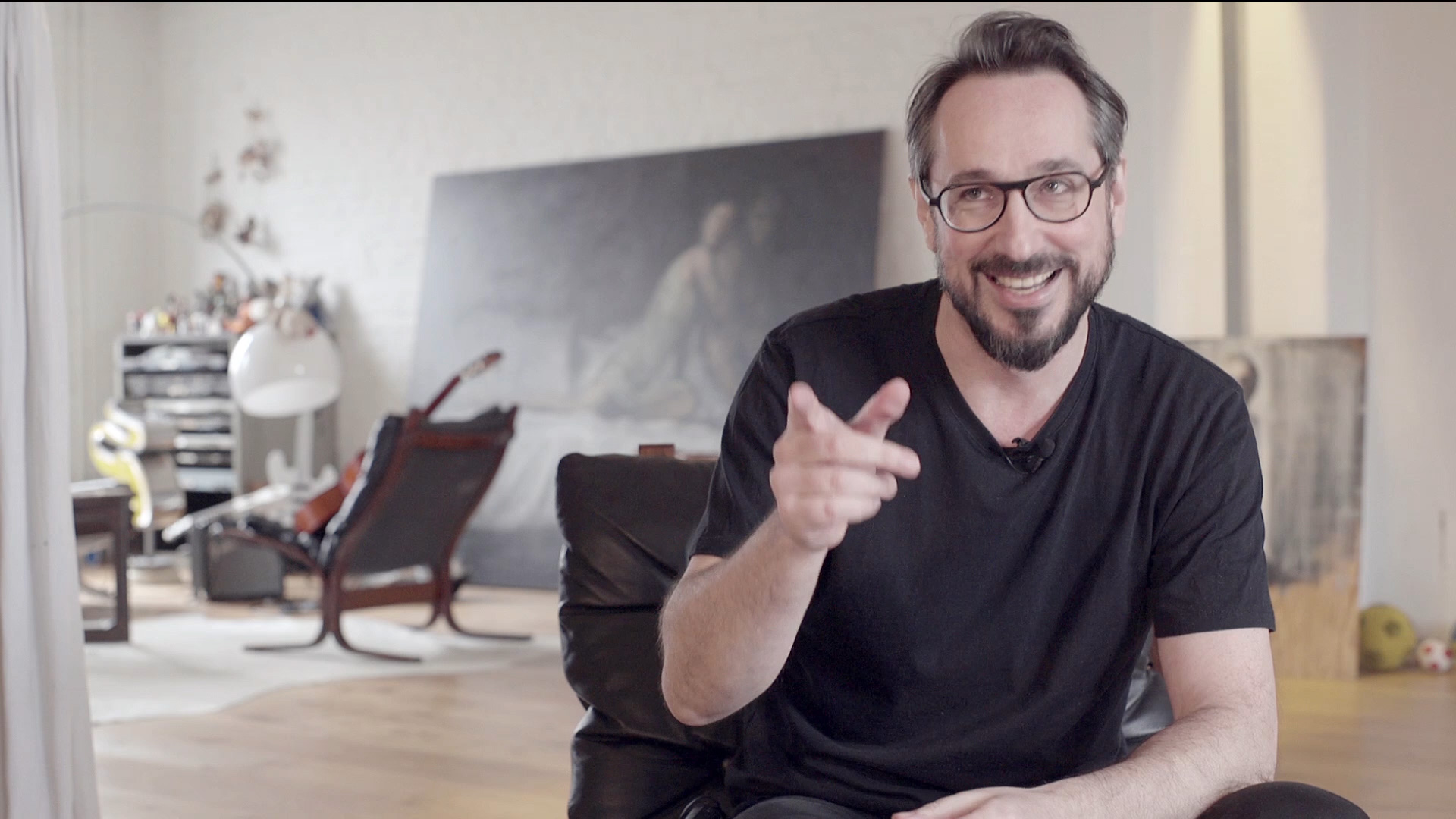
Fons HickmannGestalter & Autor
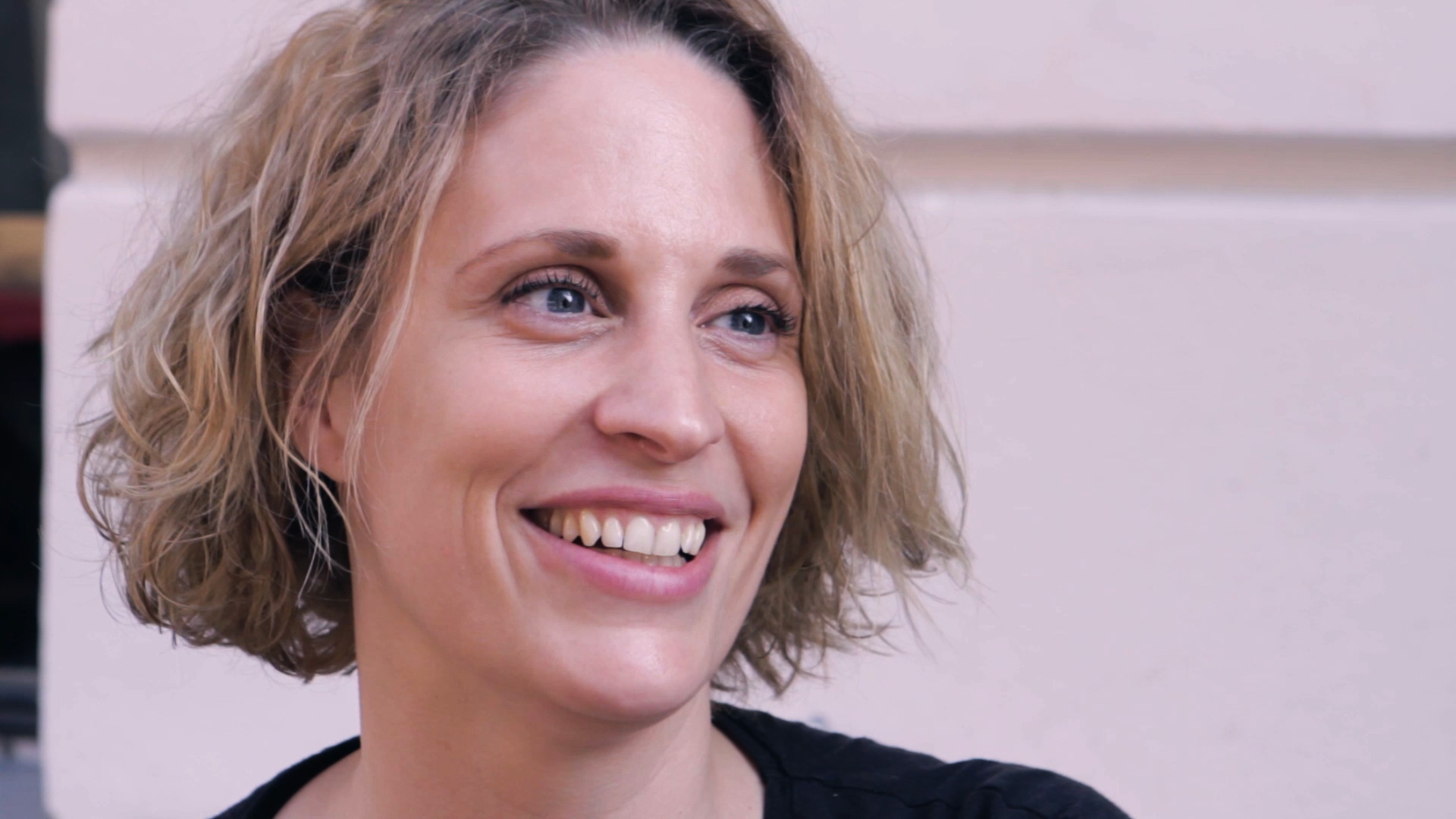
Pia DjukicFilmemacherin
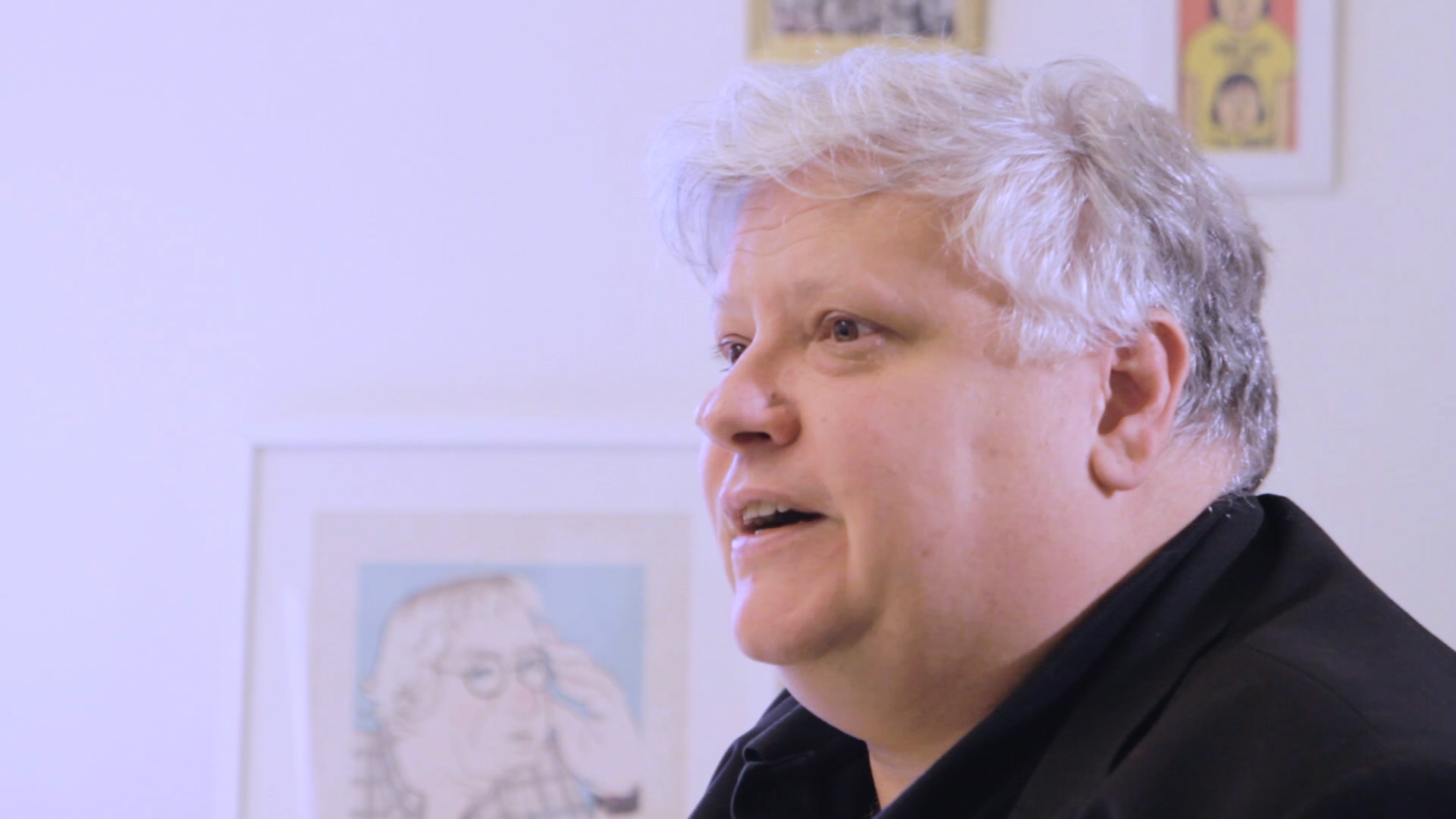
Zoran BihacFilmemacher
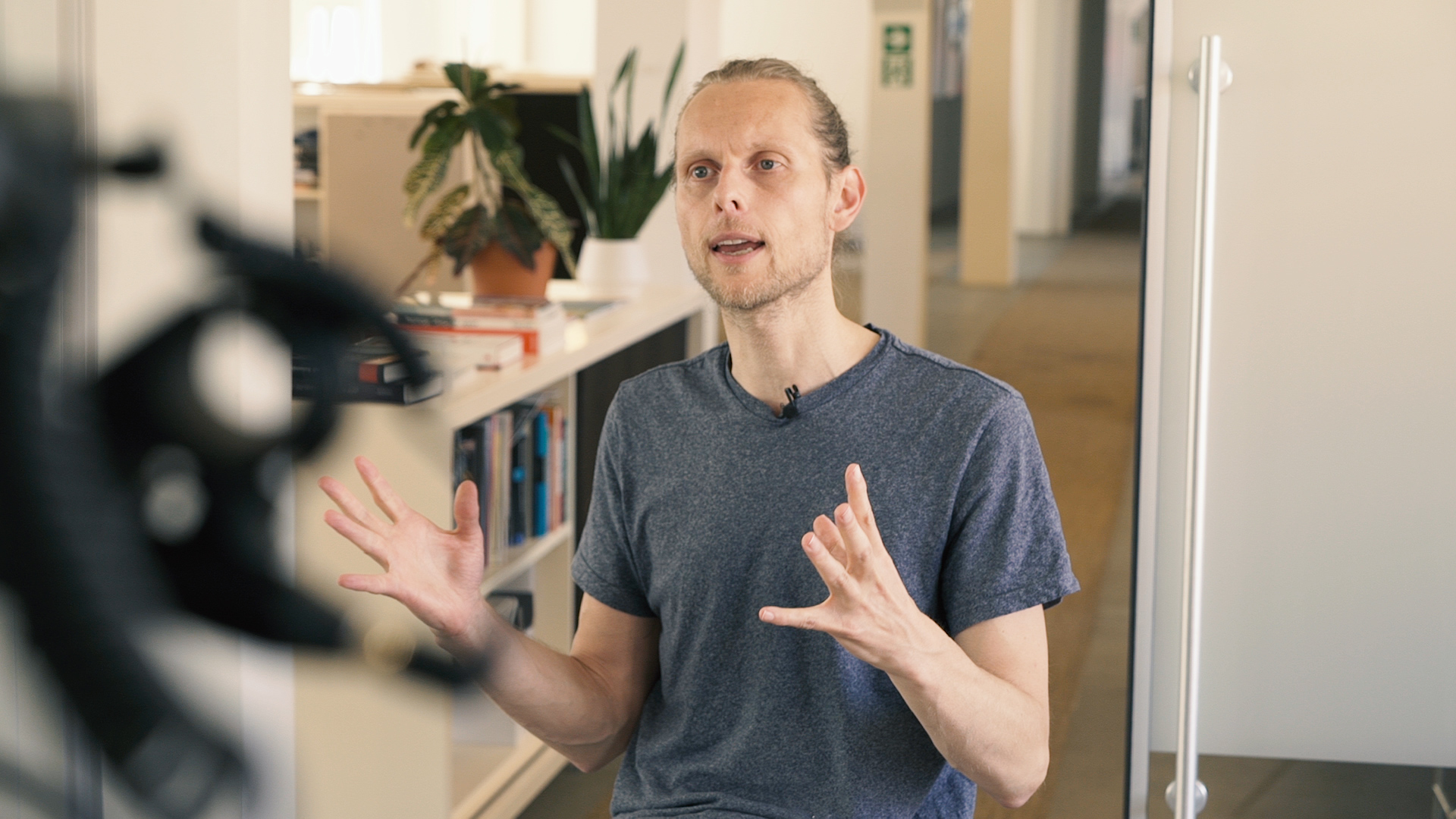
Christen BachAnimator
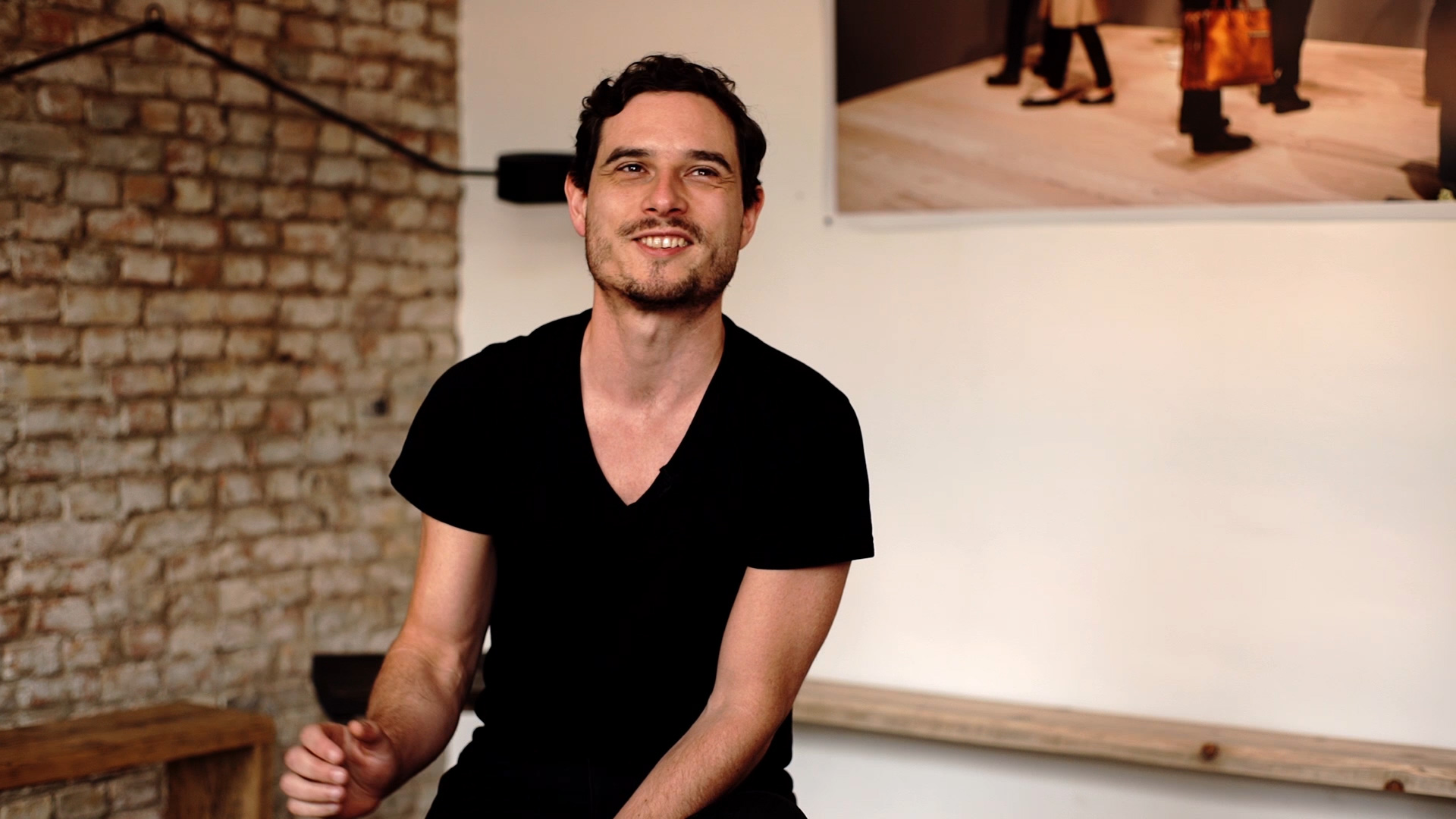
Jens BlankDirector & Designer
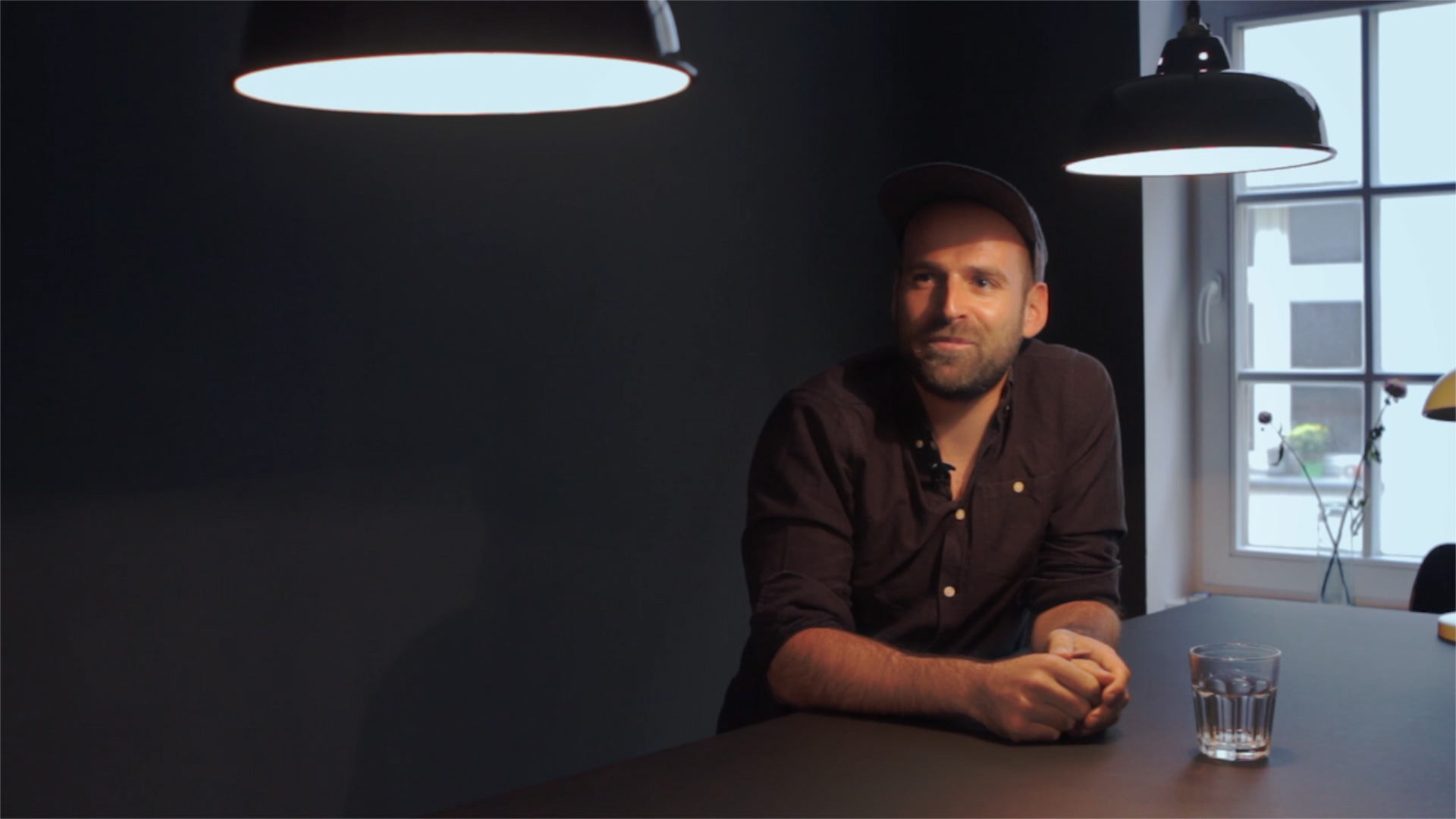
Thorsten Konradfreier Director & Creative Director

JR CanestAnimator & Creative Director
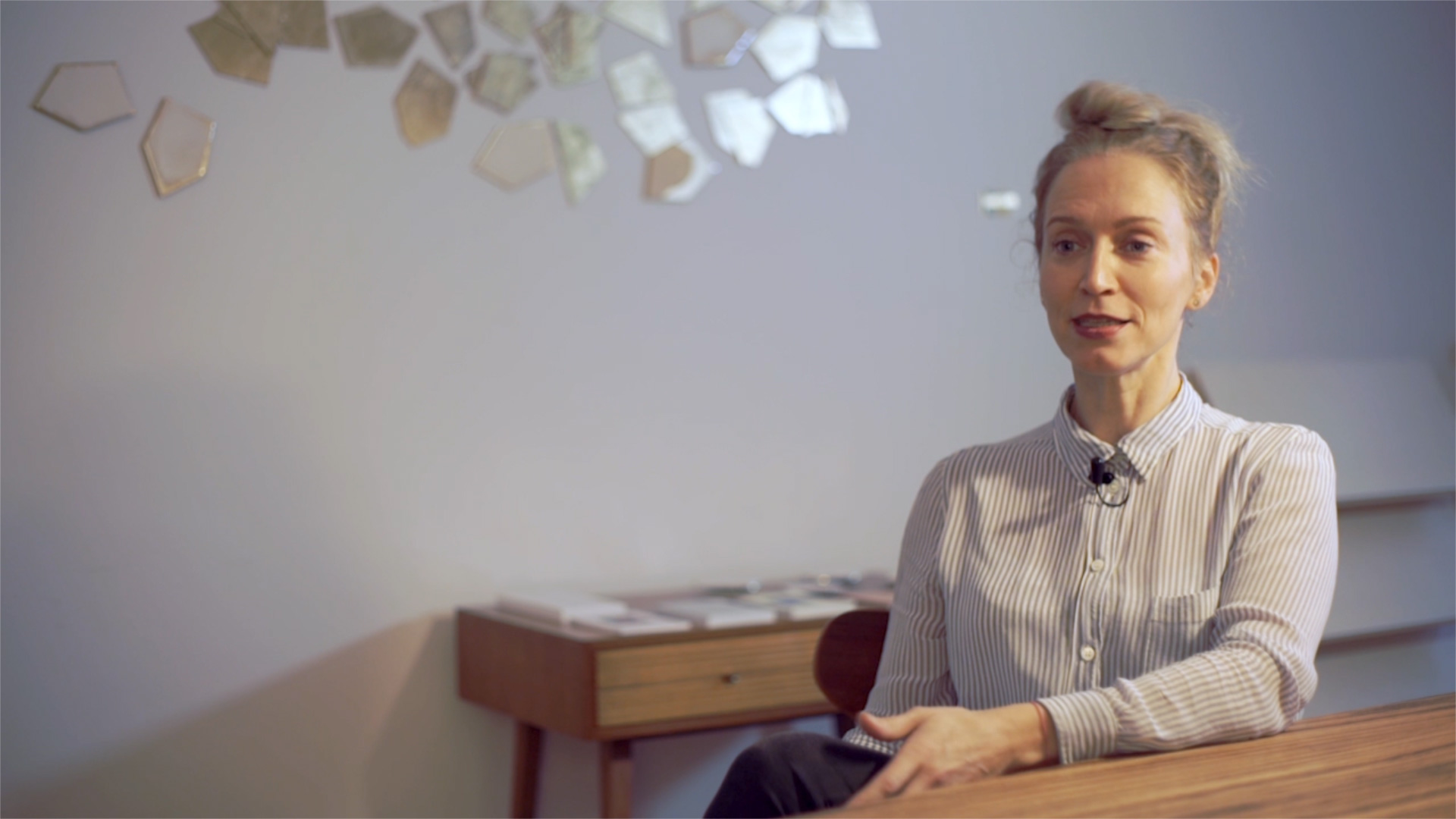
Prof. Sonja UmstätterFilmemacherin
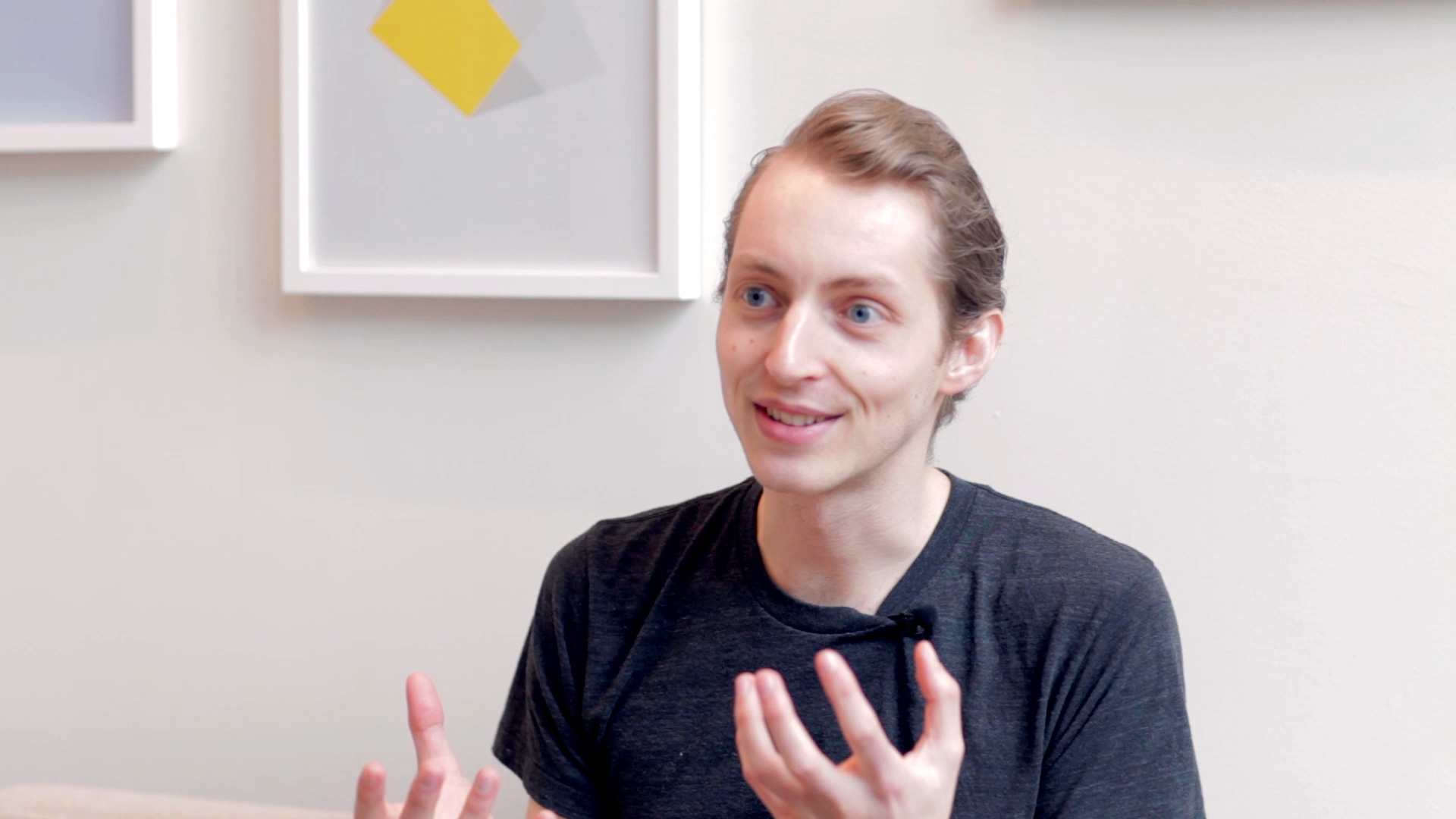
Sander van DijkDesigner & Animator
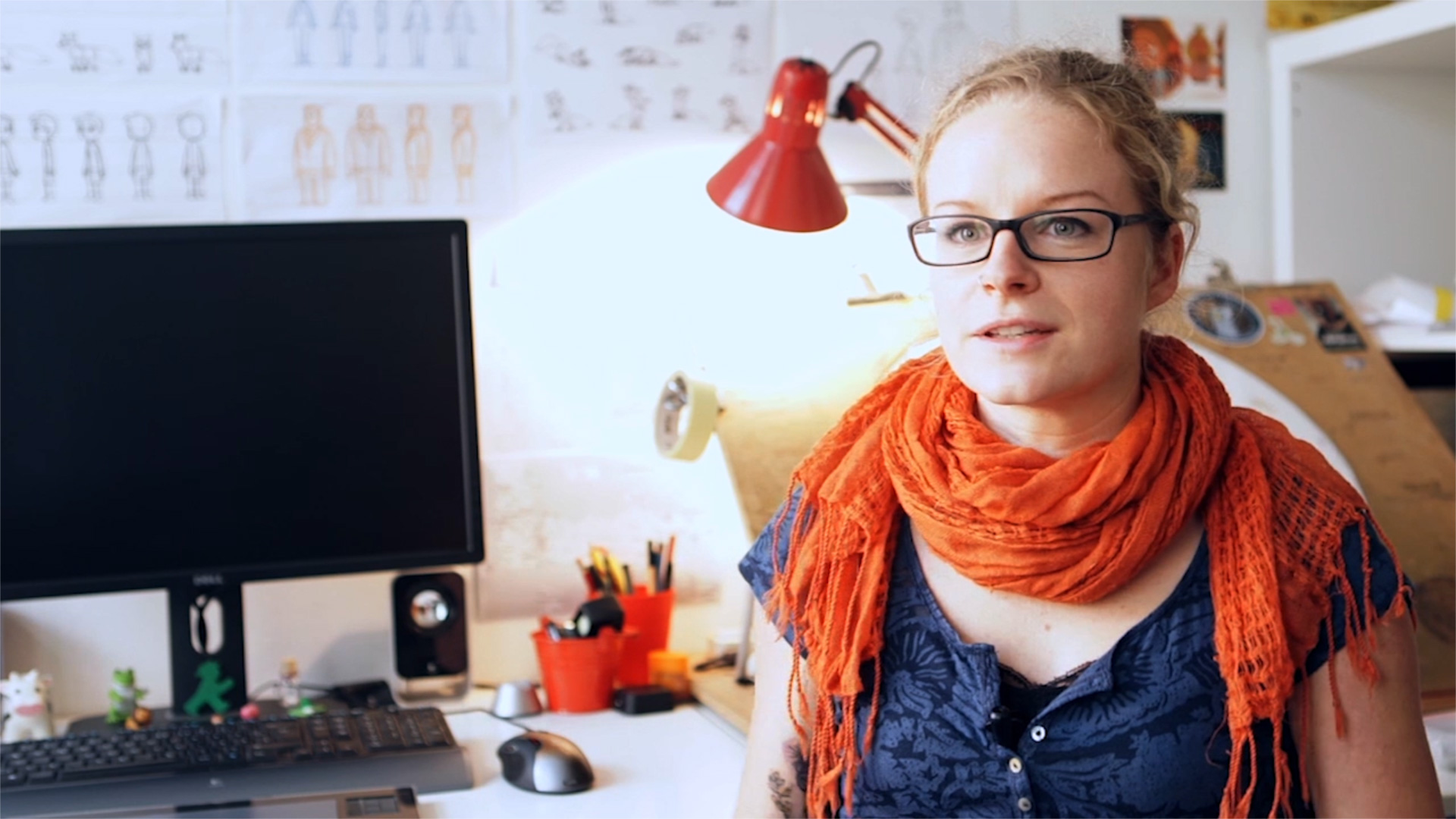
Pauline KortmannDirectorin & Animatorin
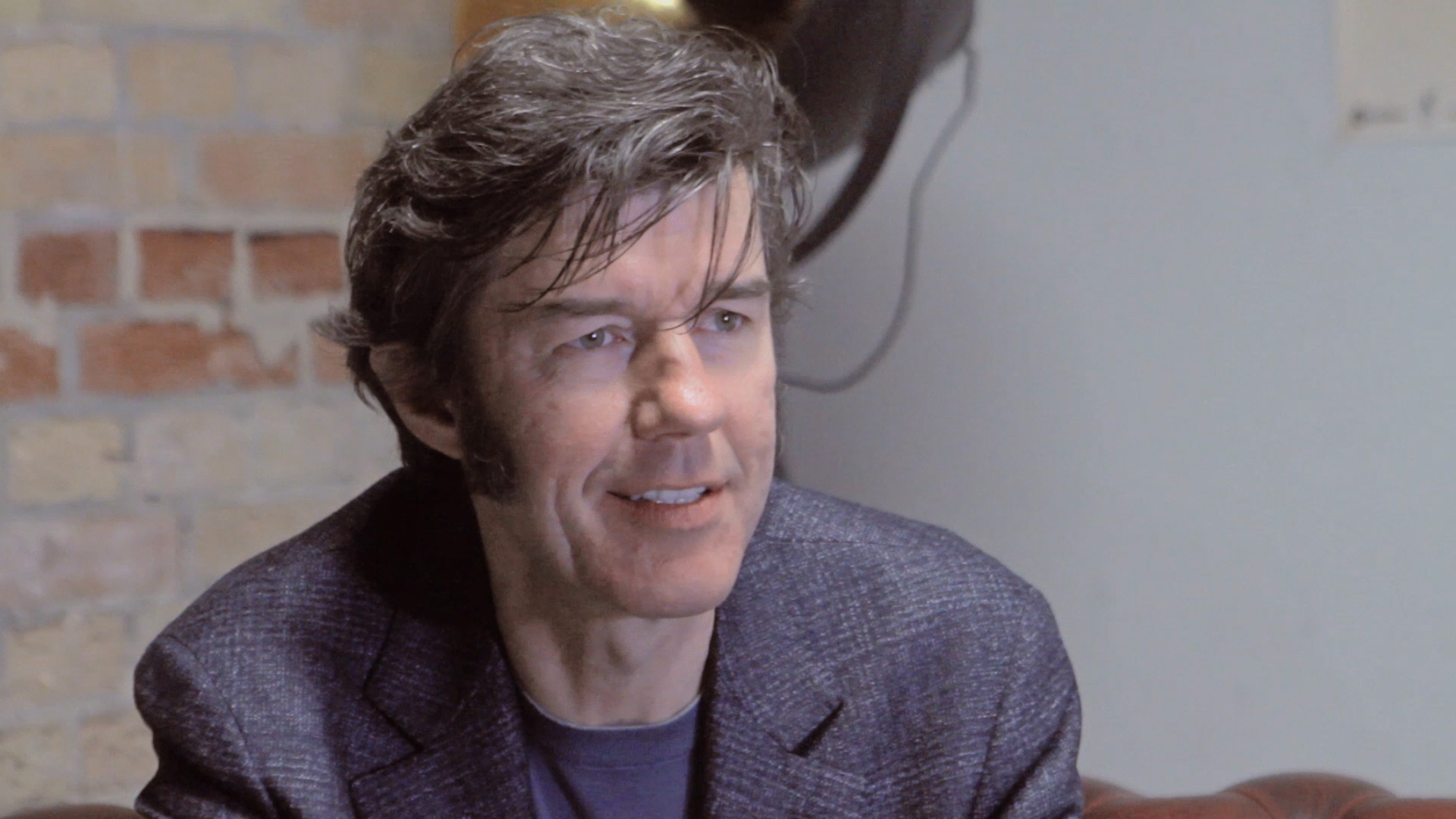
Stefan SagmeisterDesigner
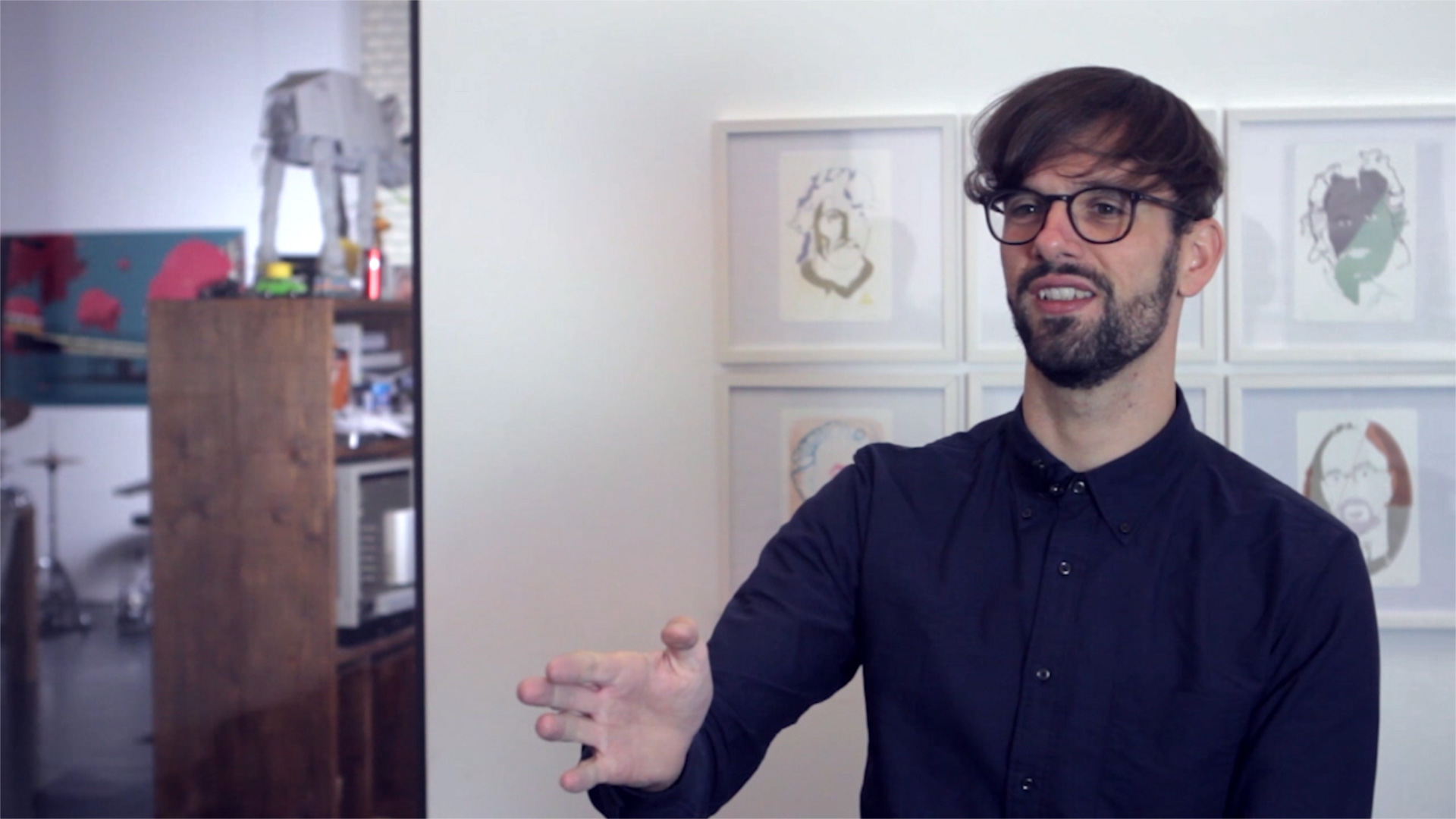
Mate SteinforthCreative Director
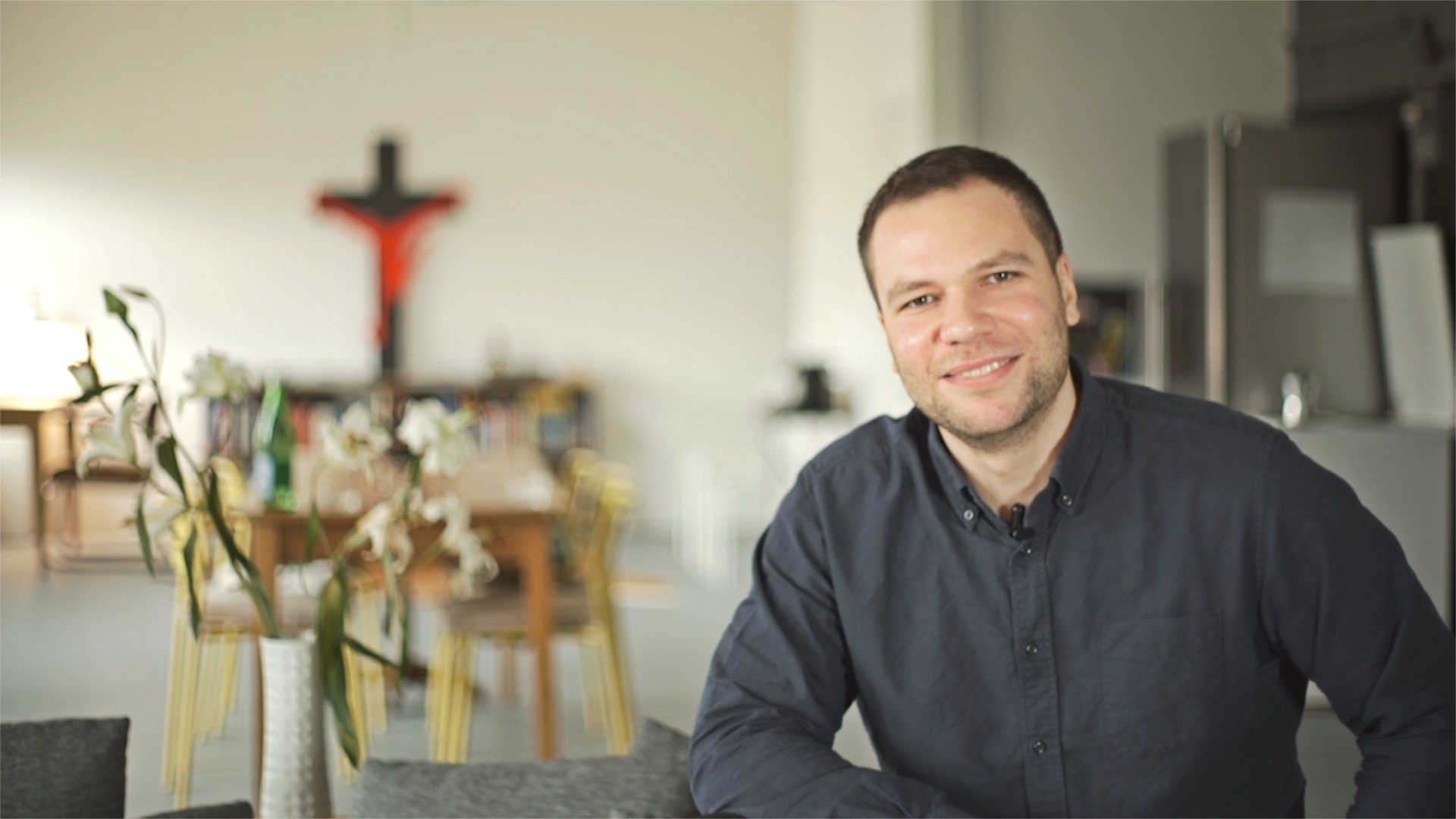
Chehad AbdallahDirector & Graphic Designer
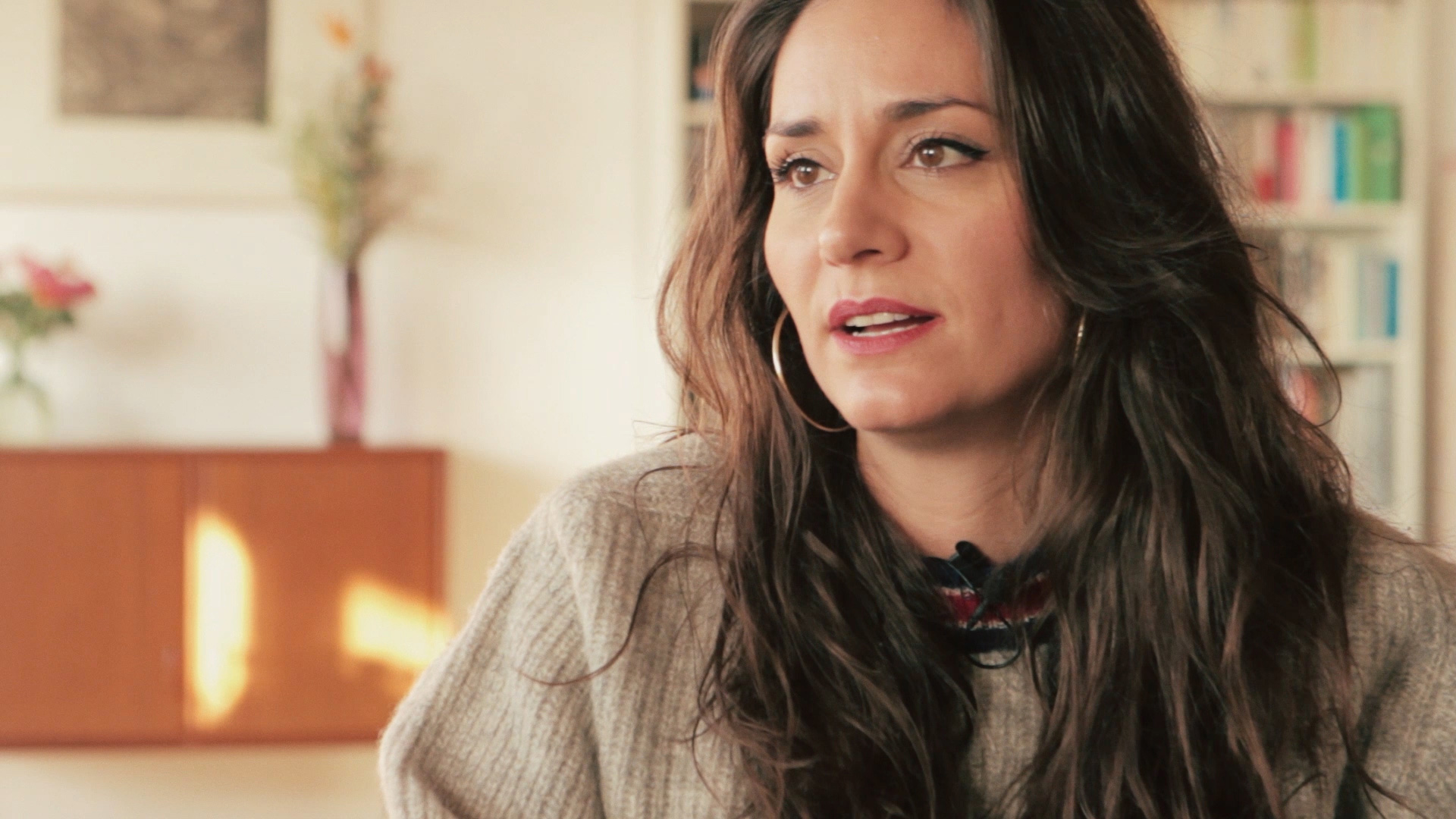
Sofia BavasRegisseurin & Filmemacherin
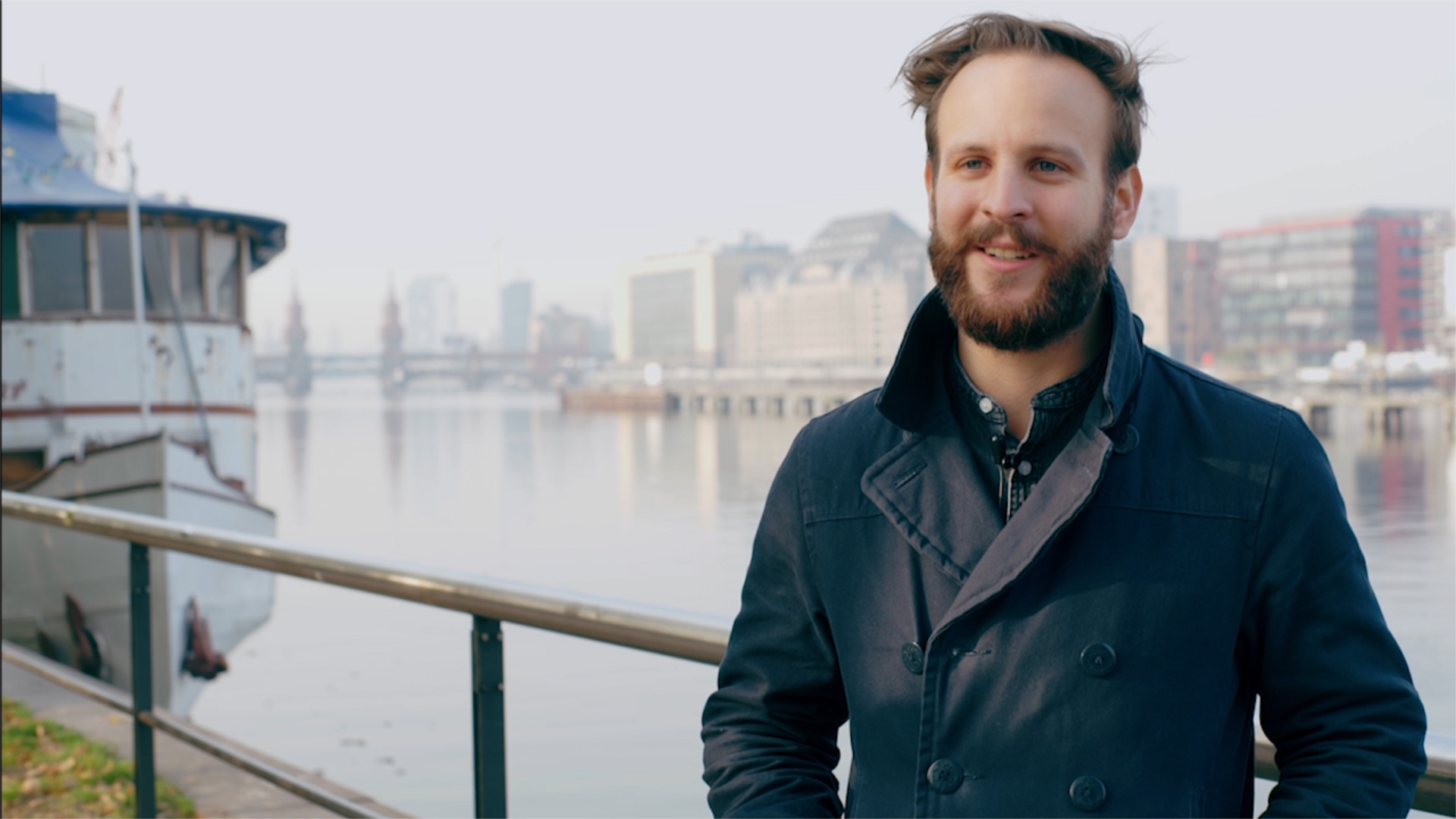
Daniel Rath3D Generalist
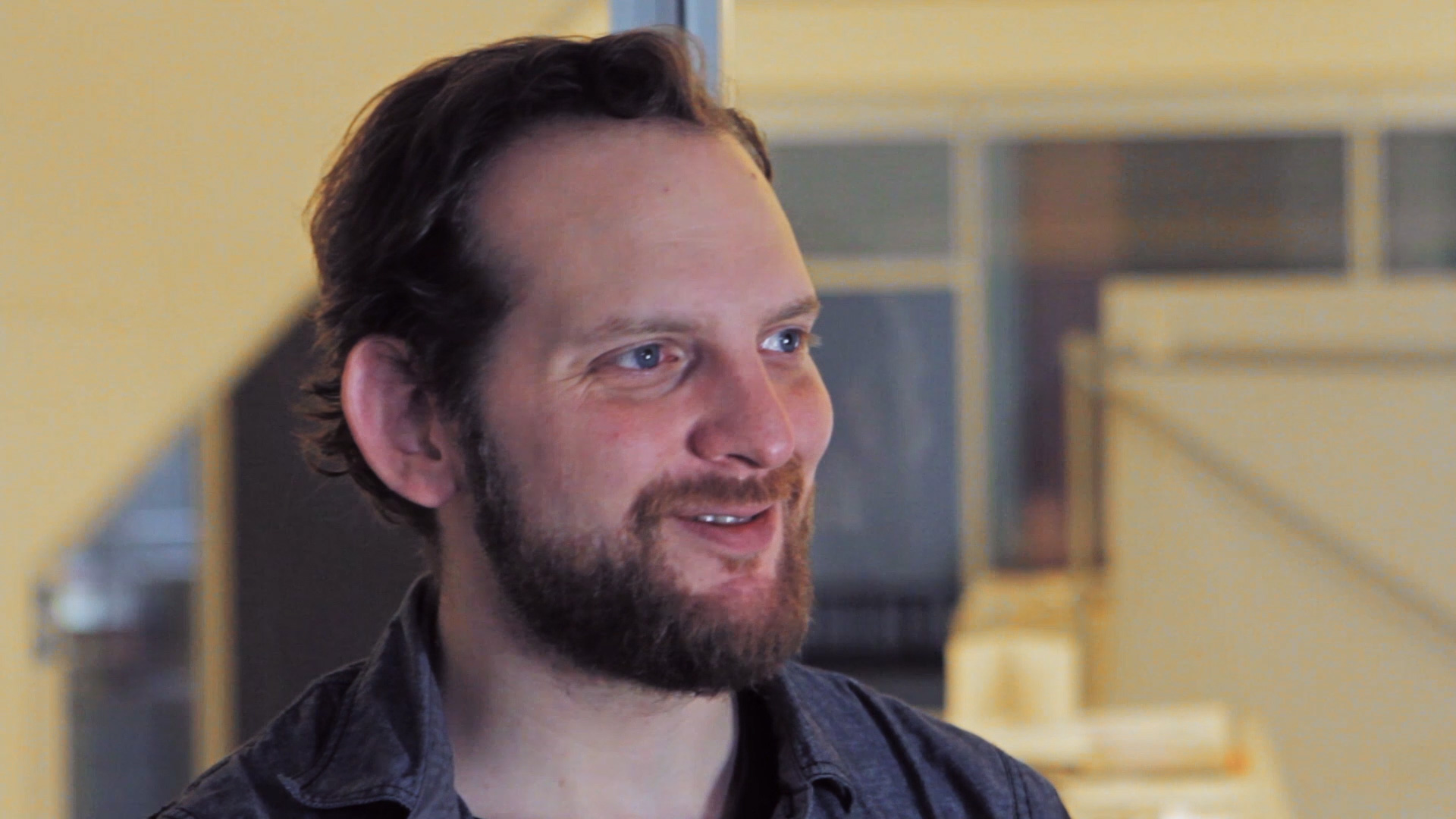
Tobias WüstefeldIllustrator & AnimatorTobias Wüstefeld
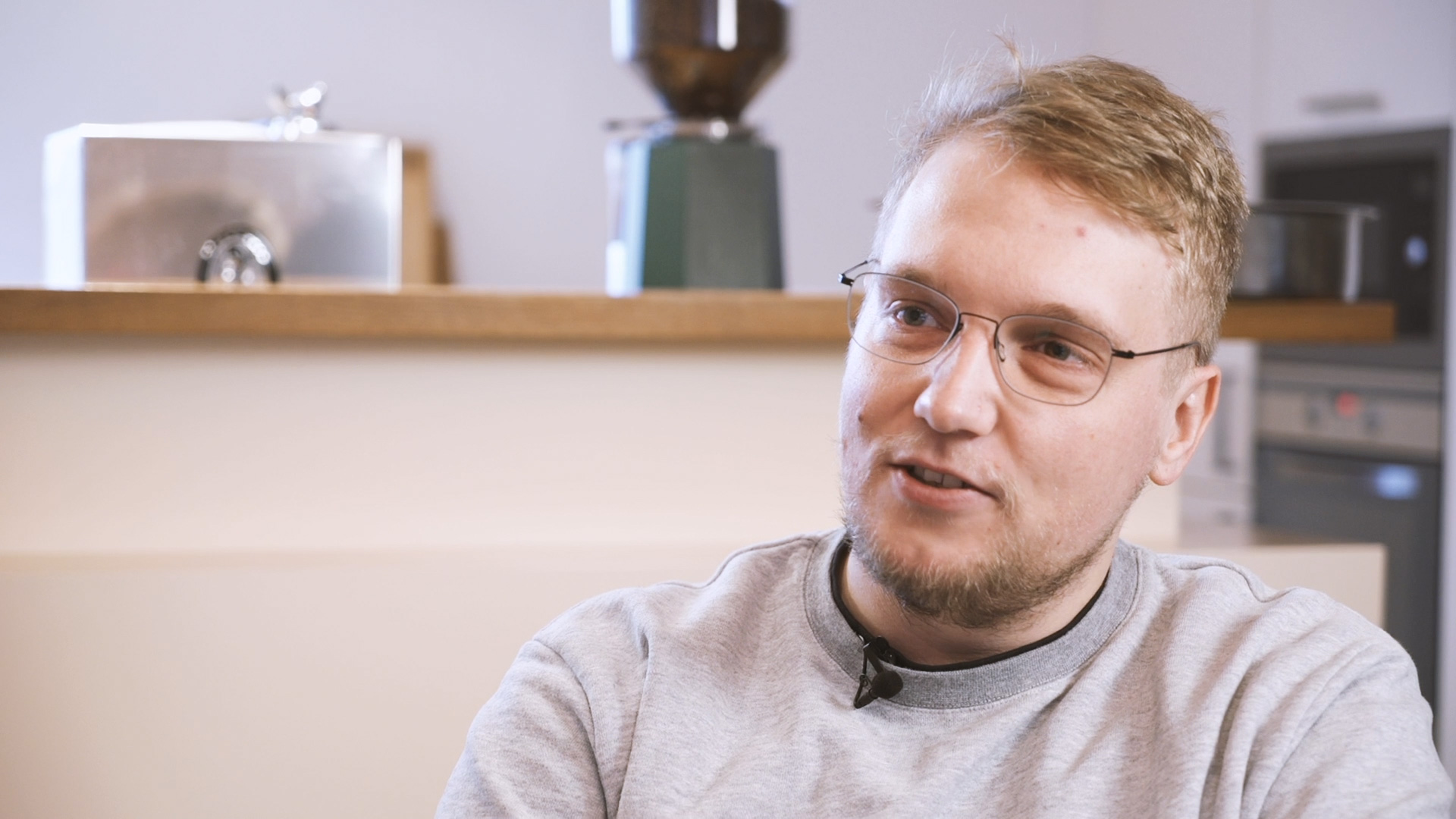
DOZ9Musiker
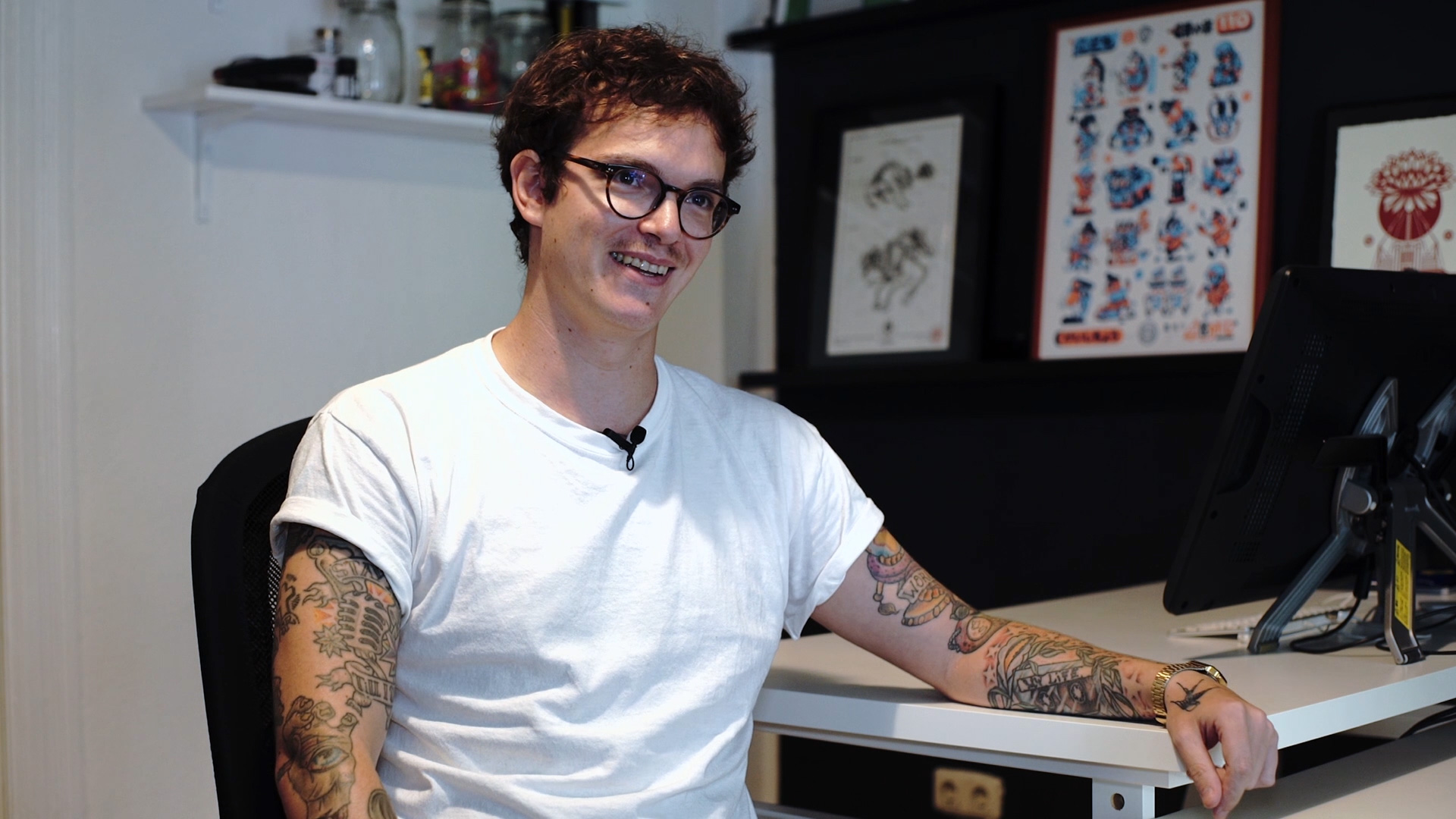
Florian SchommerIllustrator
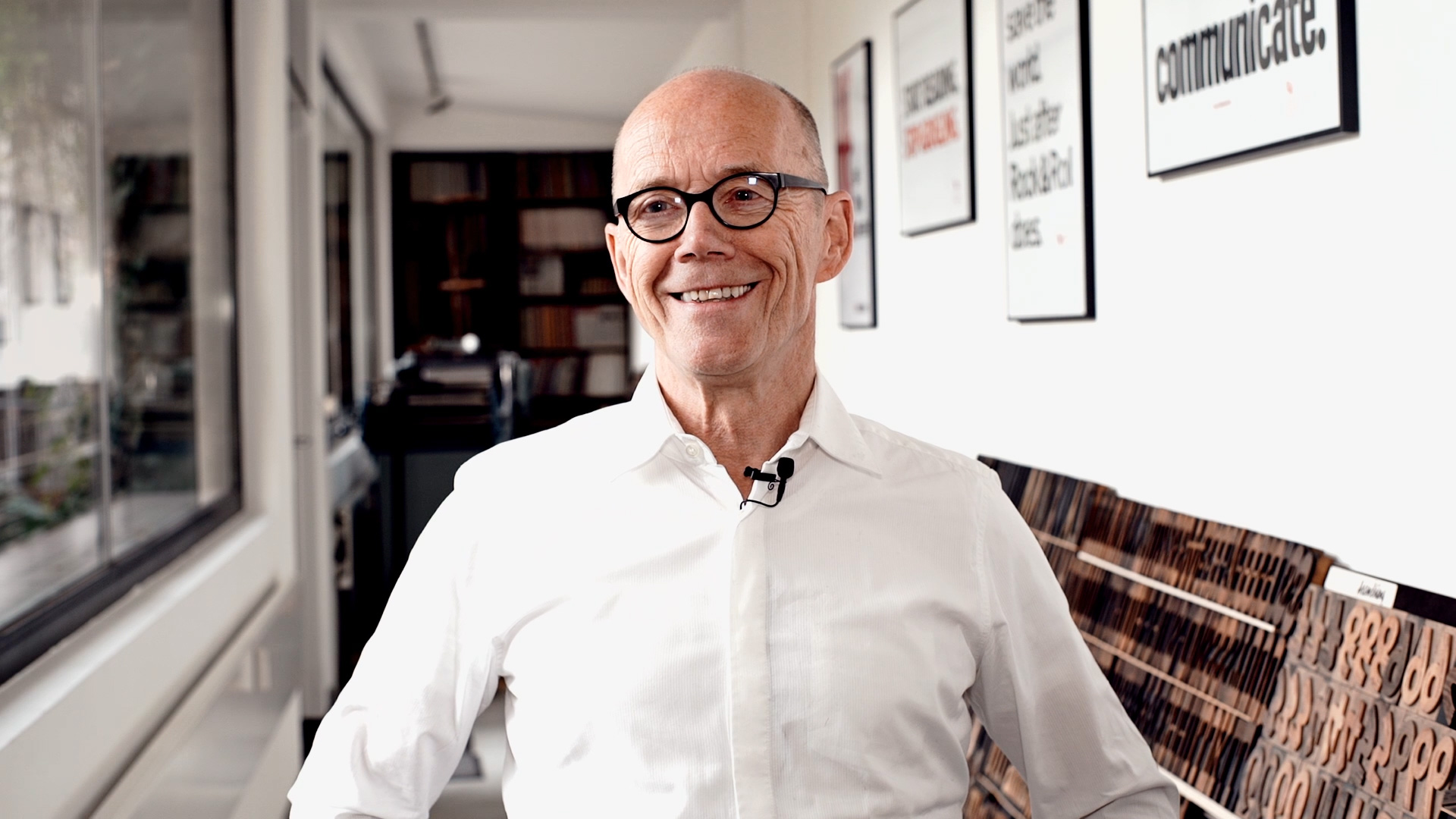
Erik SpiekermannGestalter
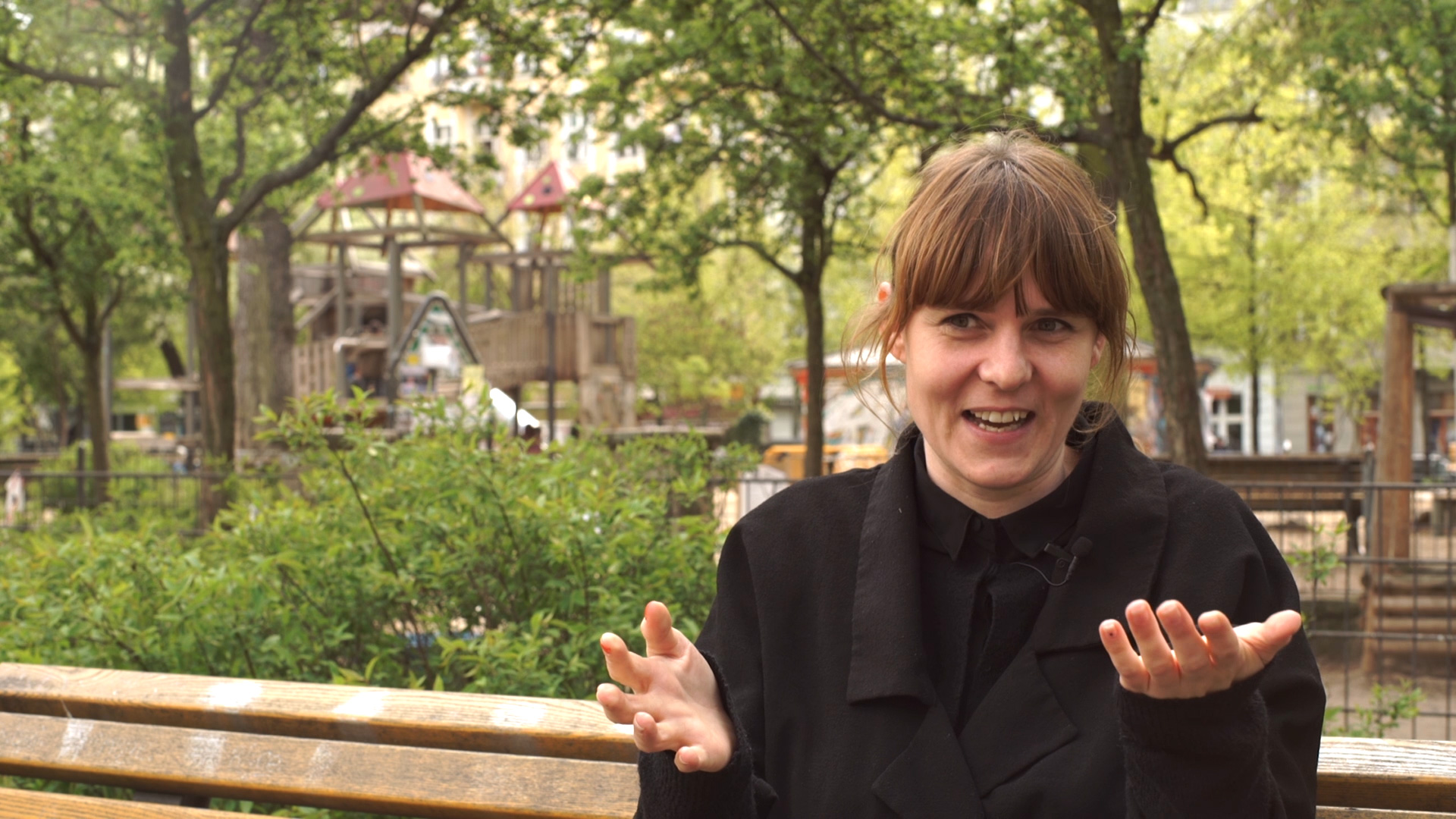
Larissa HonsekKreativdirektorin
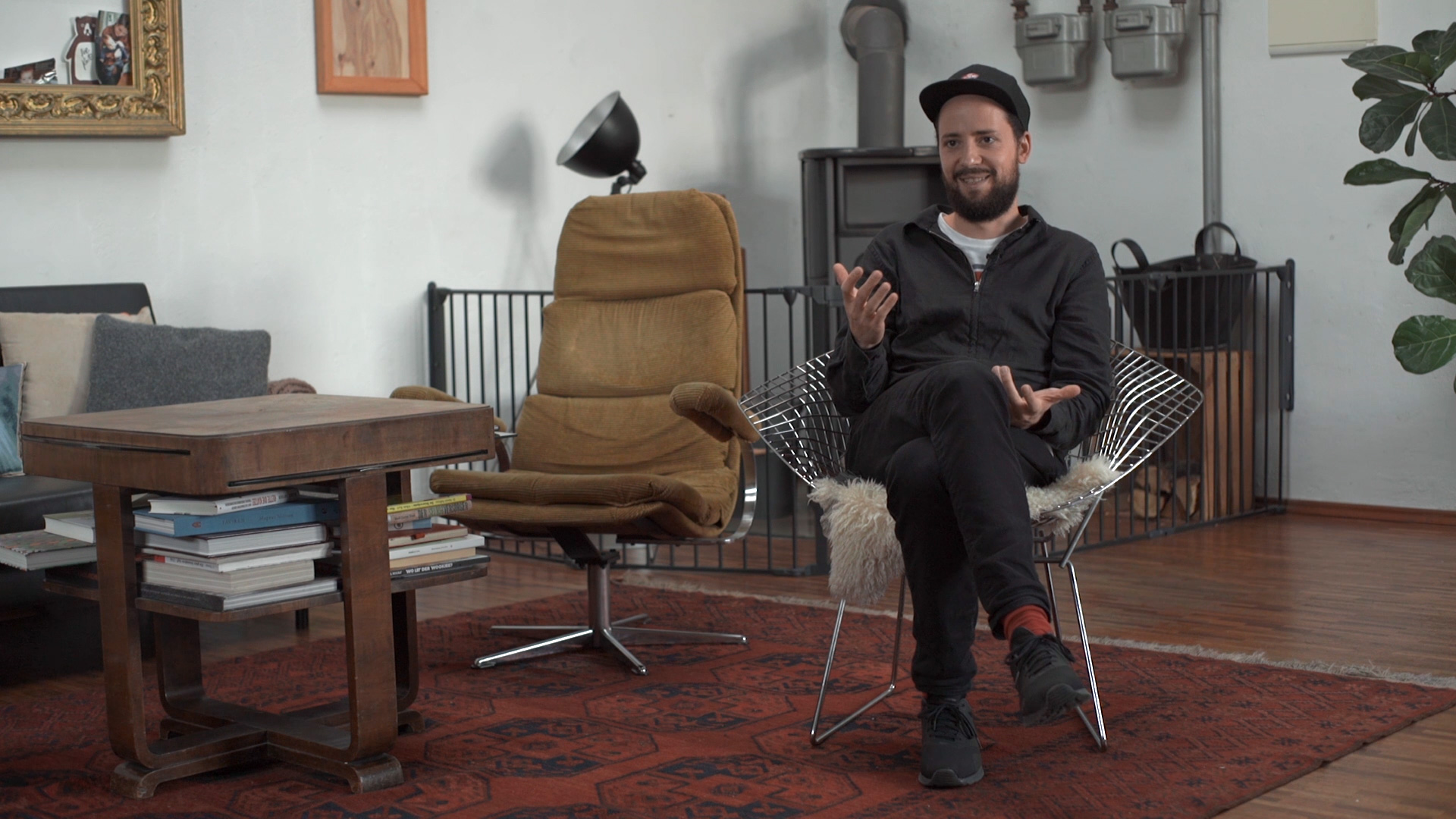
Philipp KässbohrerFilmemacher
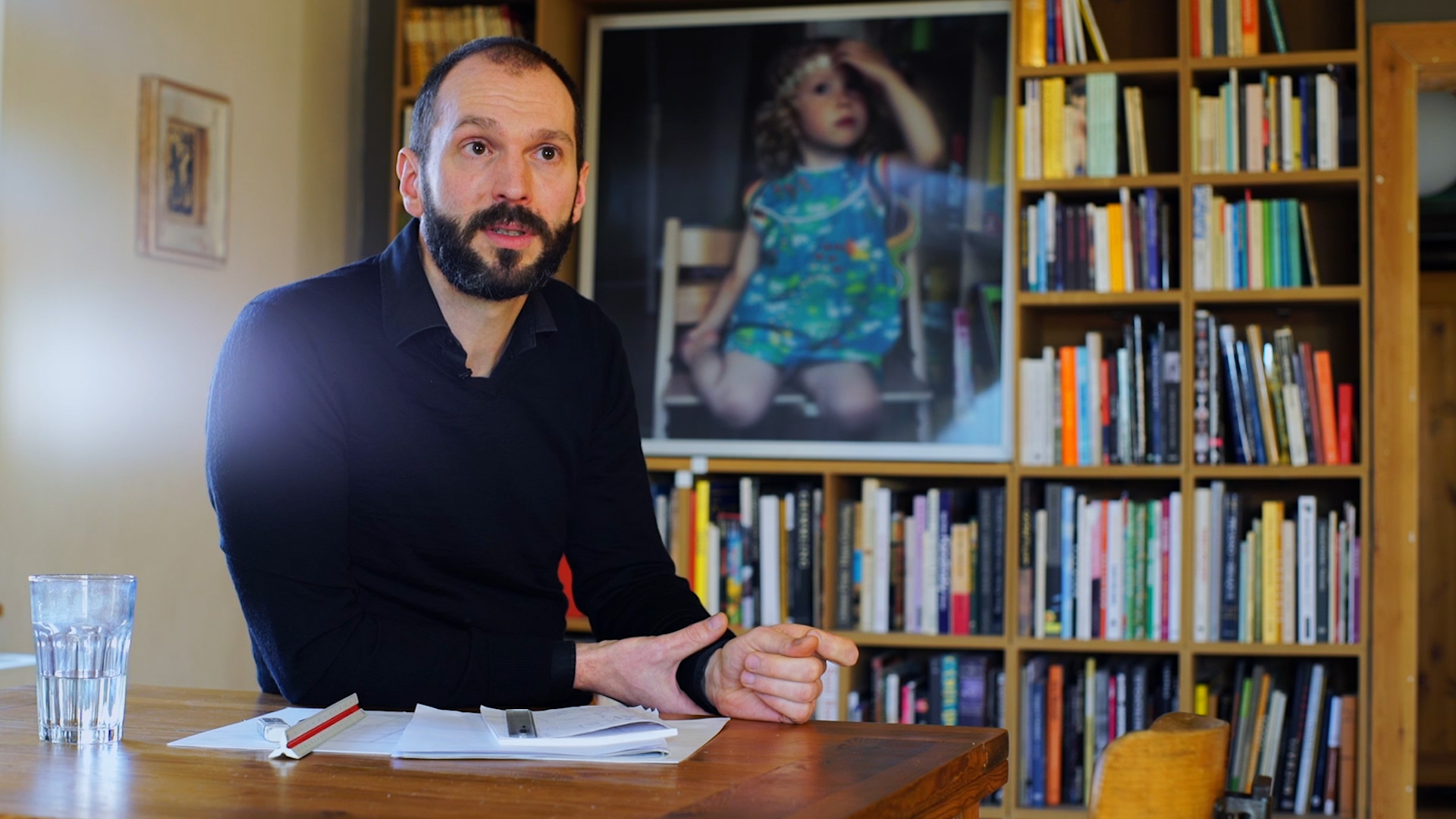
Prof. Christian MahlerProfessor für Motion Design
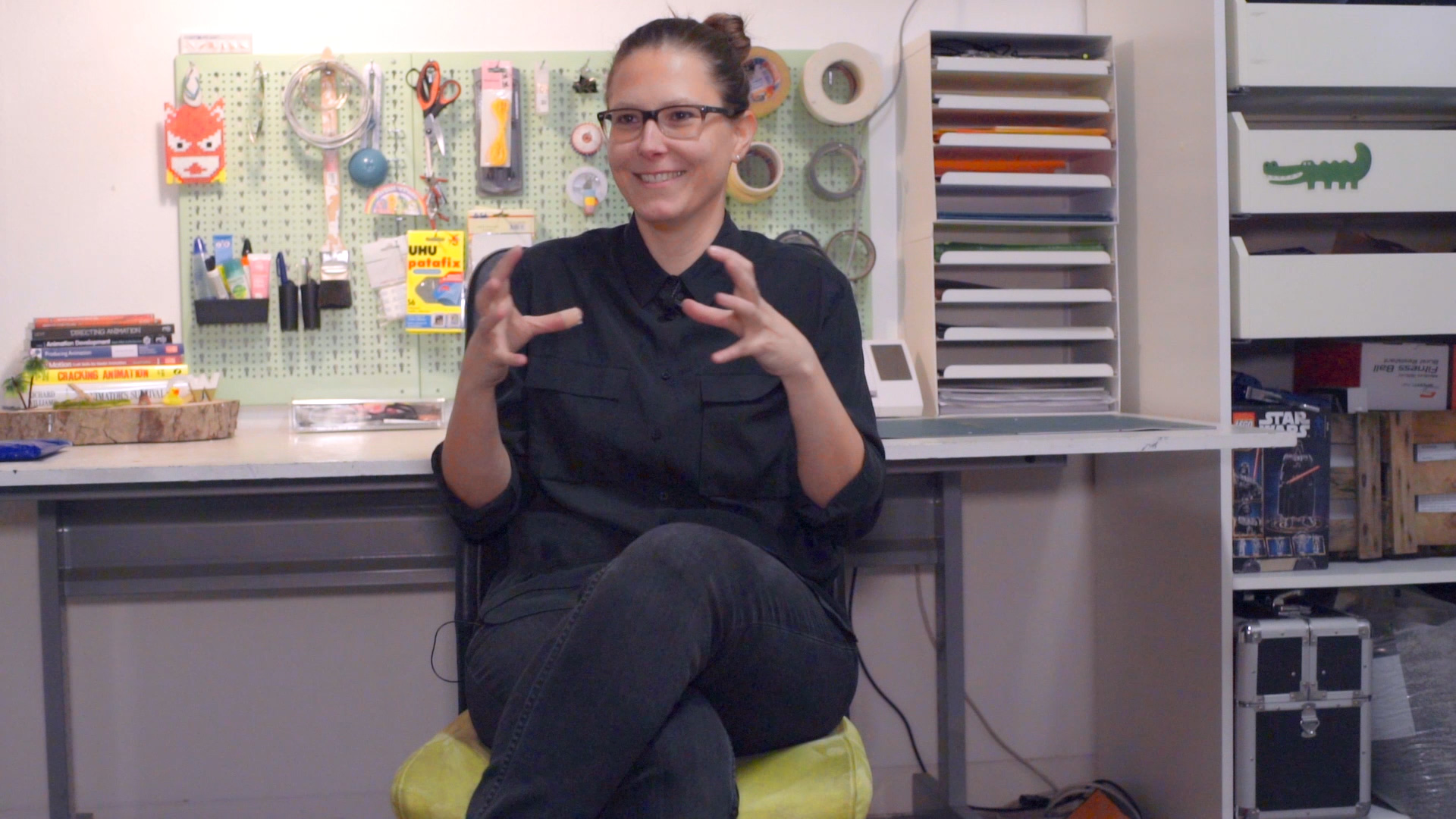
Cris WiegandtStop-Motion Animatorin
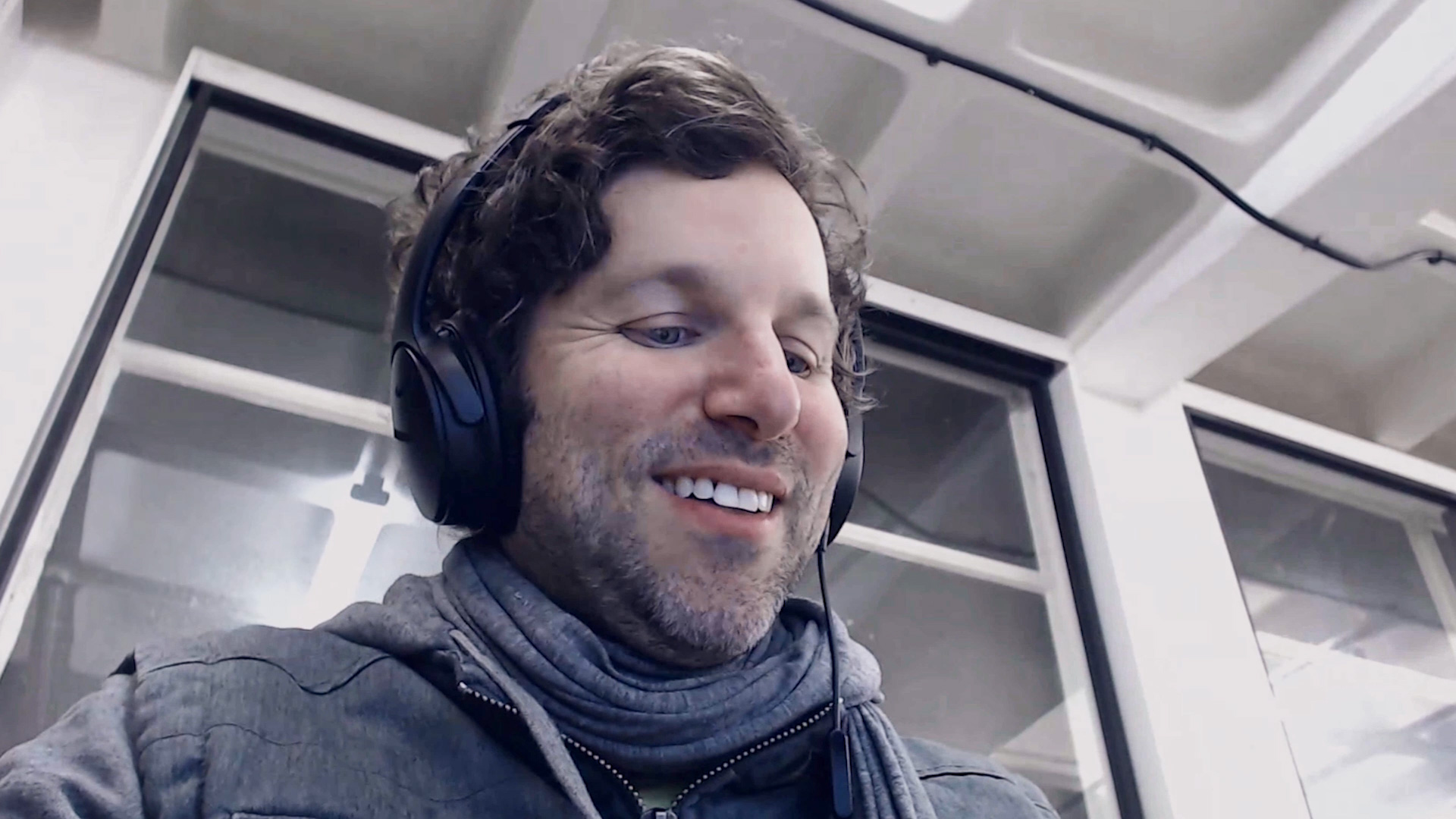
Bradley G. MunkowitzDesigner & Director
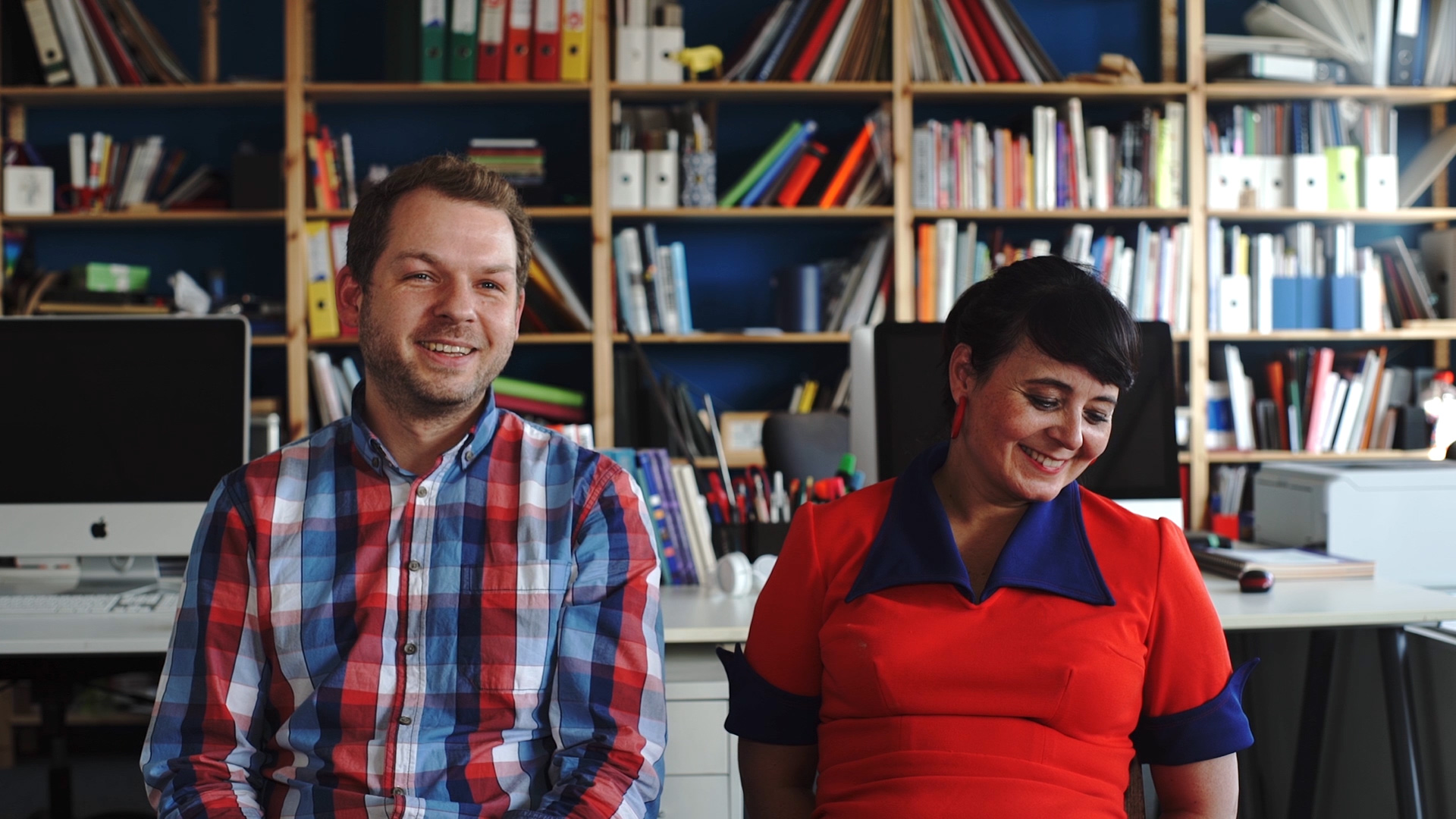
TwoPointsDesigner
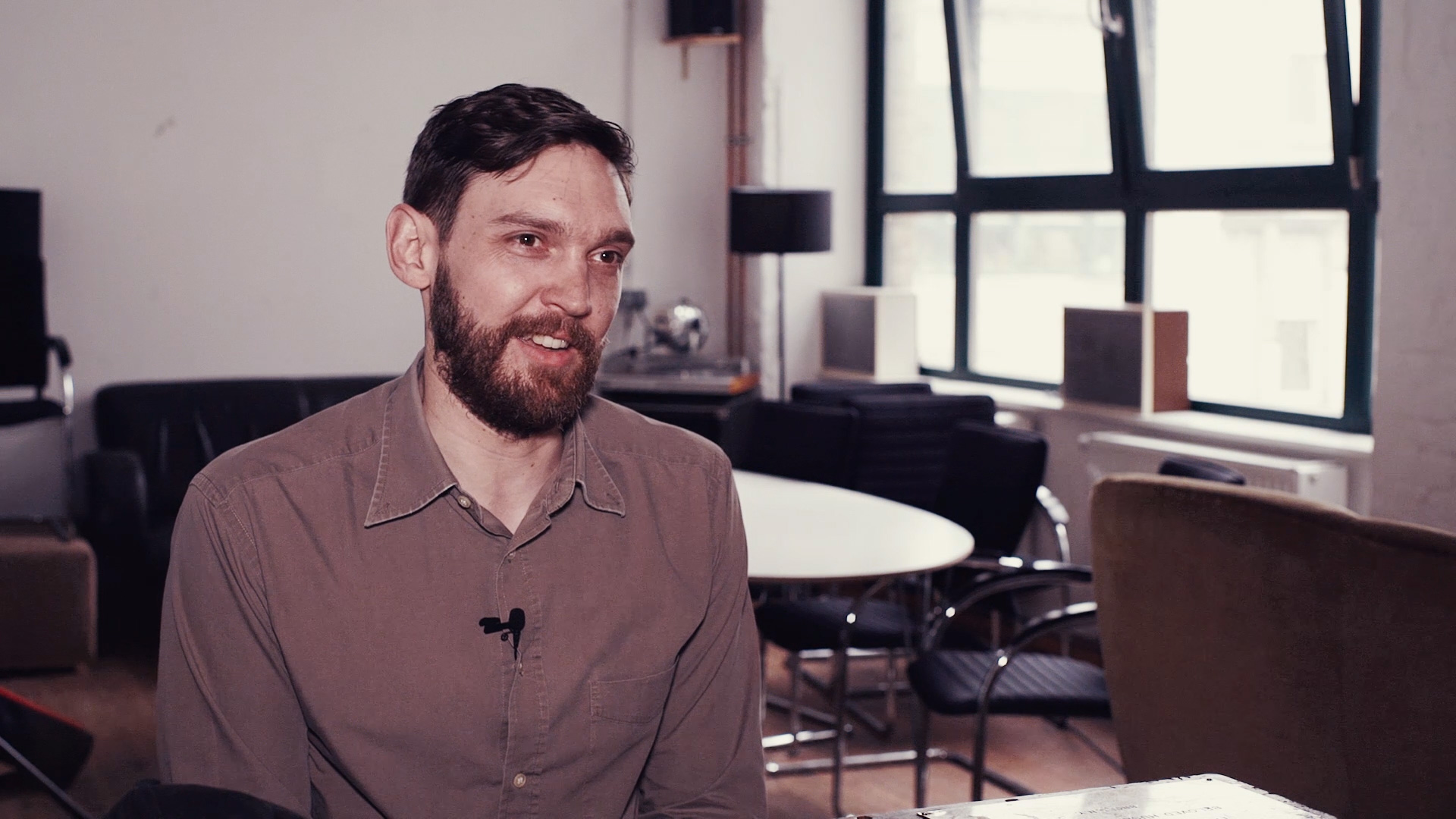
Andreas FischerKünstler
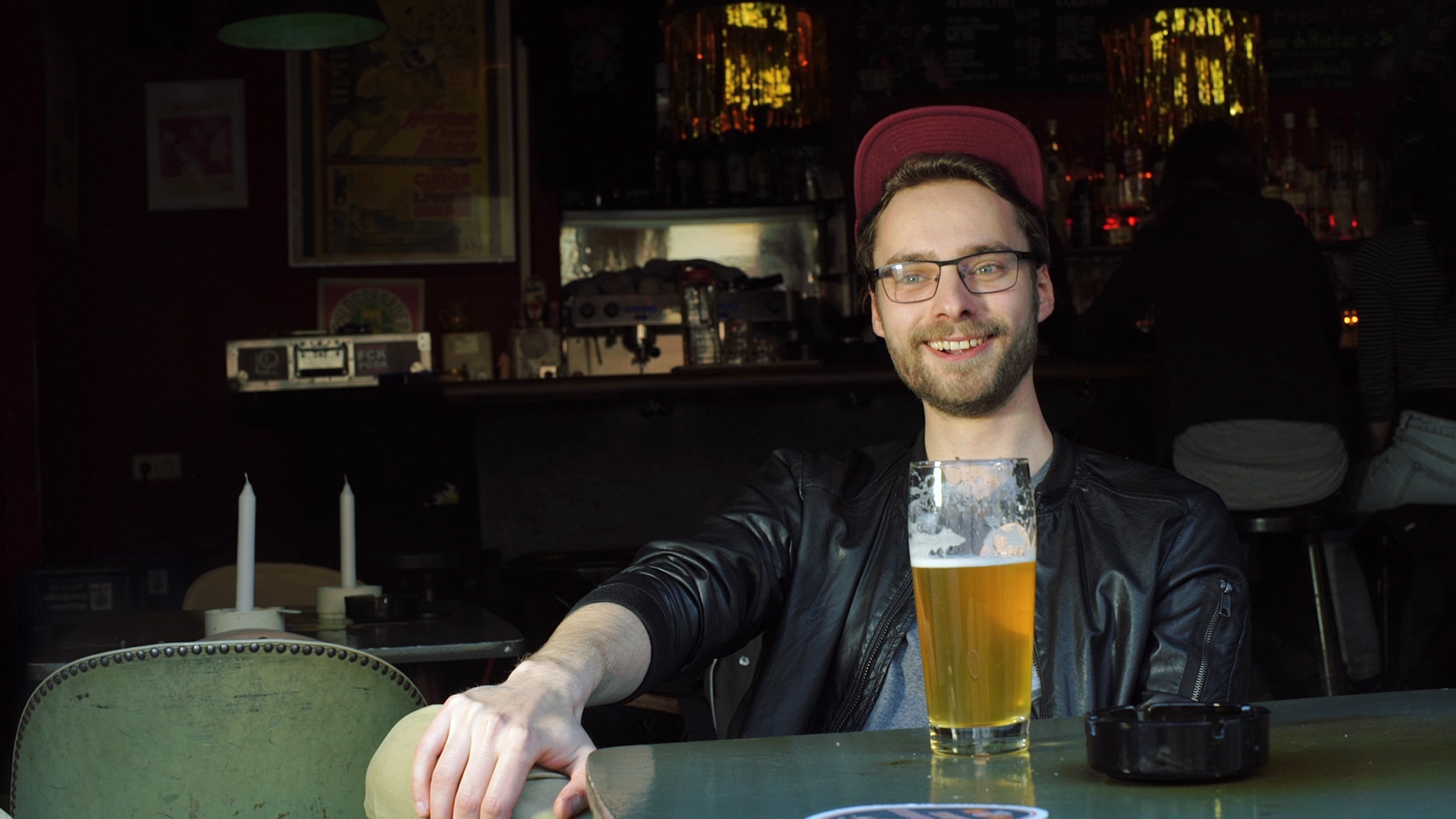
Bastian WieneckeIllustrator & Designer
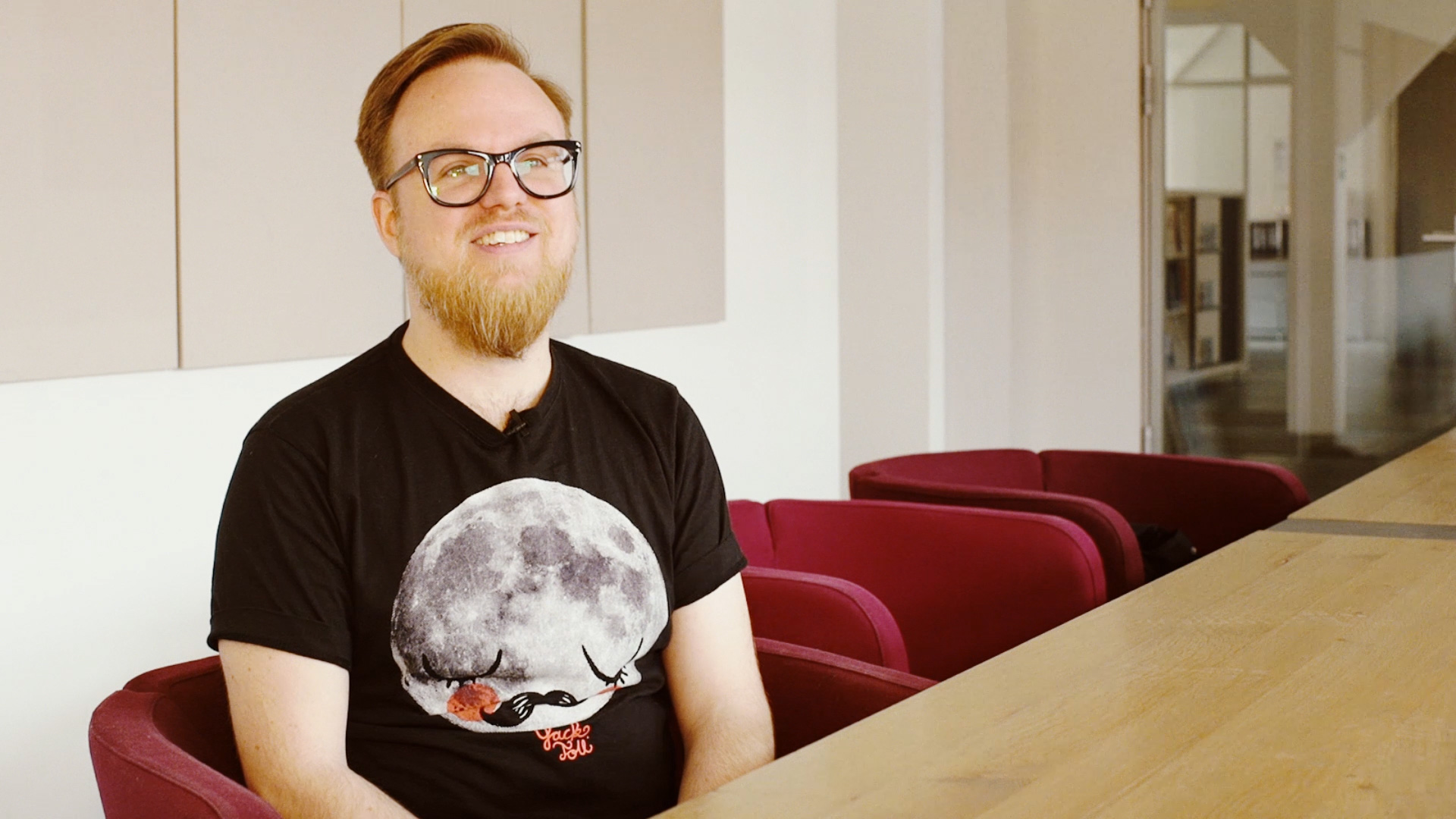
Chris SmallfieldVFX Supervisor & 3D Generalist
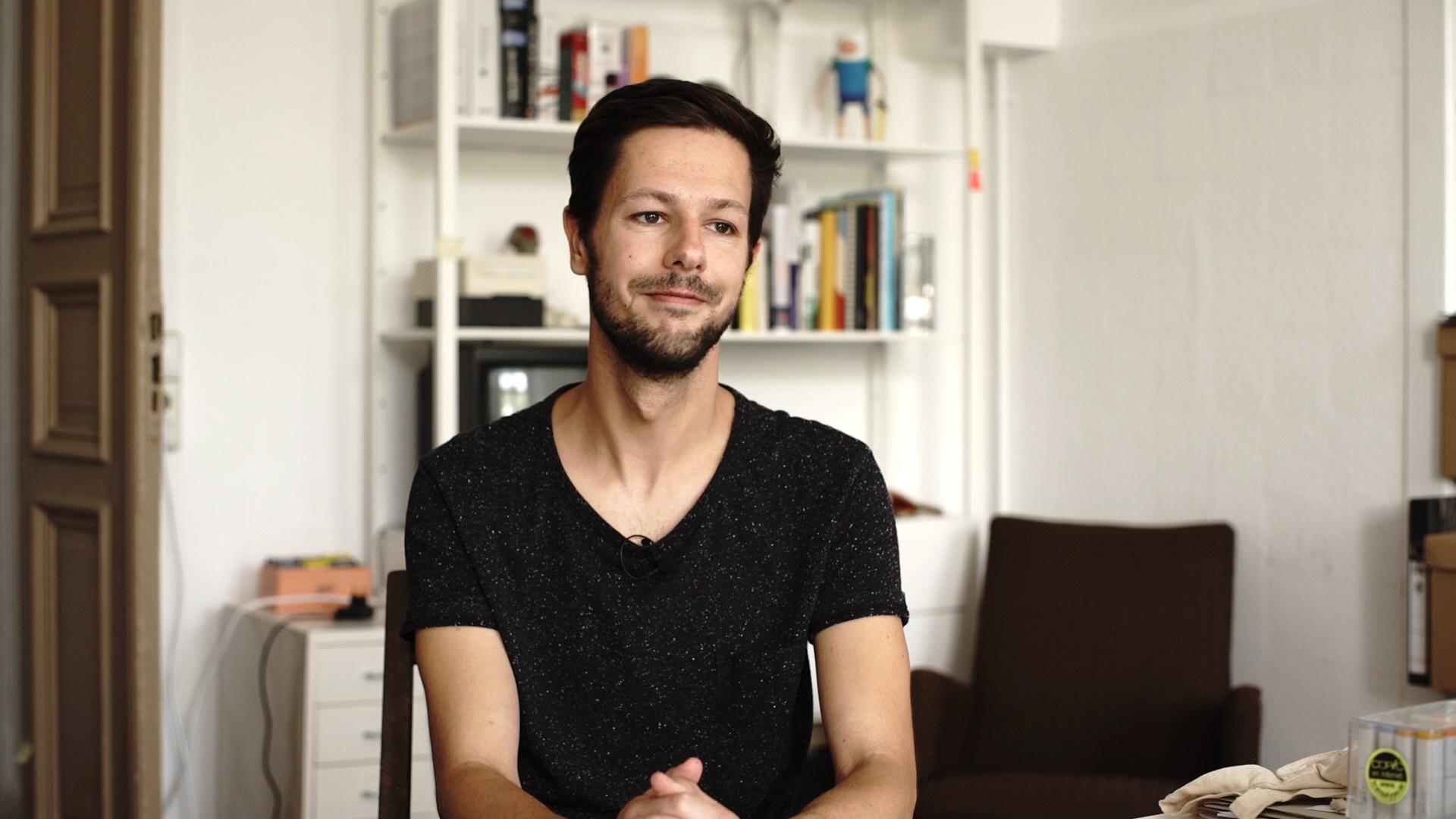
Ronny Schmidt3D Artist & Designer
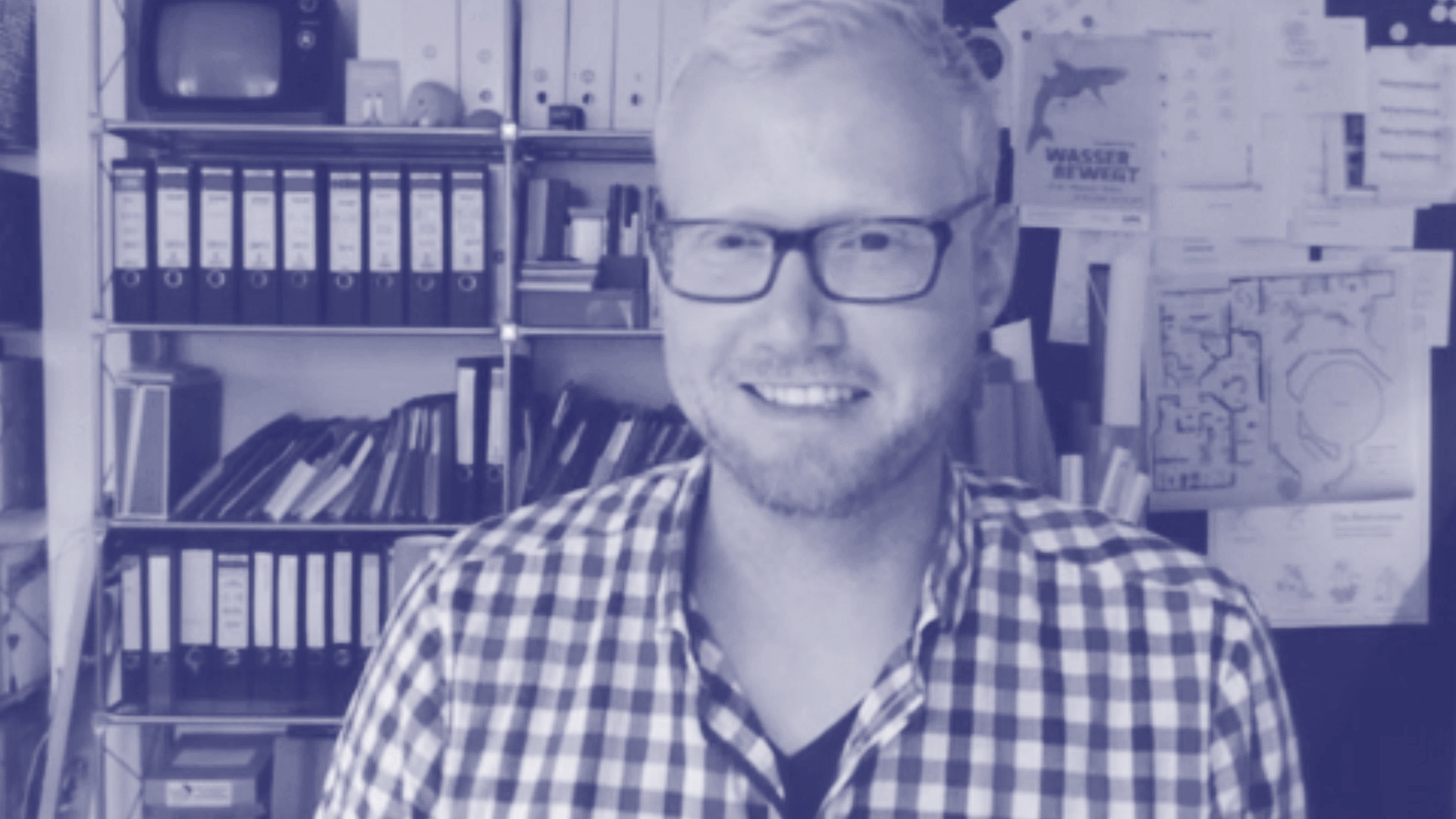
Christian BüningInformationsgestalter
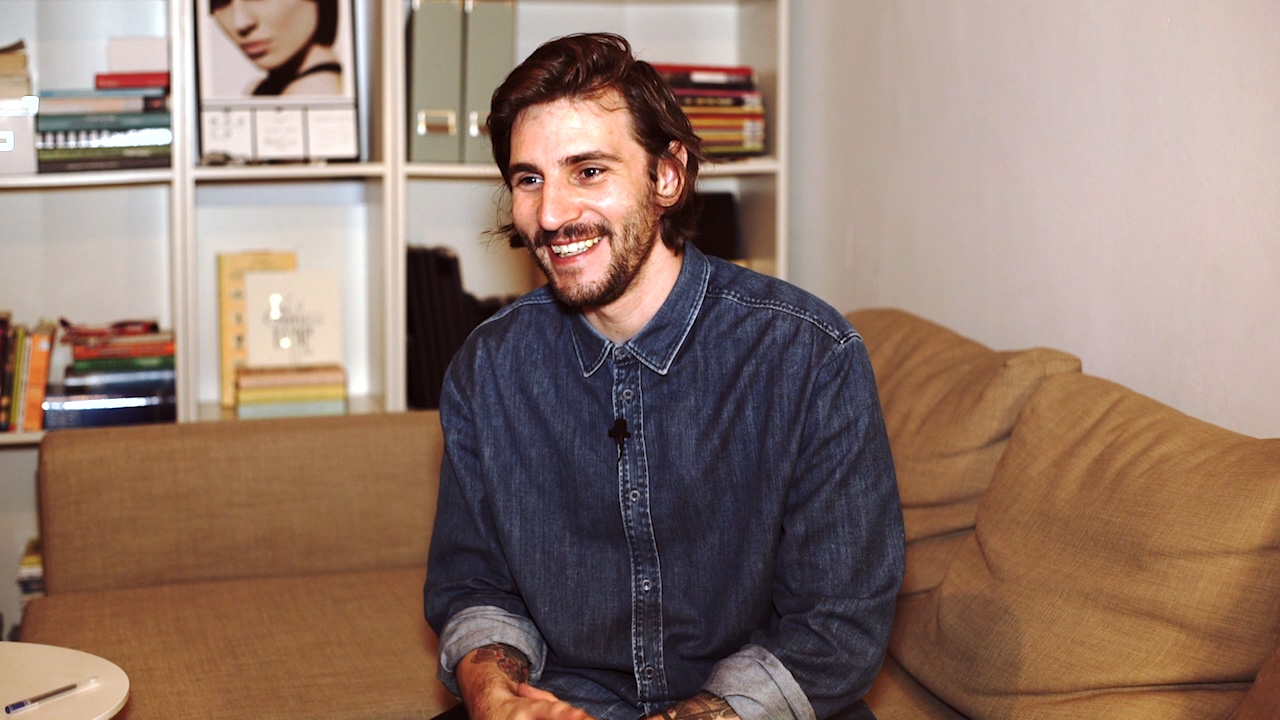
Hassan HaiderArt Director & Designer
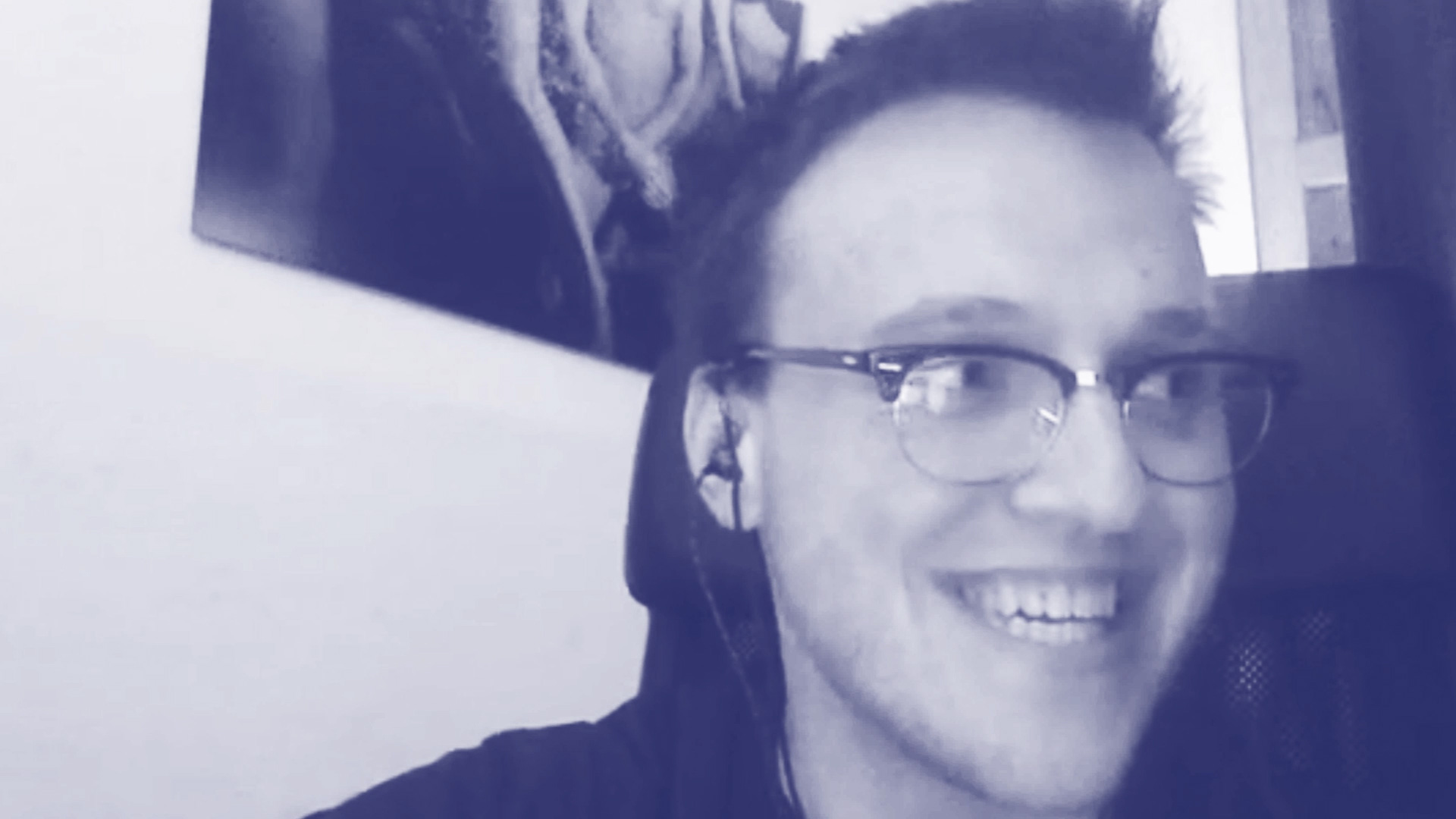
Andreas HofstetterJunior Creative & Filmemacher
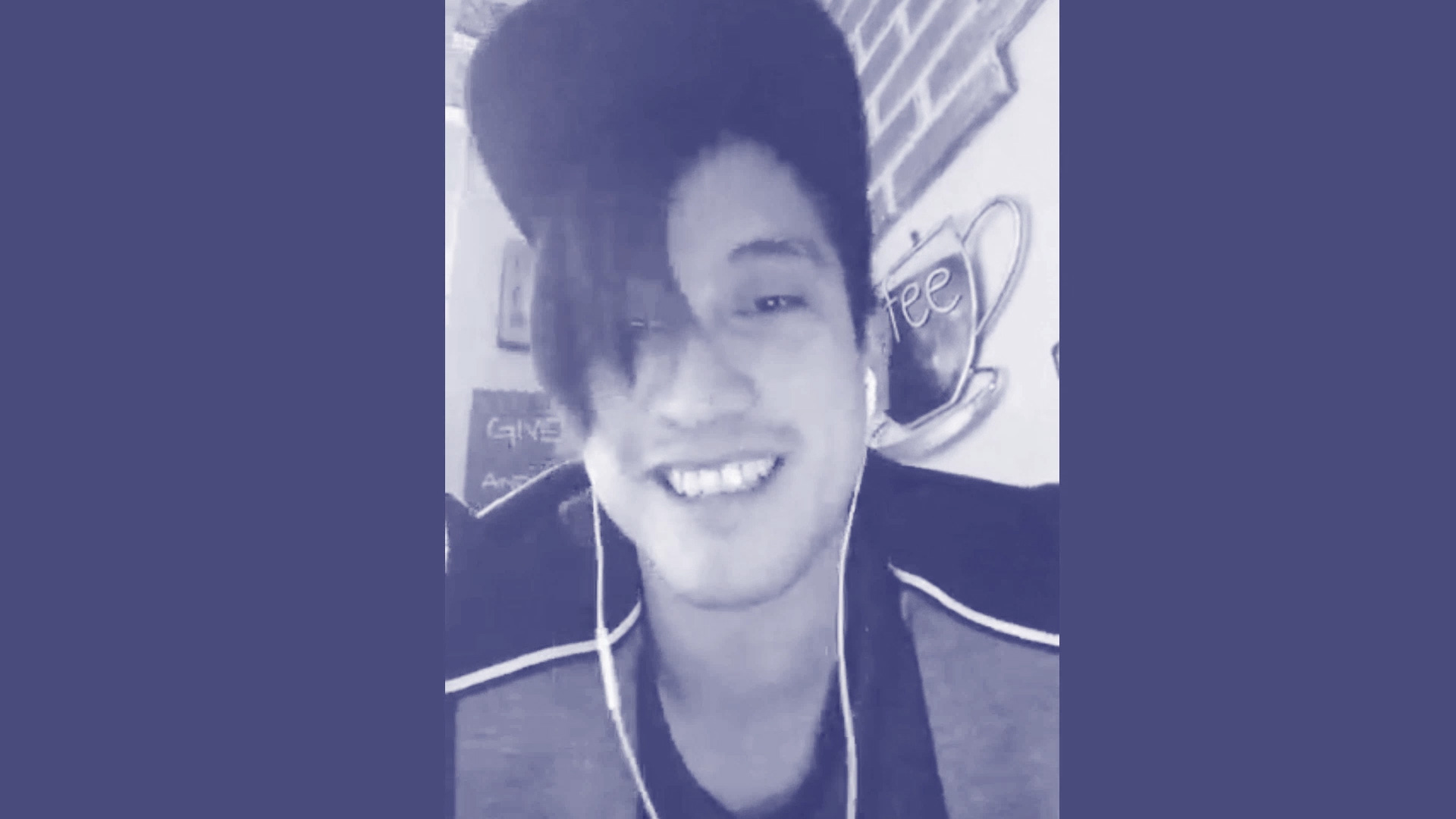
Vi-Dan TranRegisseur & Stuntman
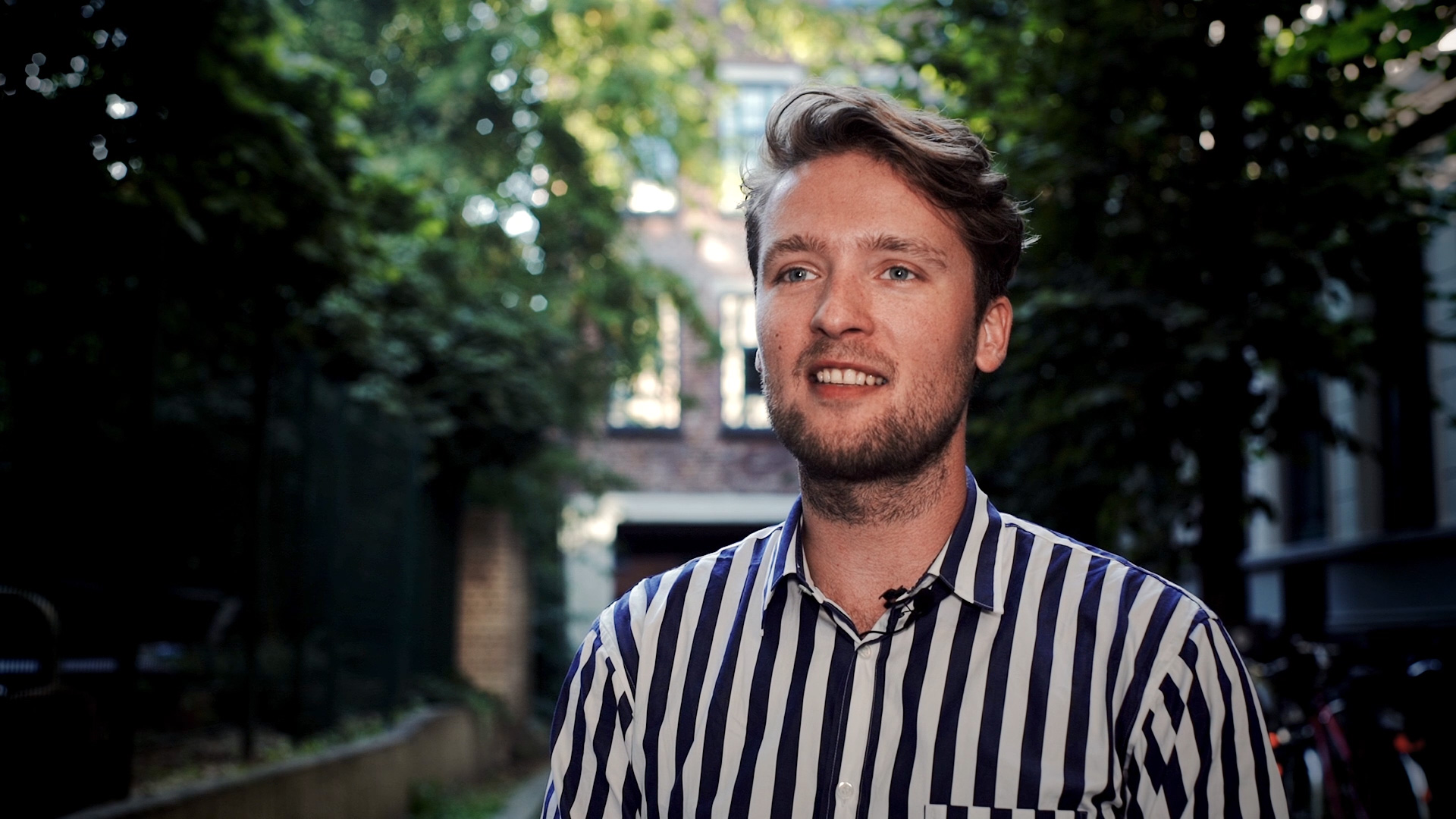
Dominic RepenningDesigner & Regisseur
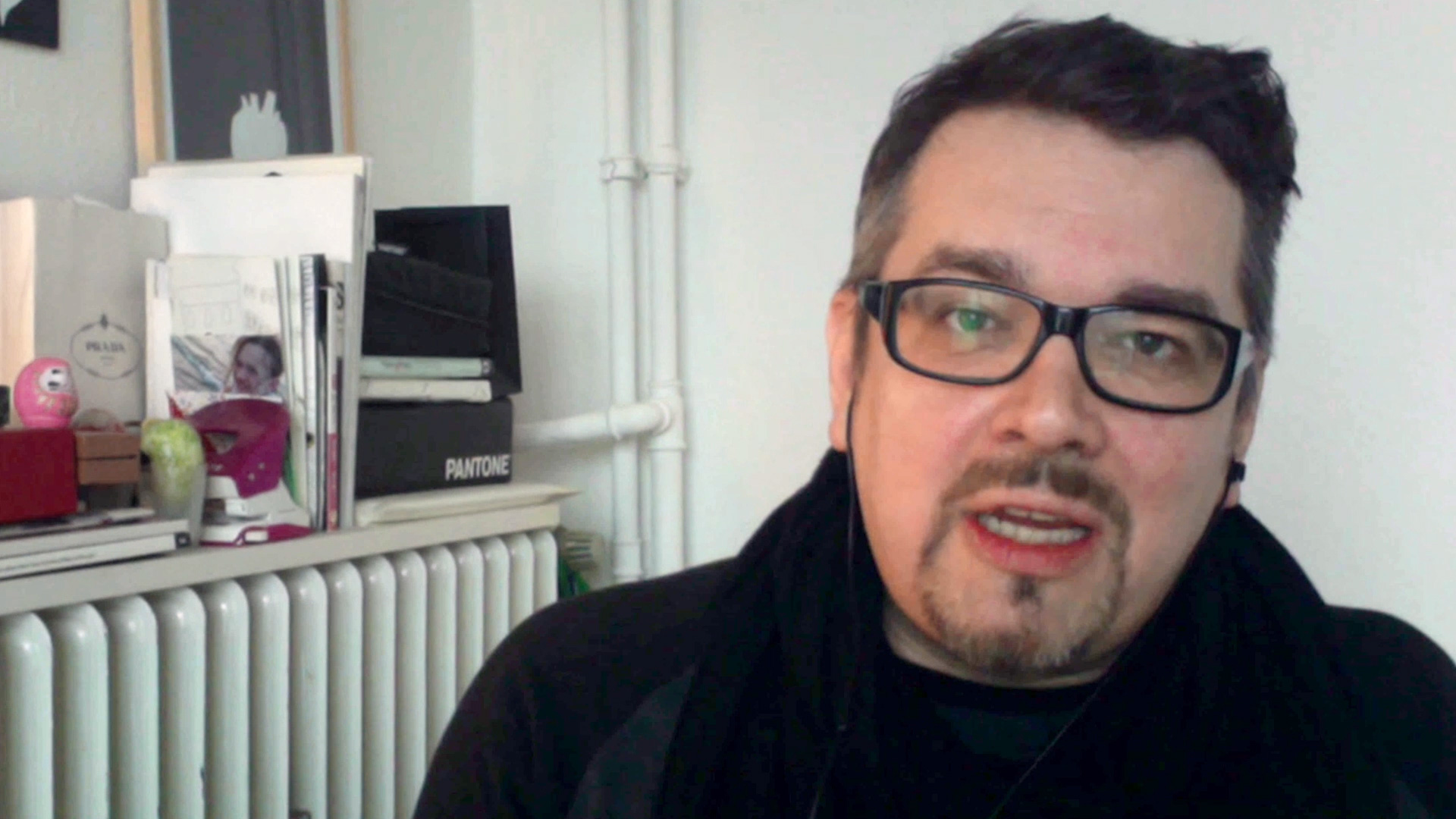
Kay TennemannAnimation Director & Designer
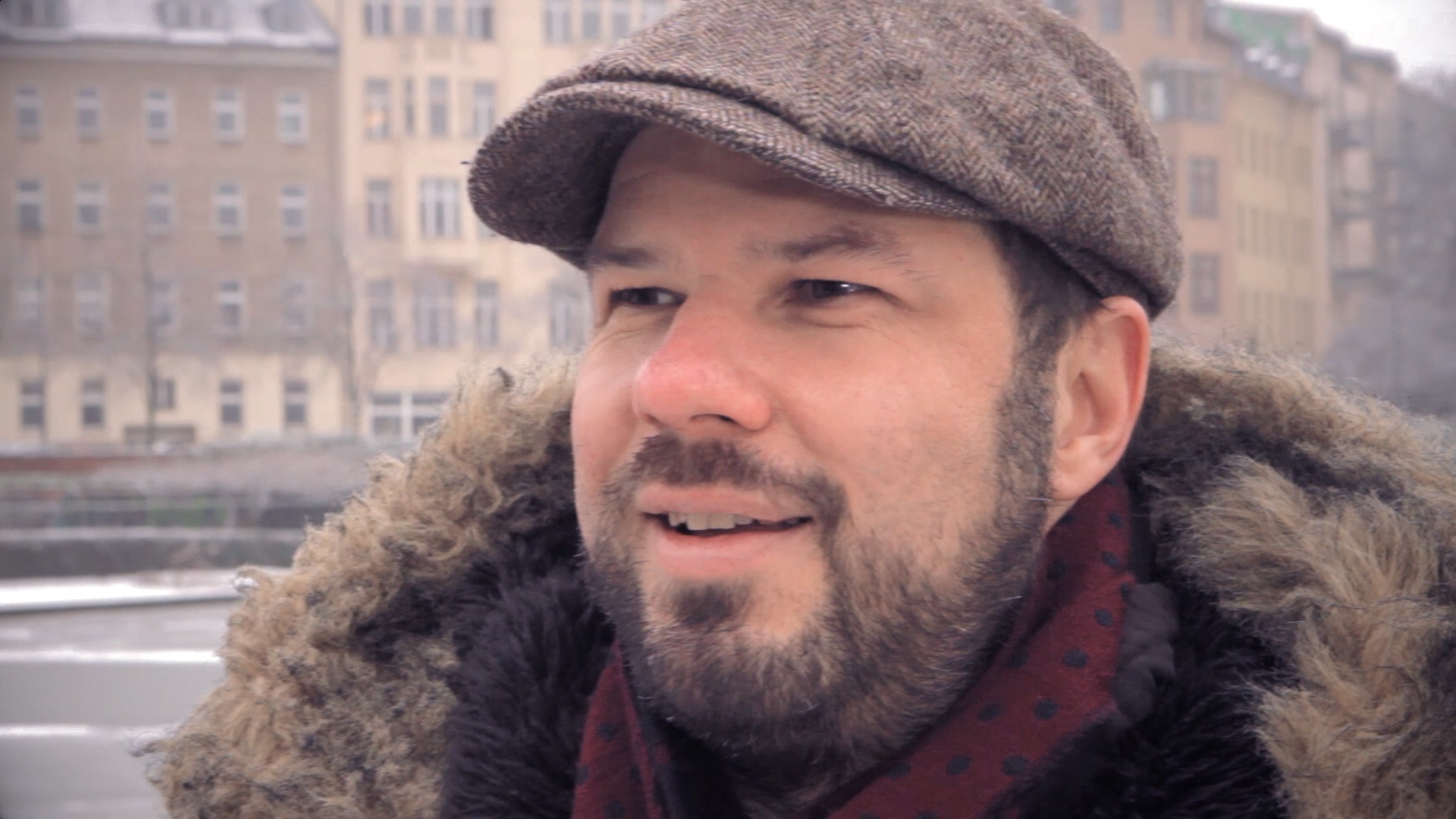
Uwe FladeRegisseur
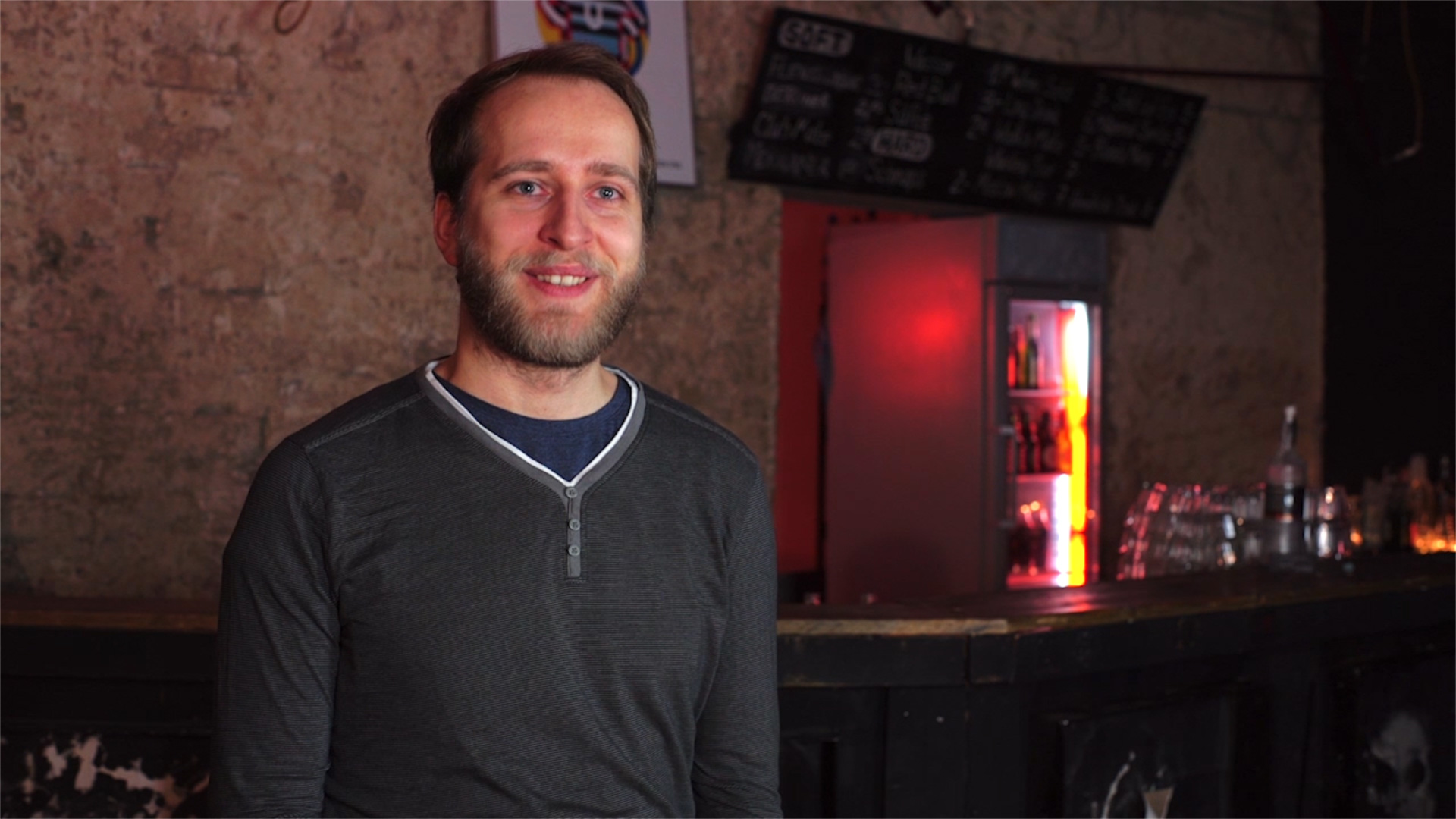
Johannes FiglhuberConcept Designer
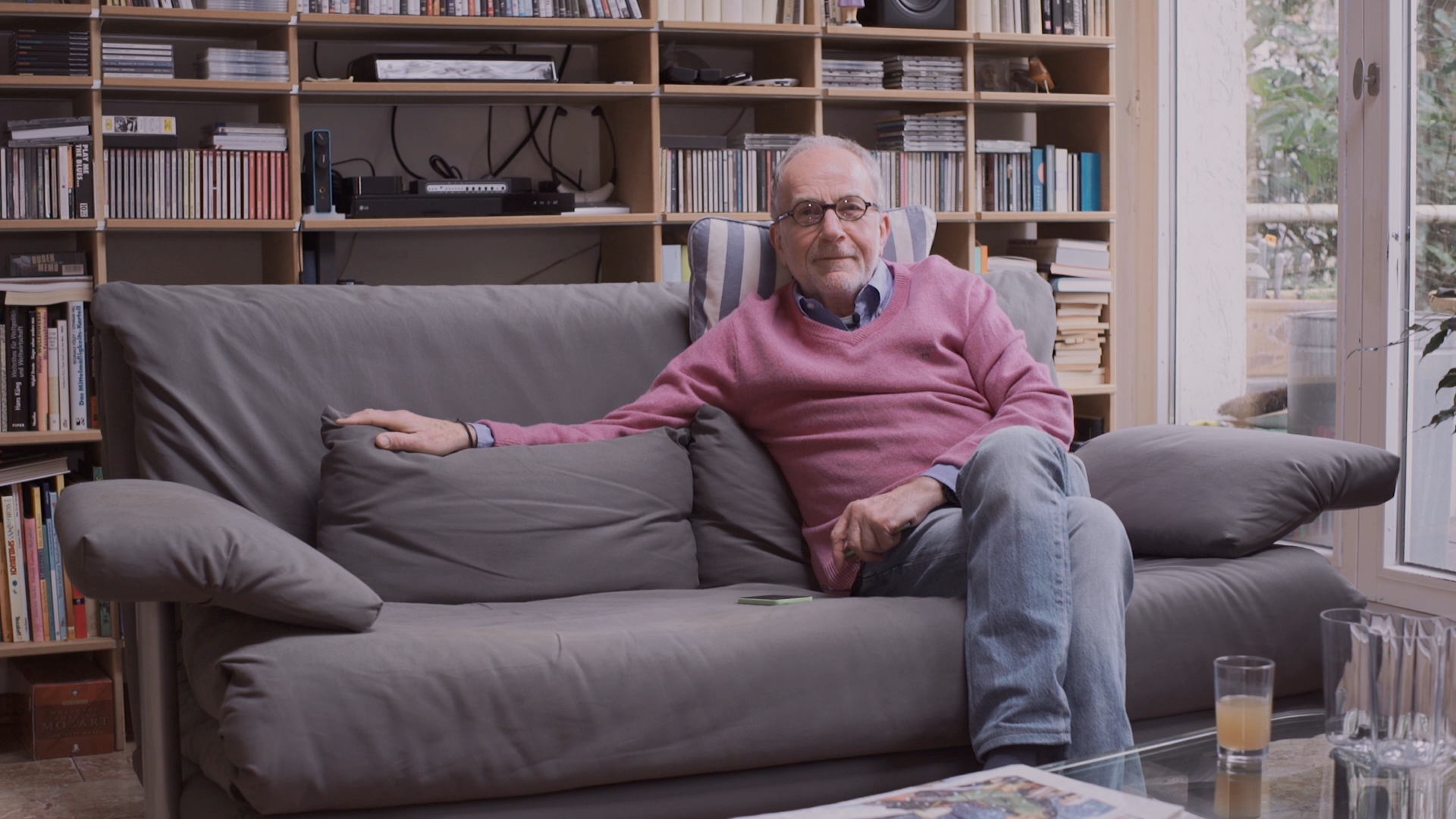
Helmut M. Schmitt-SiegelGestalter
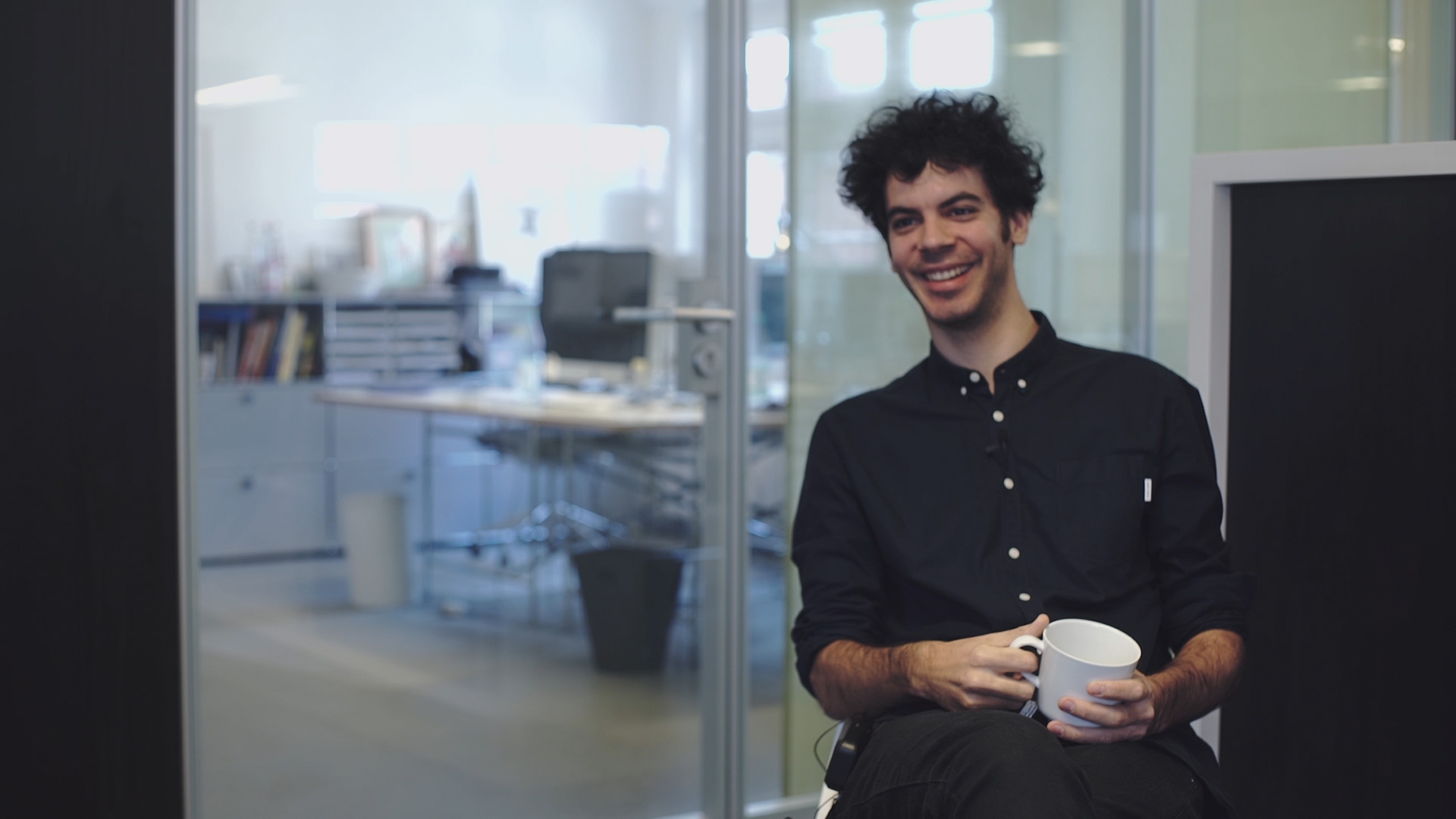
Dante ZaballaAnimator
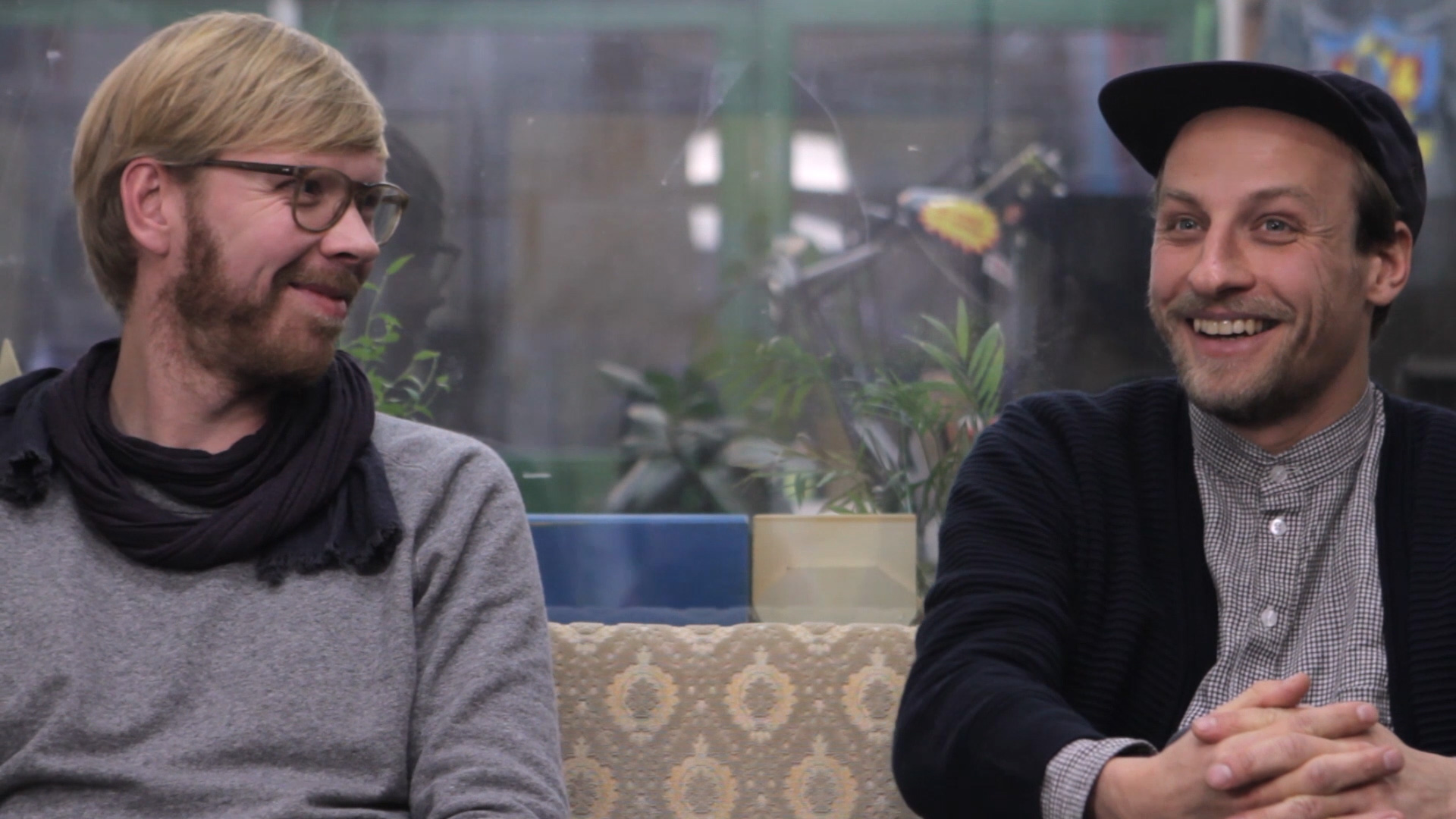
44FLAVOURSKünstler
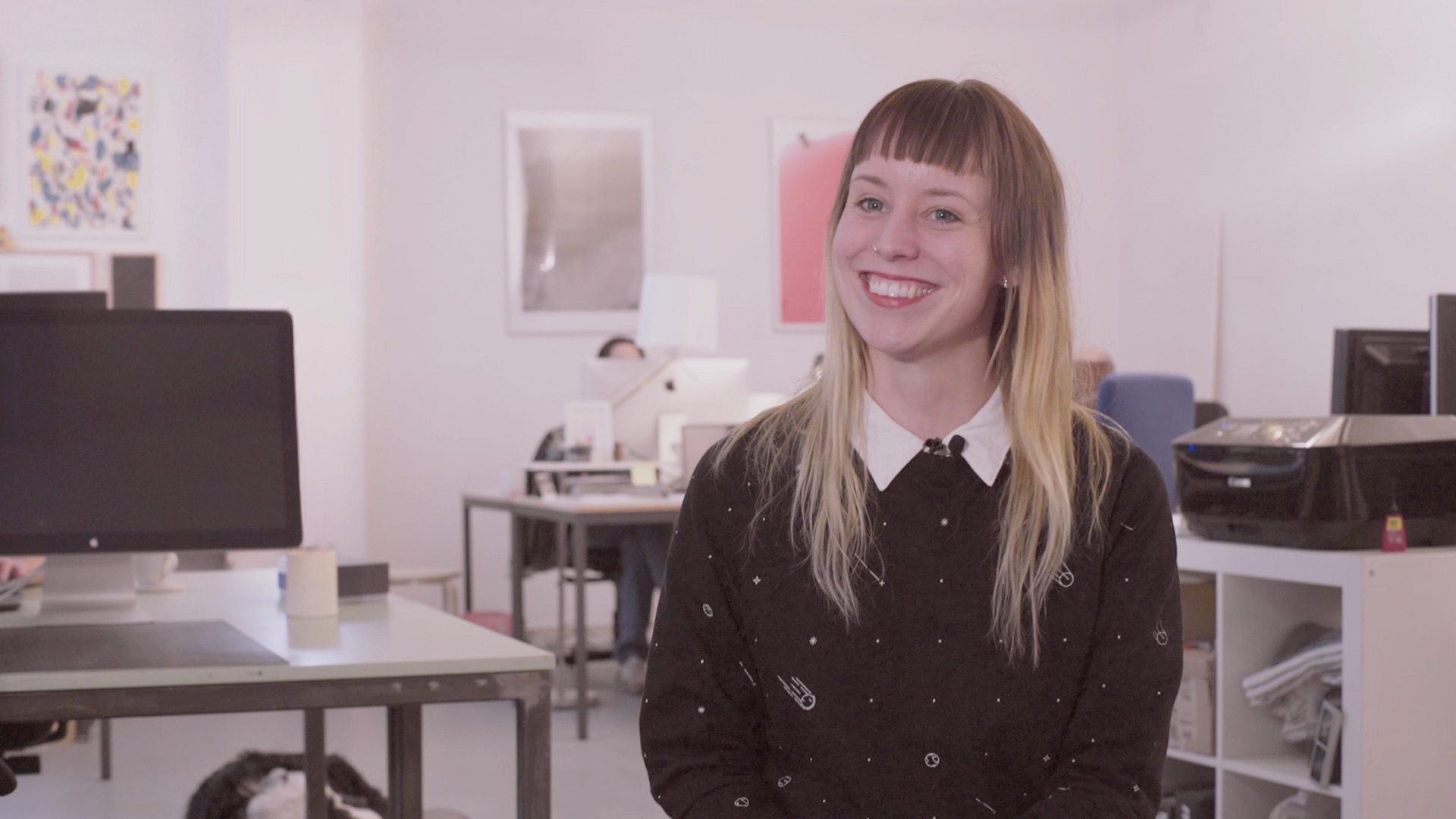
Mette Ilene HolmriisIllustratorin & Animatorin
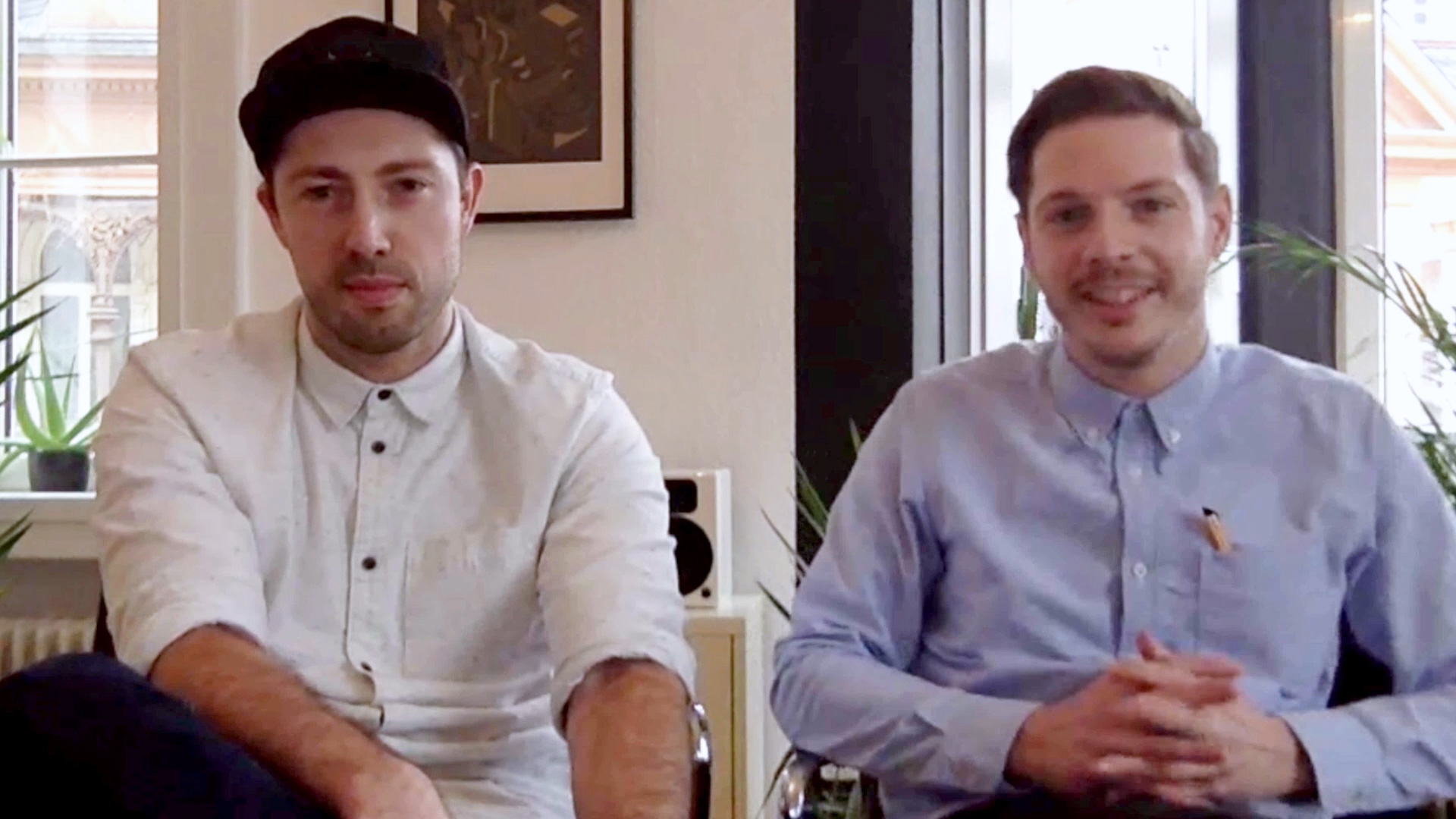
FOREALDesigner
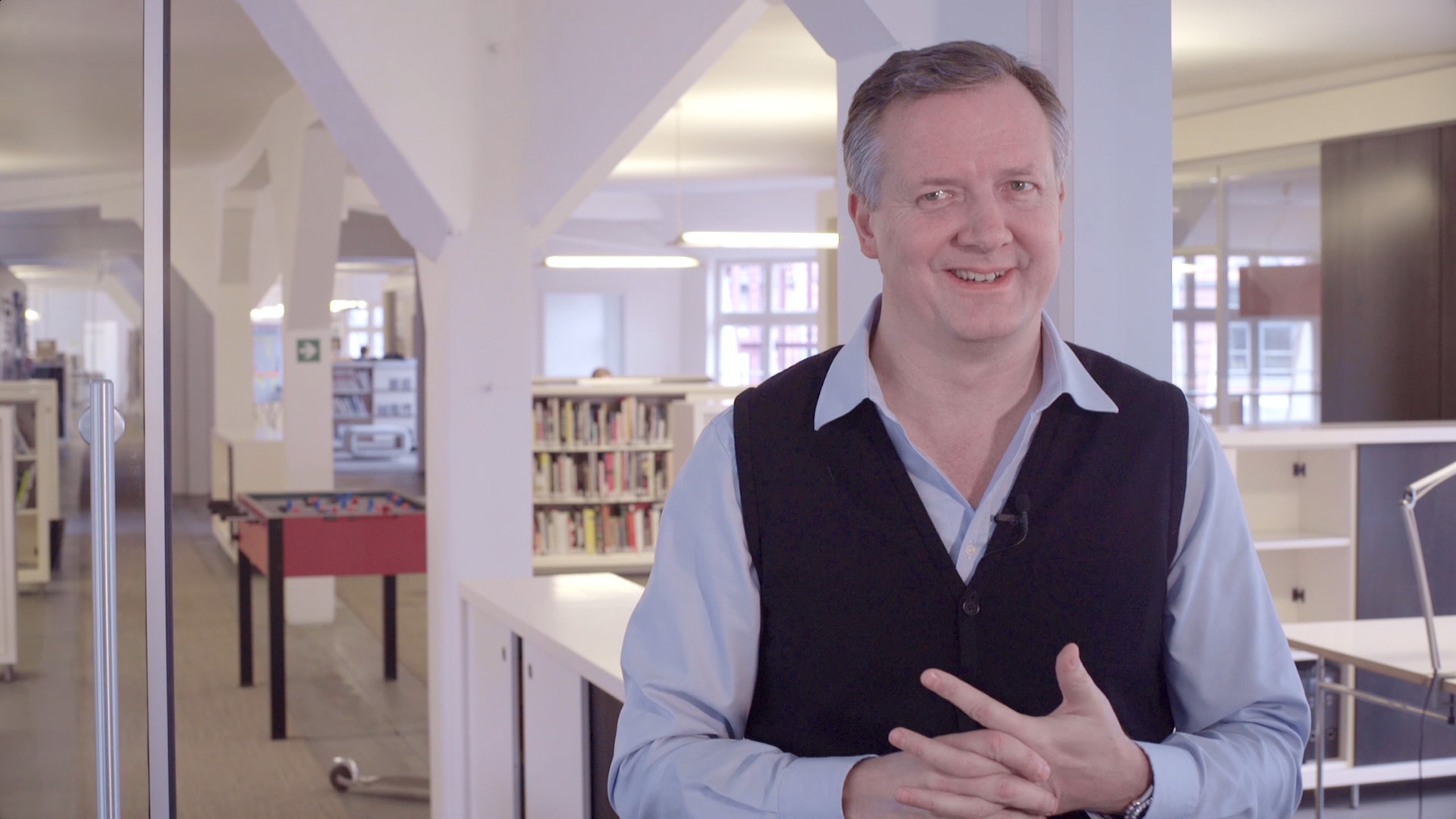
Tammo F. BrunsDesigner & Geschäftsführer
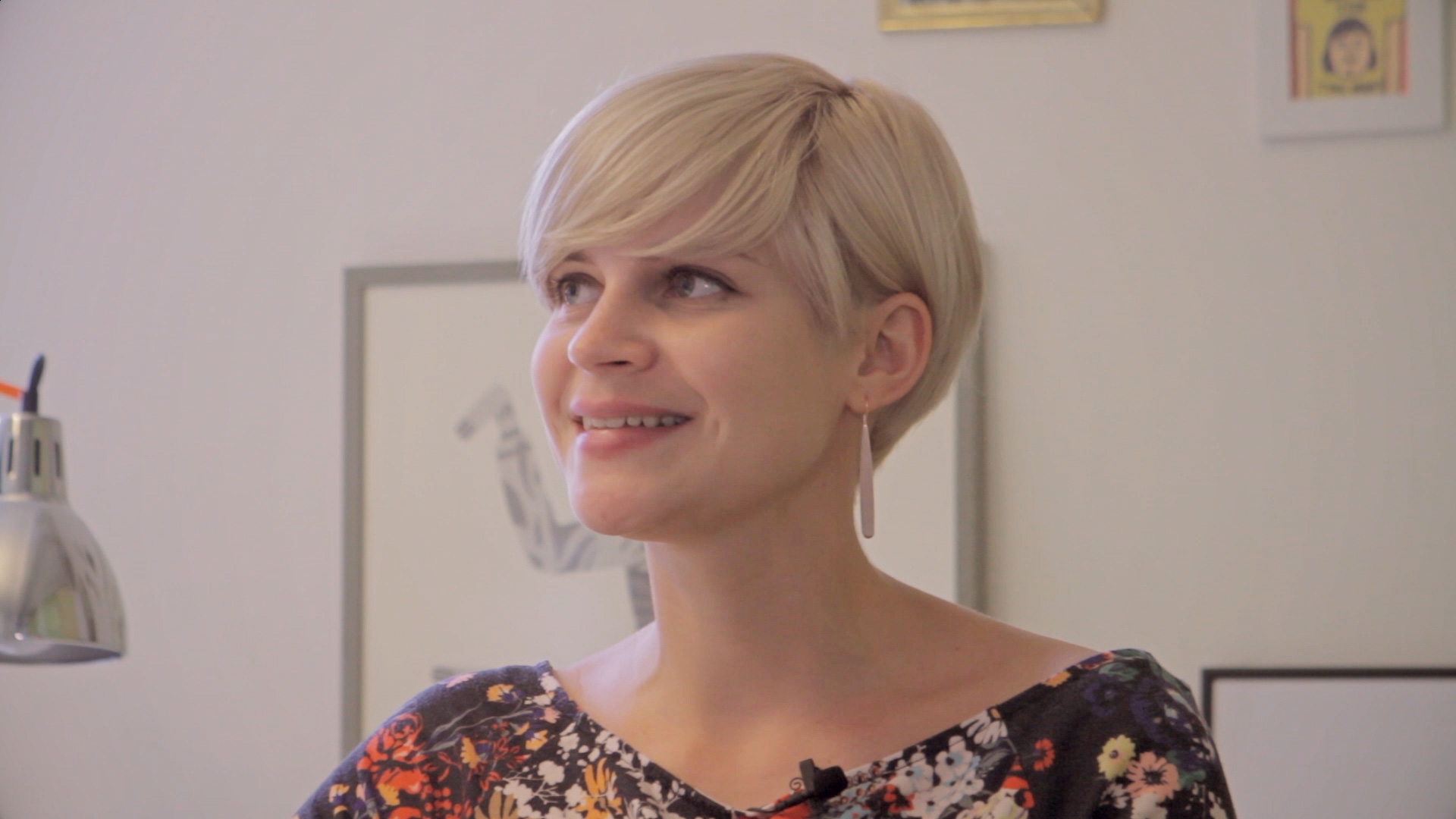
Susann Stötzner2D-Animatorin
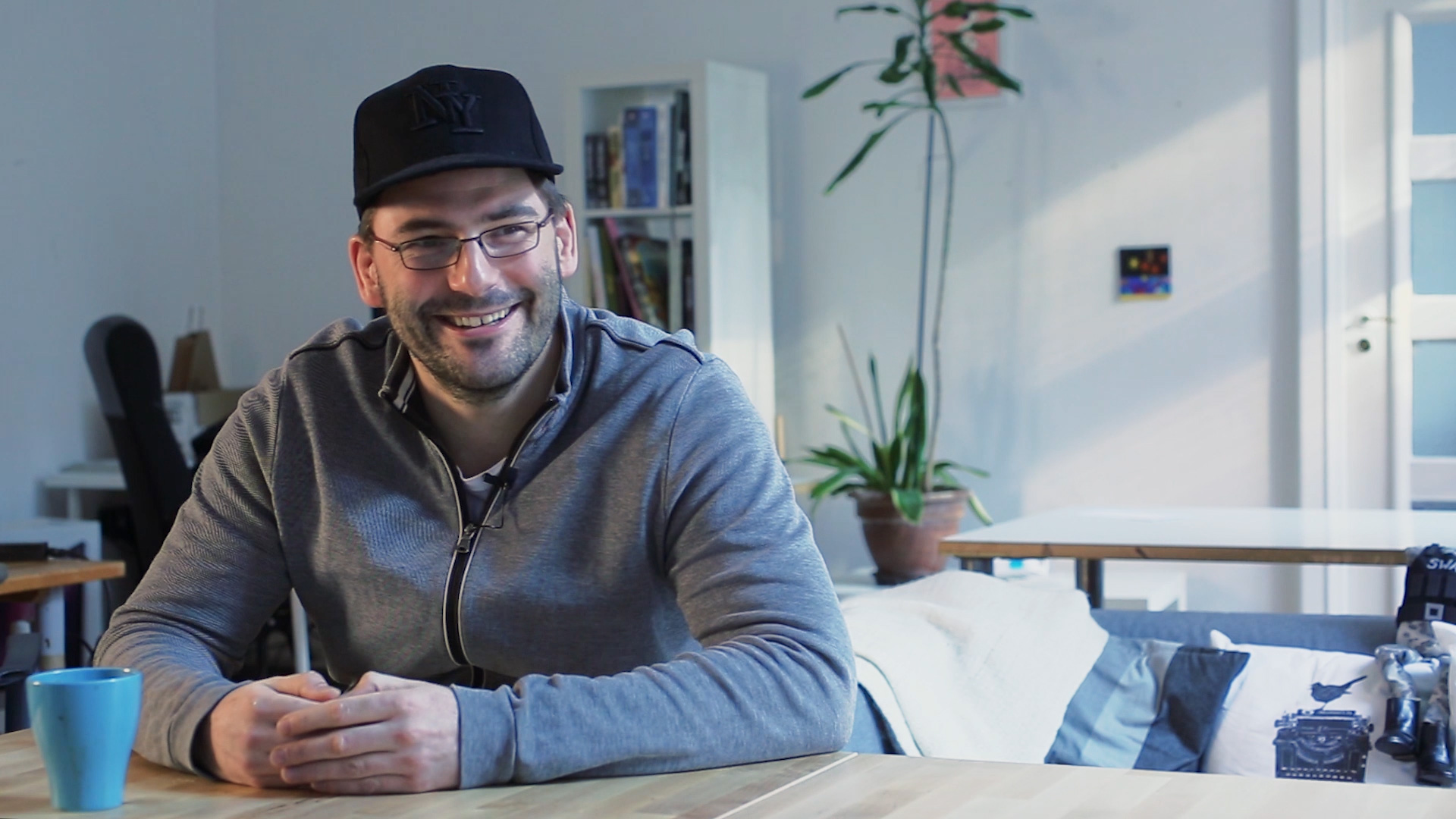
Alexander GellnerZeichner & Filmemacher
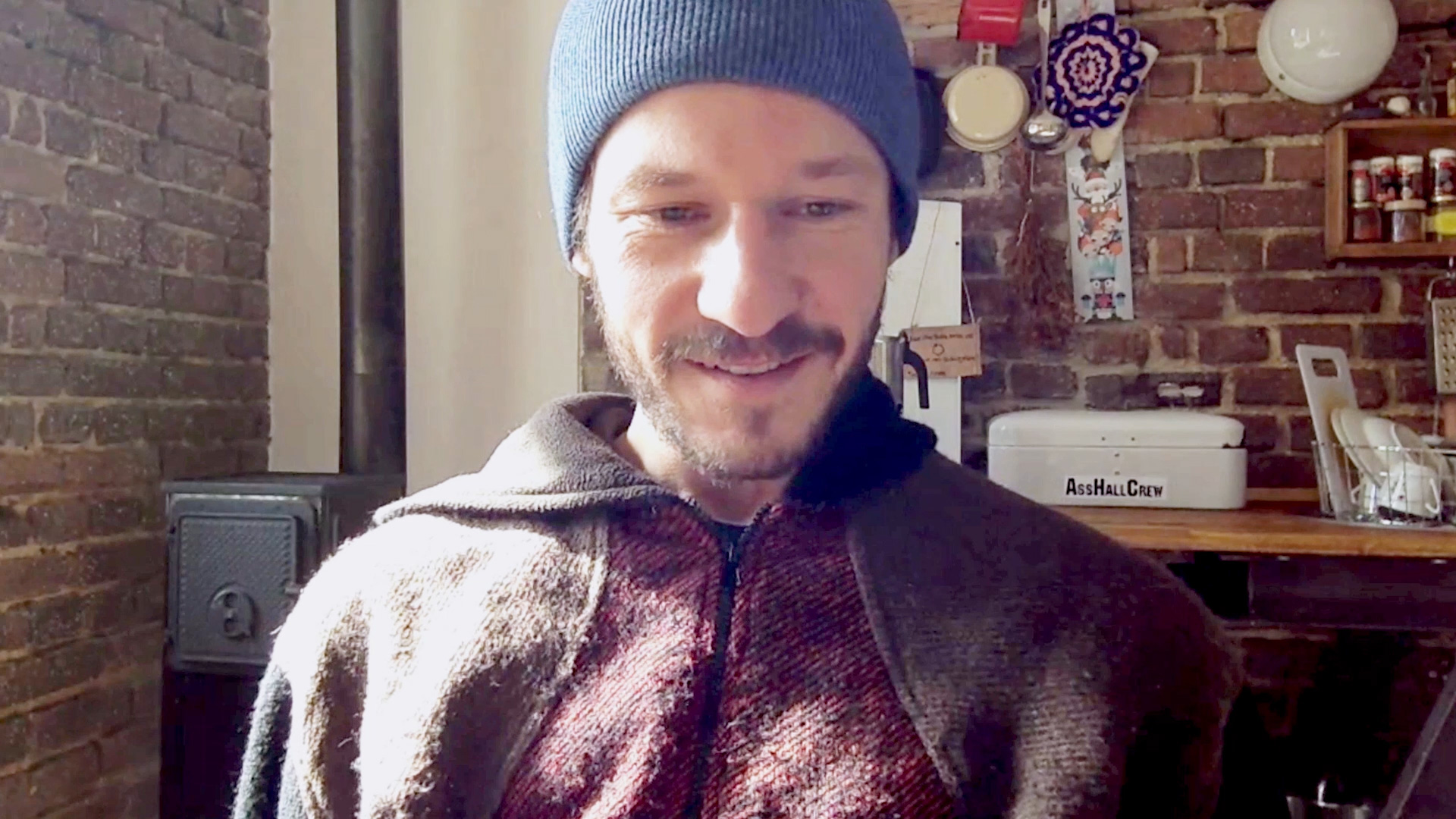
René EckertFilmemacher & Fotograf
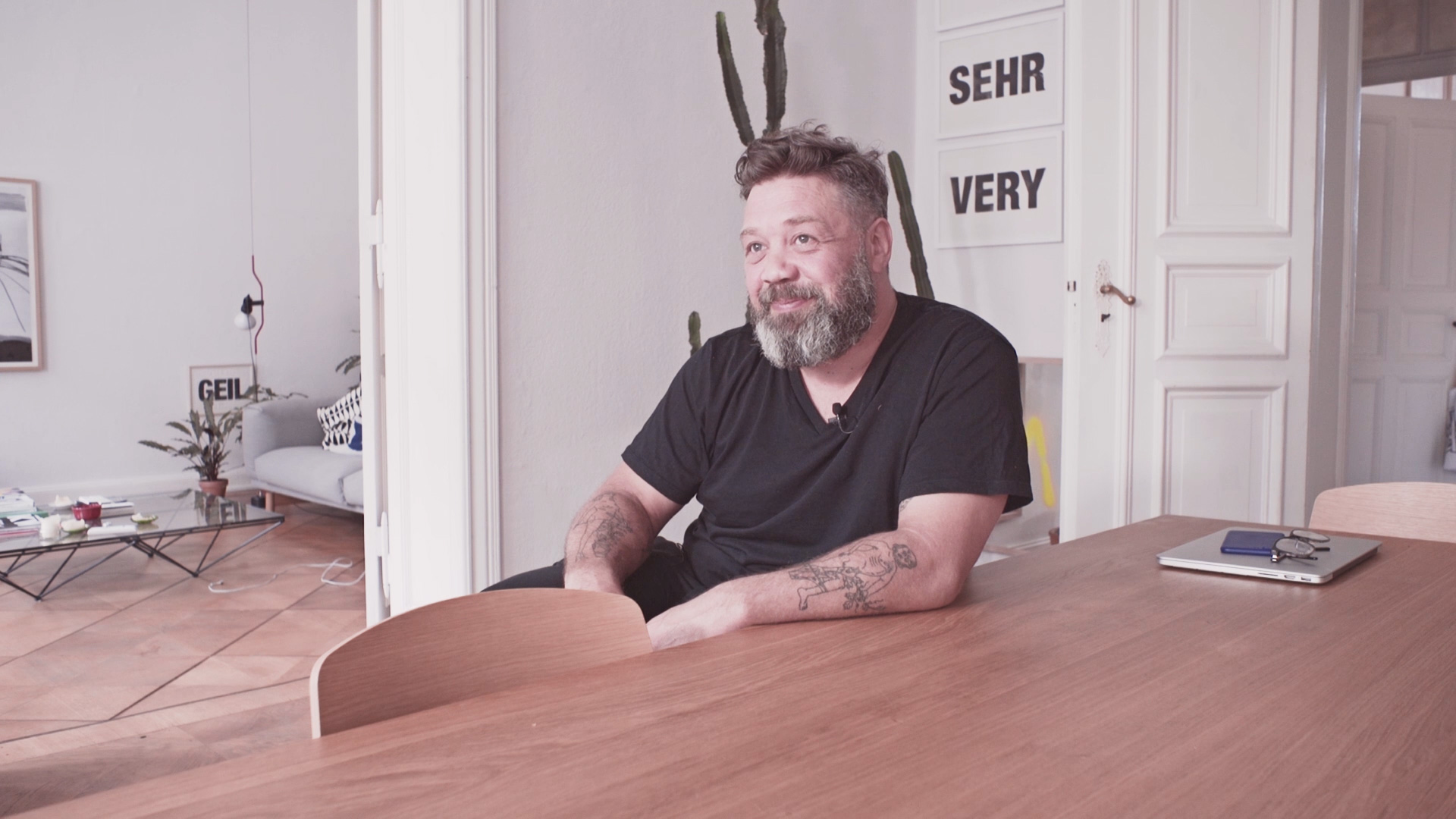
Eike KönigGestalter
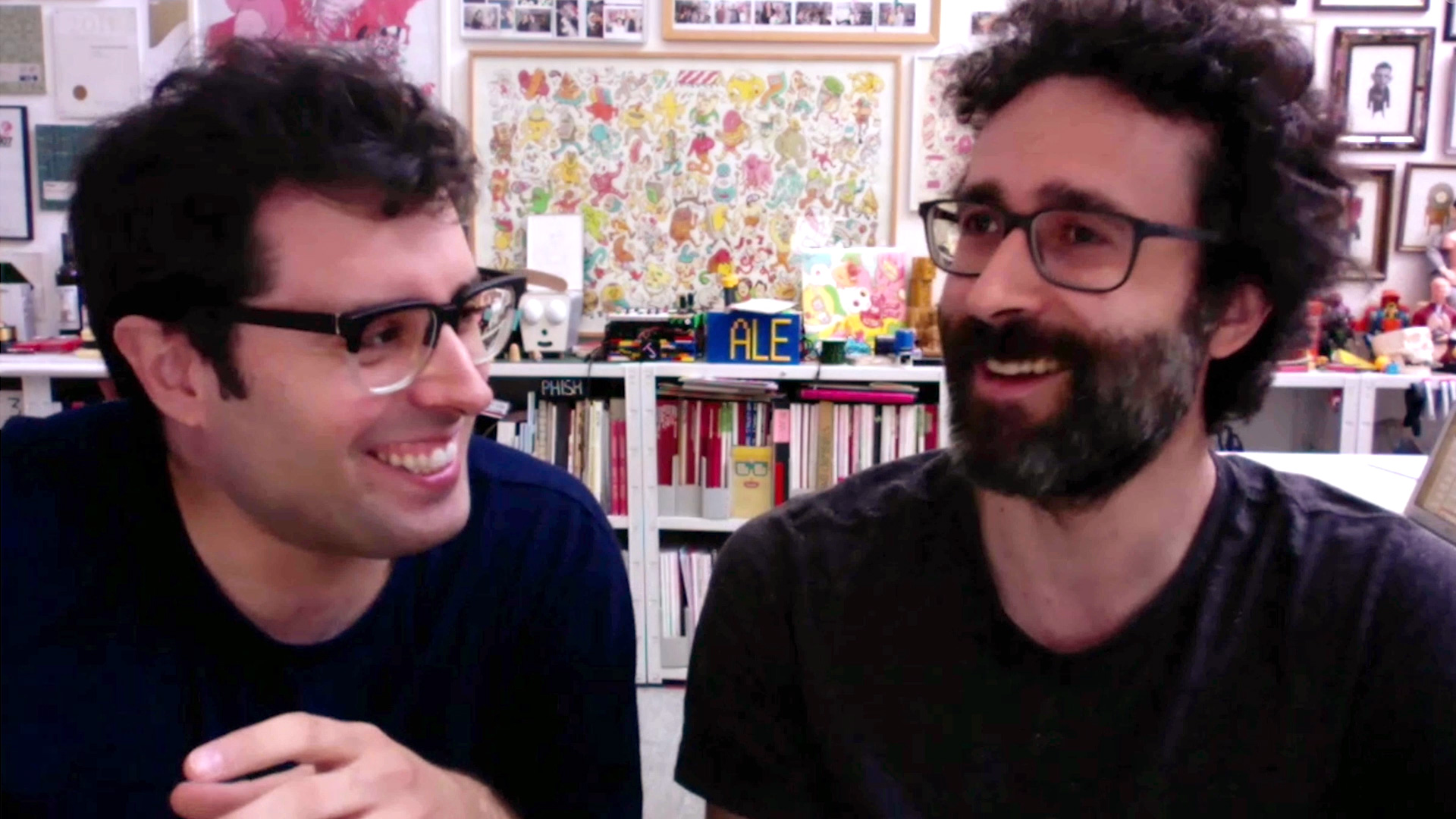
BrosmindIllustratoren & Künstler
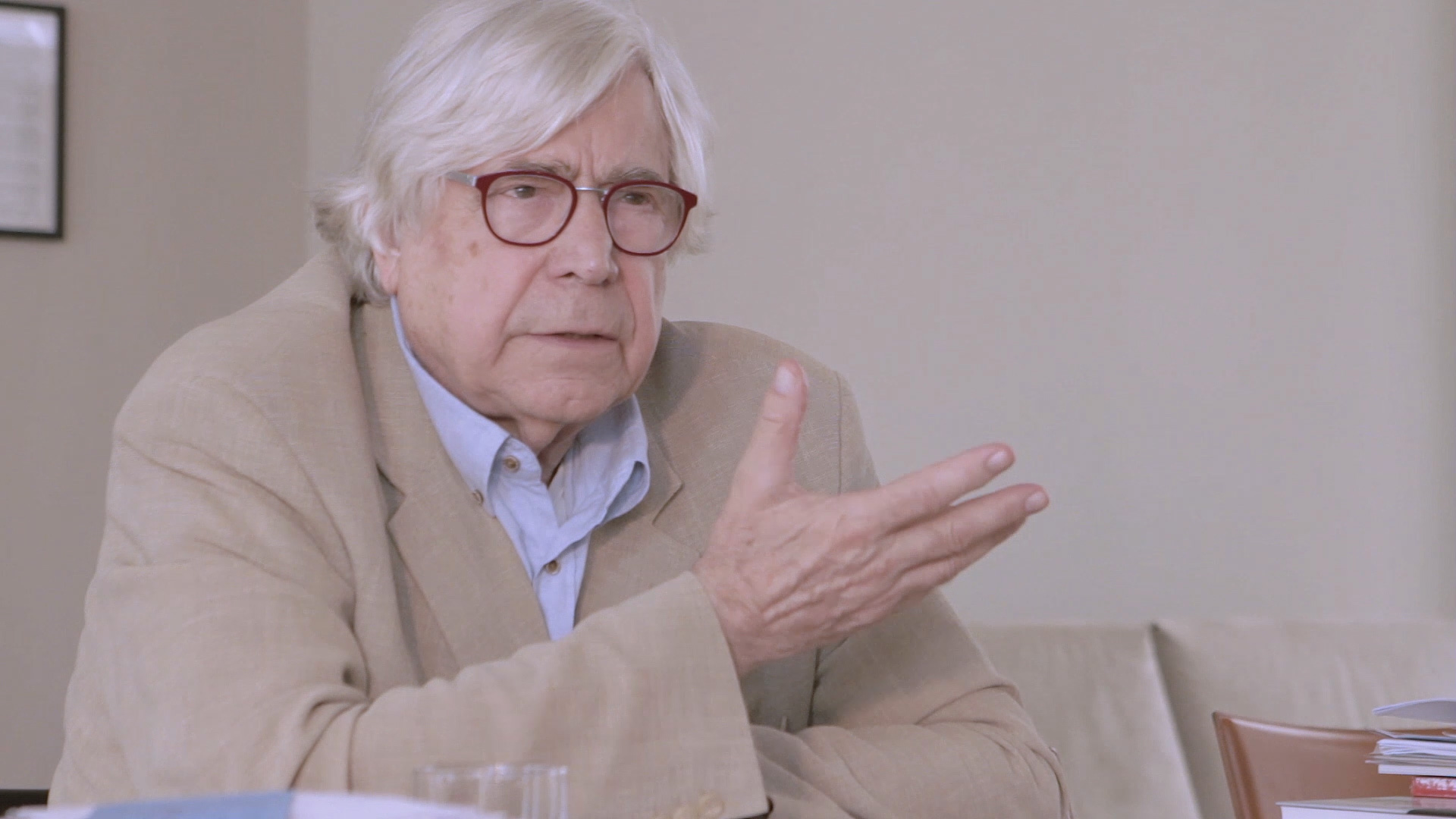
Bazon BrockKünstler & Kulturkritiker
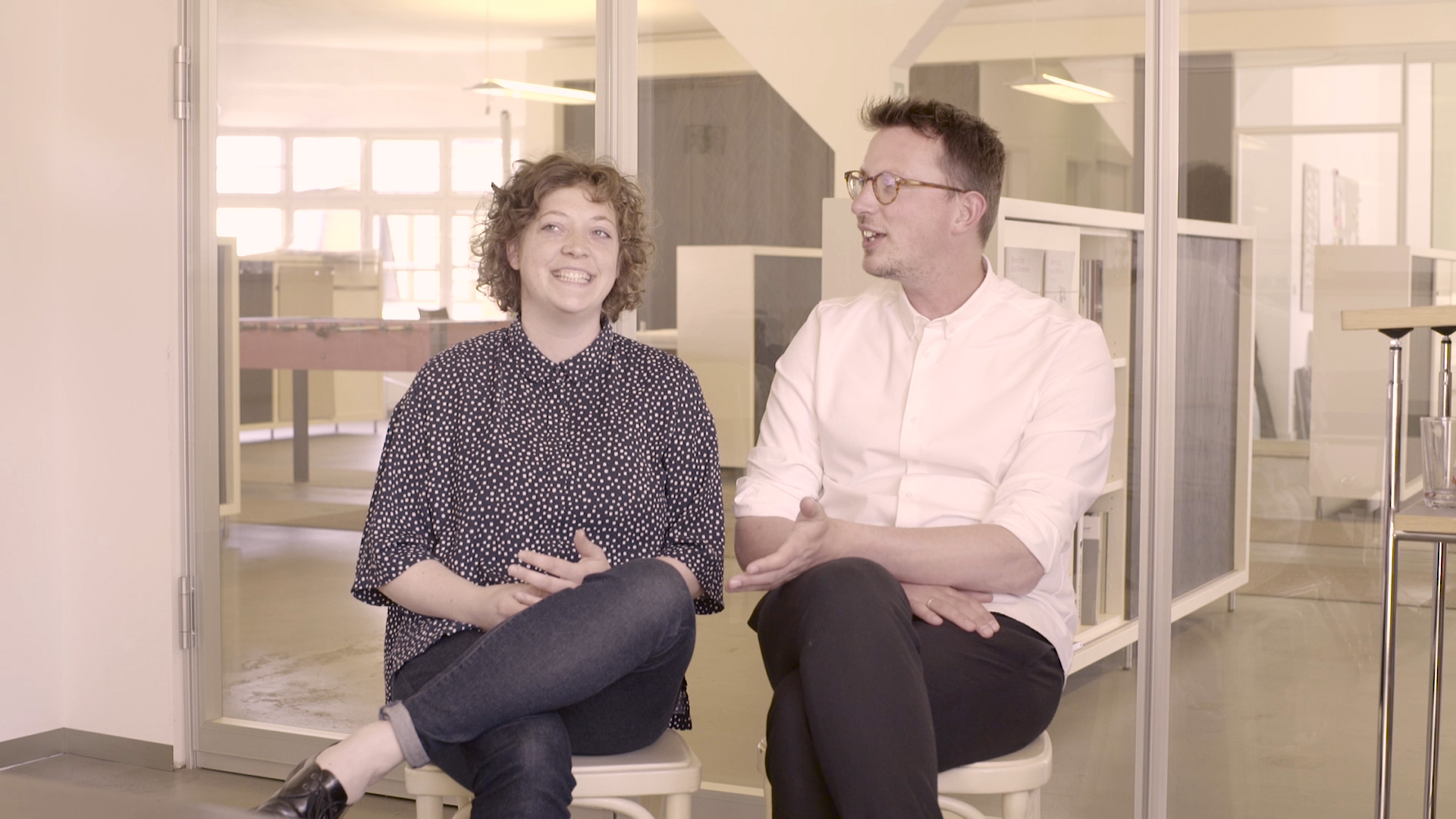
From FormDesigner & Filmmacher
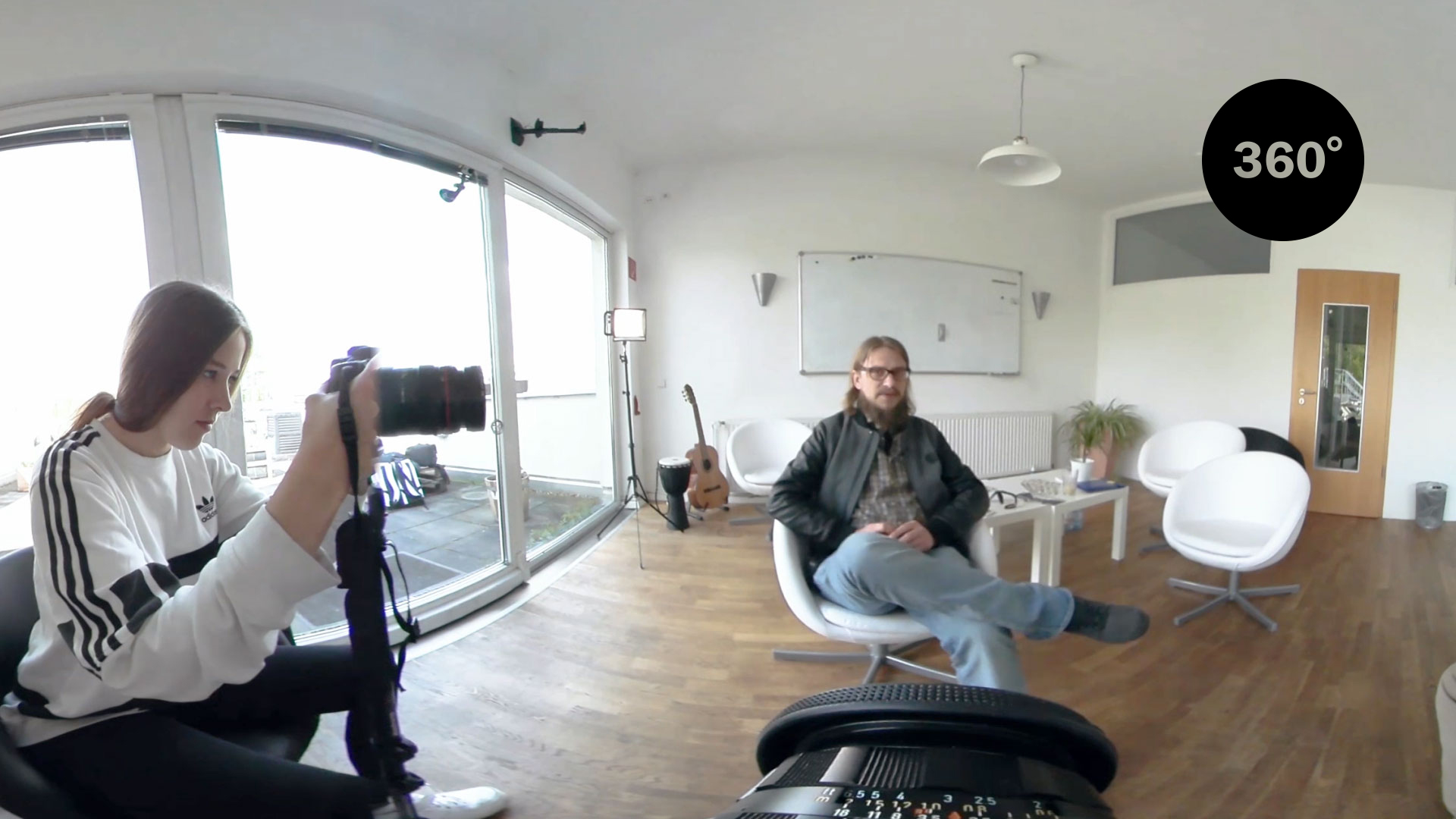
Sönke KirchhoffFilmemacher
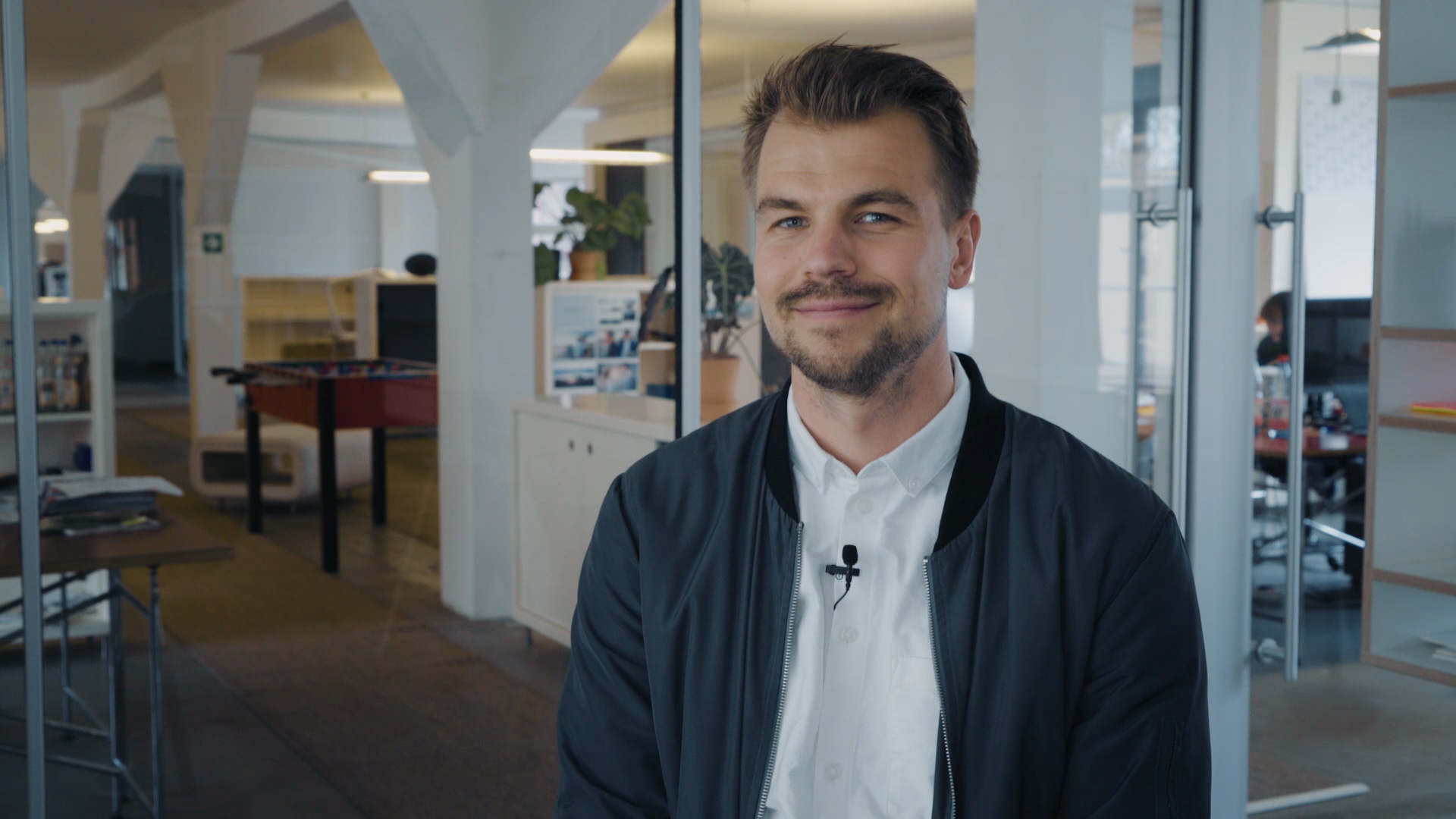
Holger JungnickelKameramann
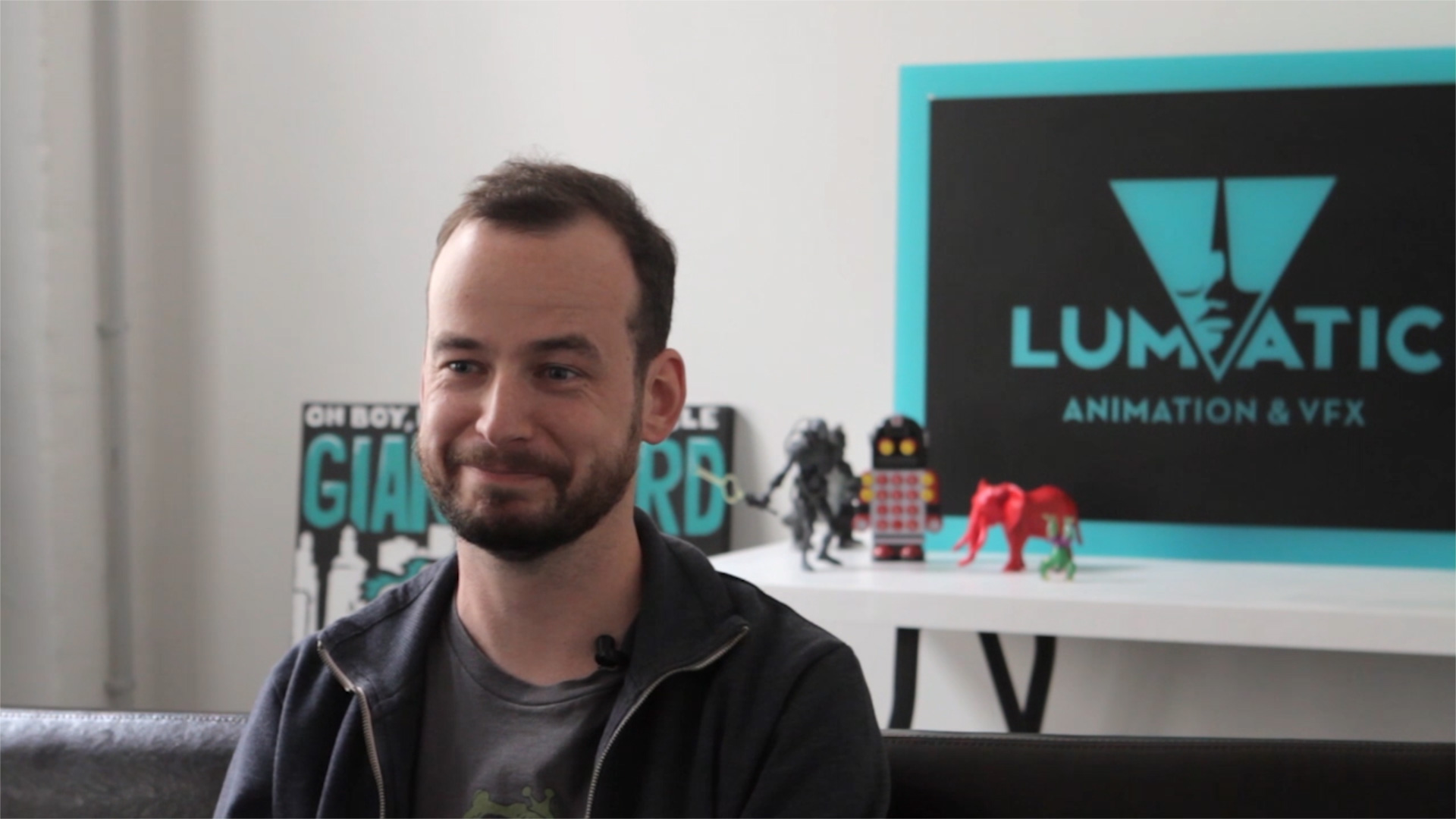
Lars KrügerAnimator & Co-Founder Lumatic
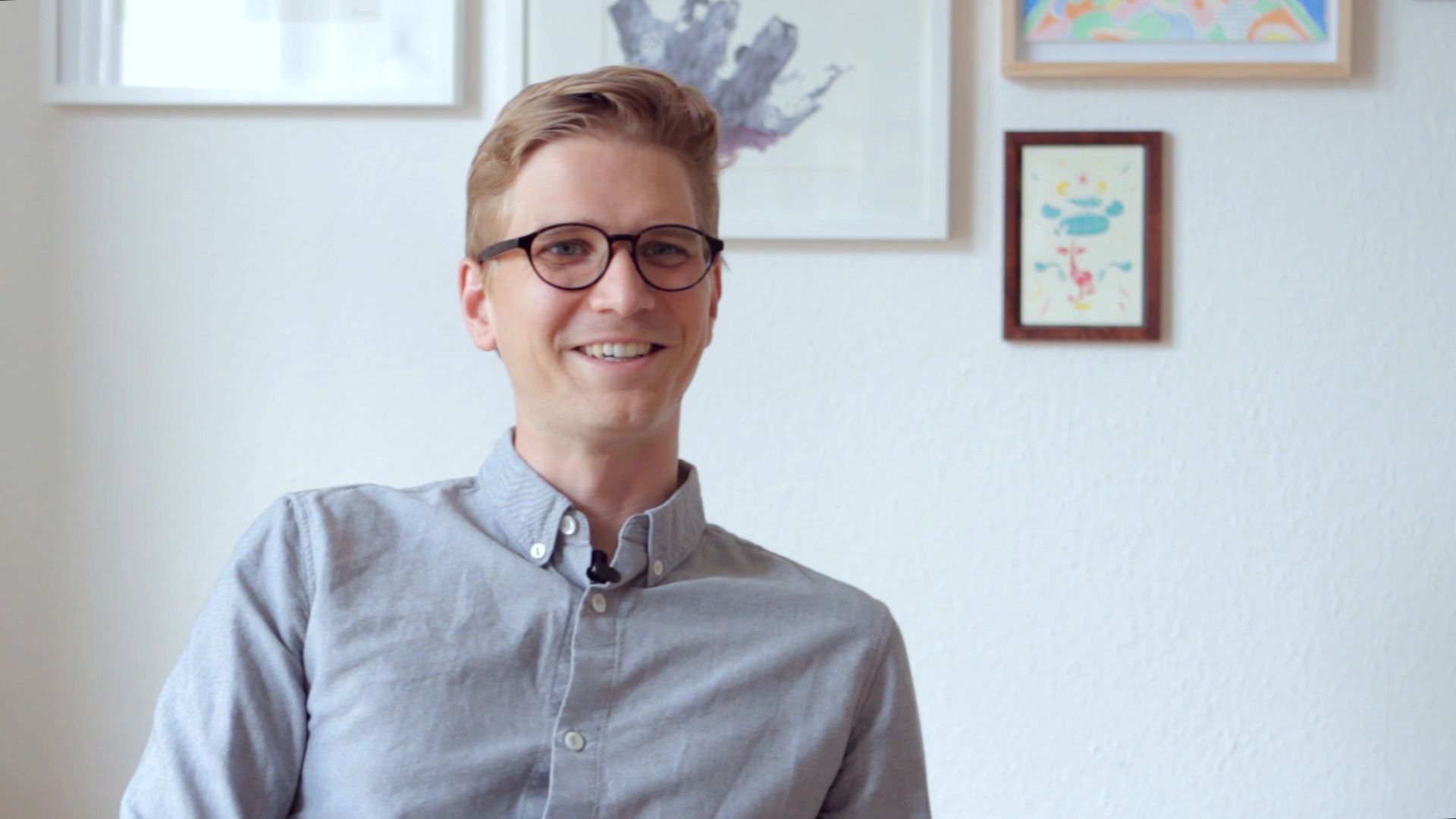
Conrad OstwaldAnimator & Compositor
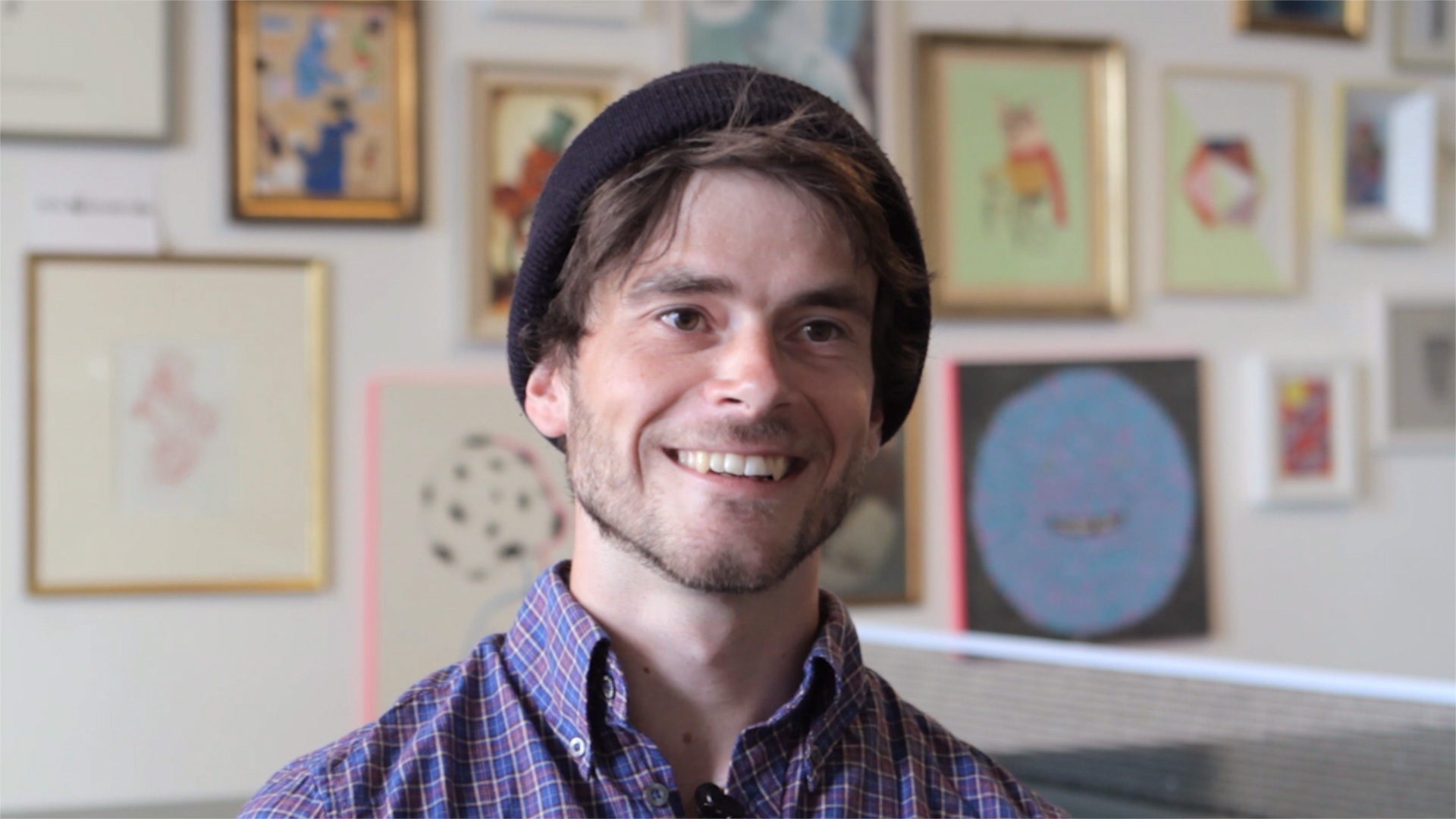
Kristian BarthenFotograf
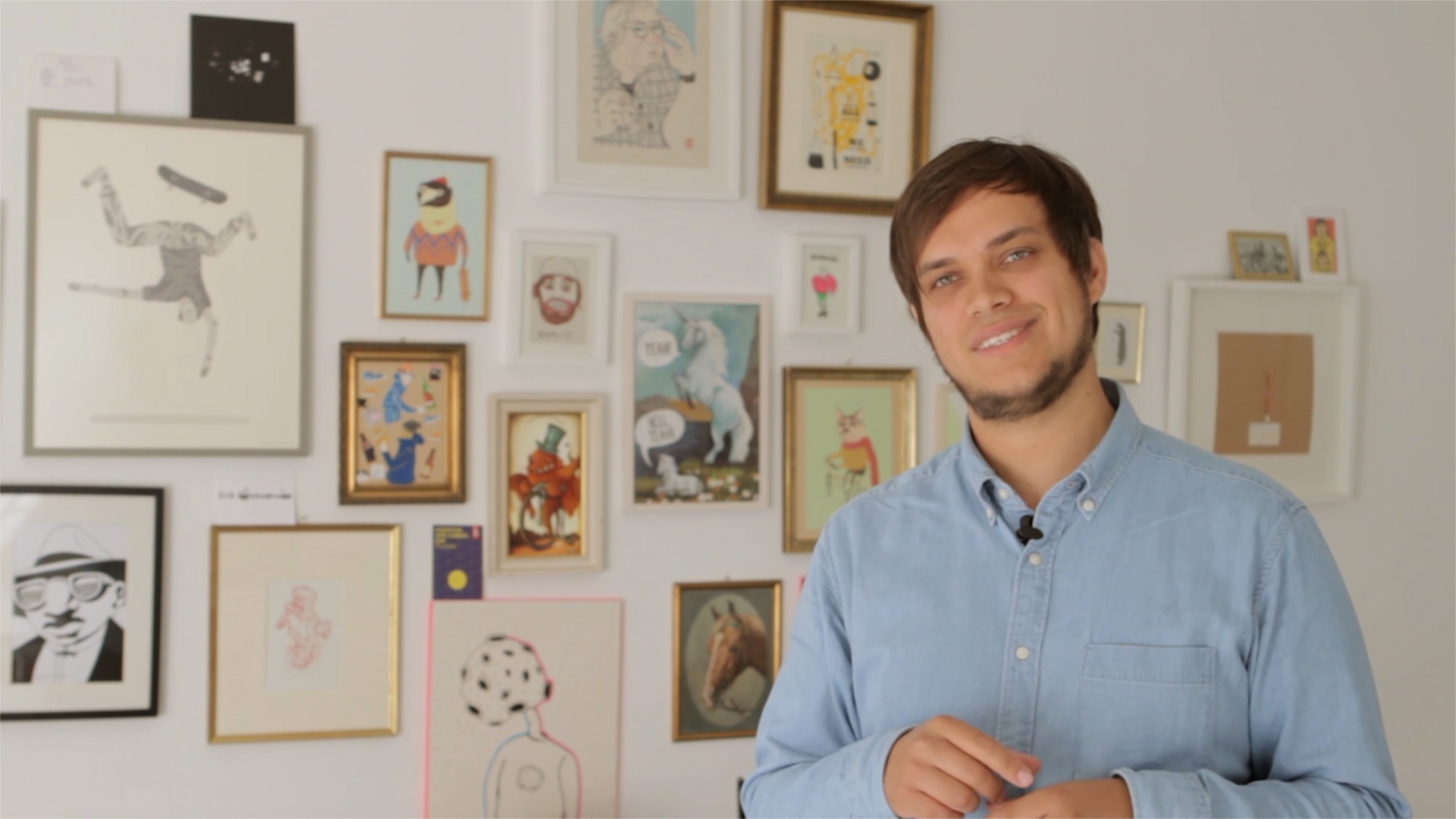
Mario GorniokArt Director, Motion Designer & Founder KEENLY
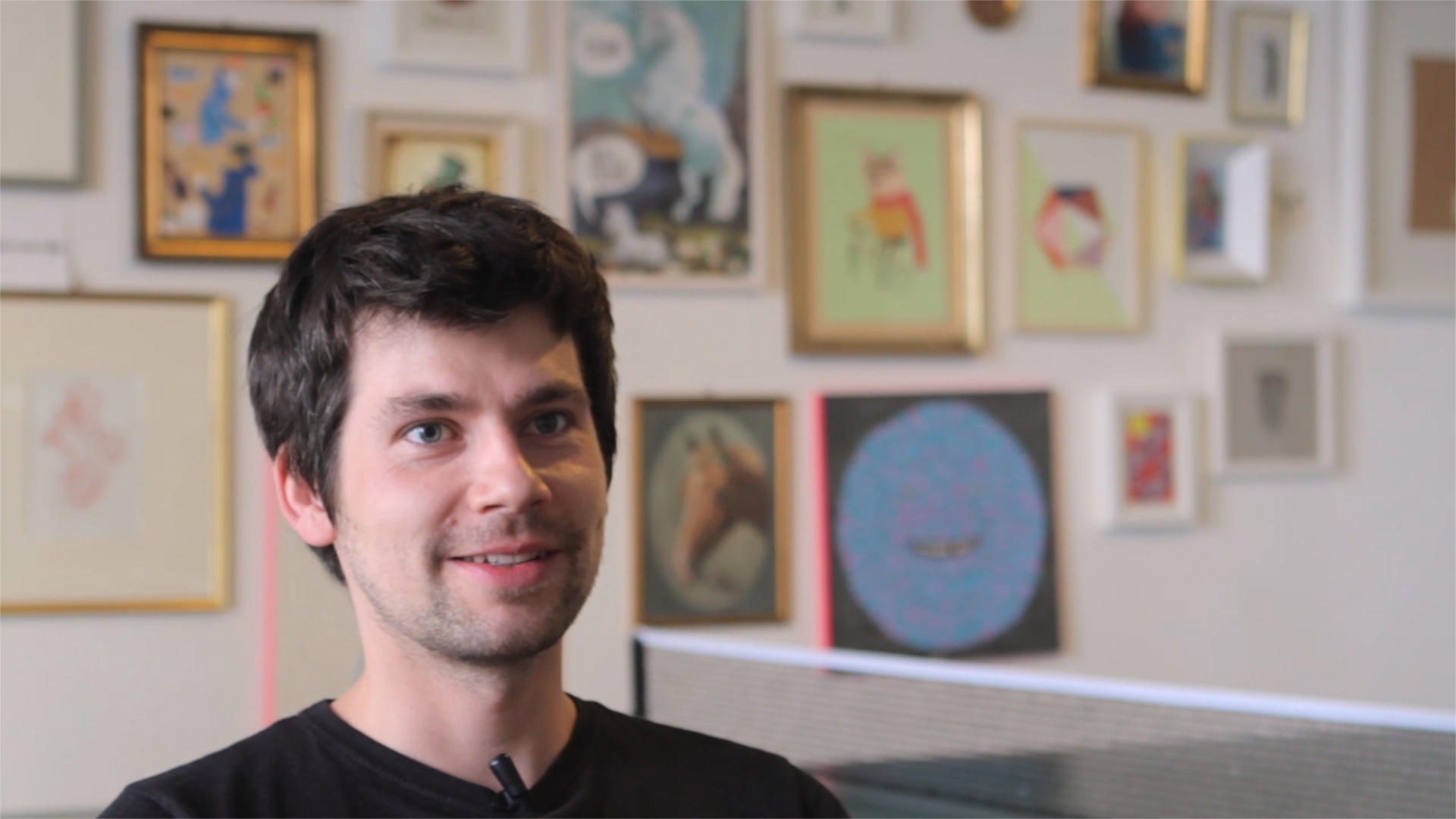
Robert LöbelIllustrator & Animator